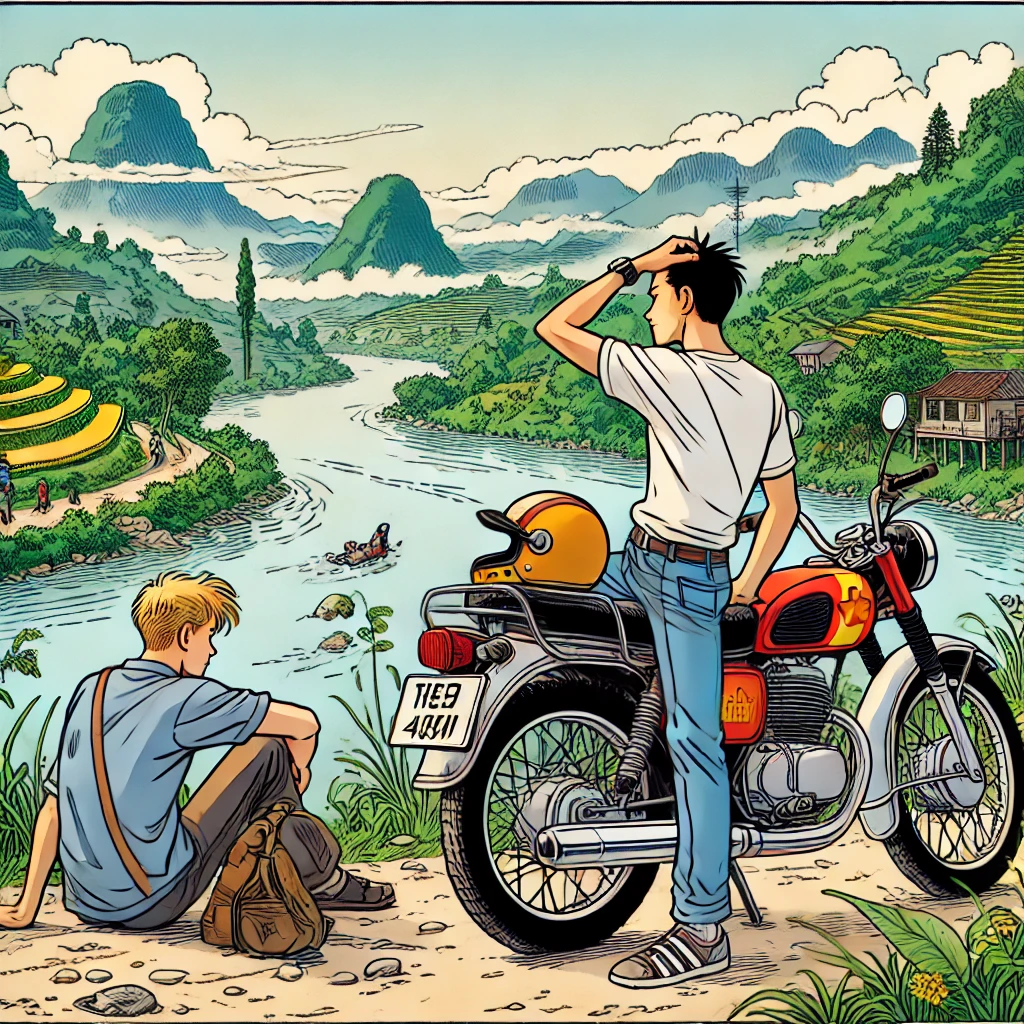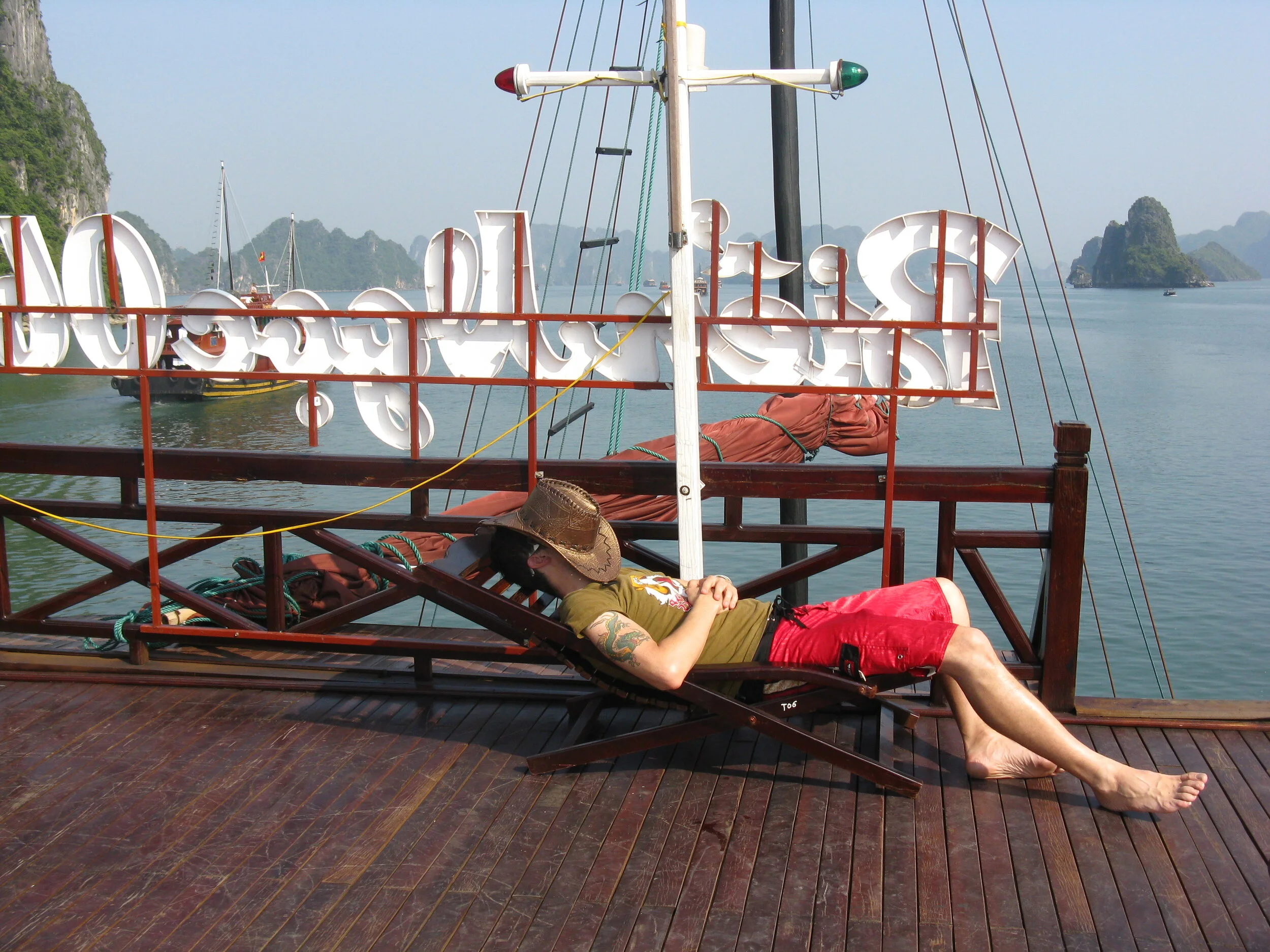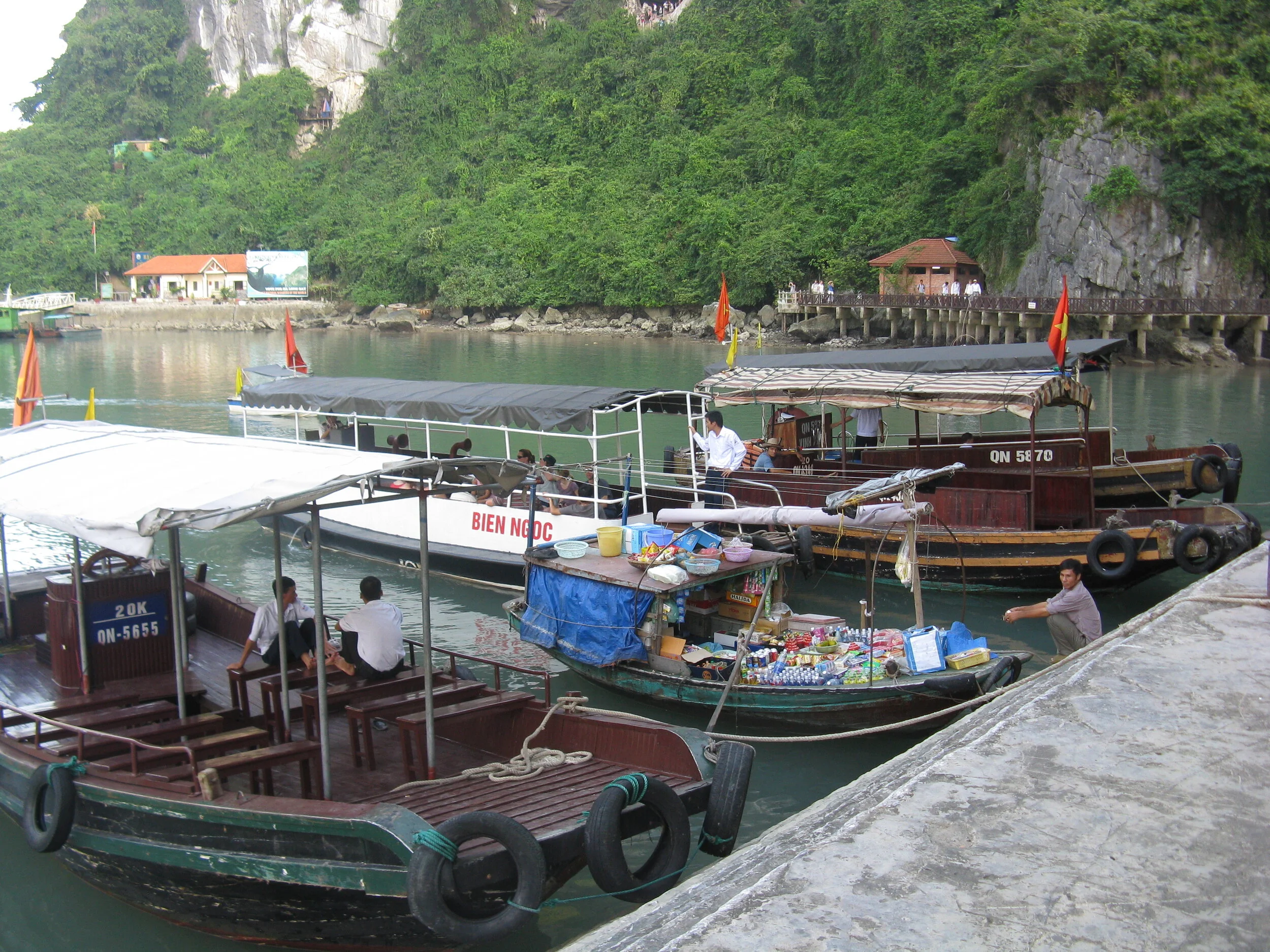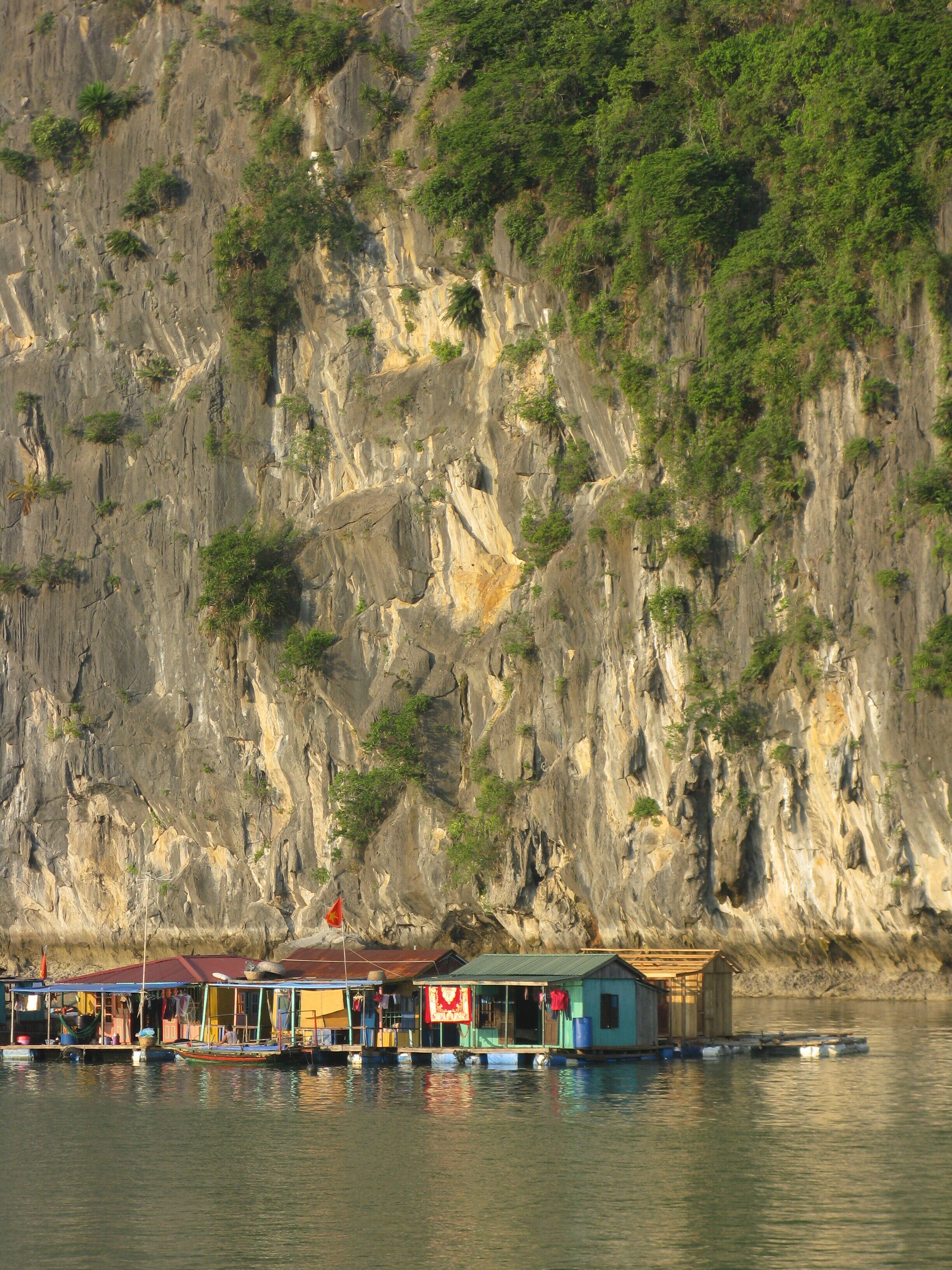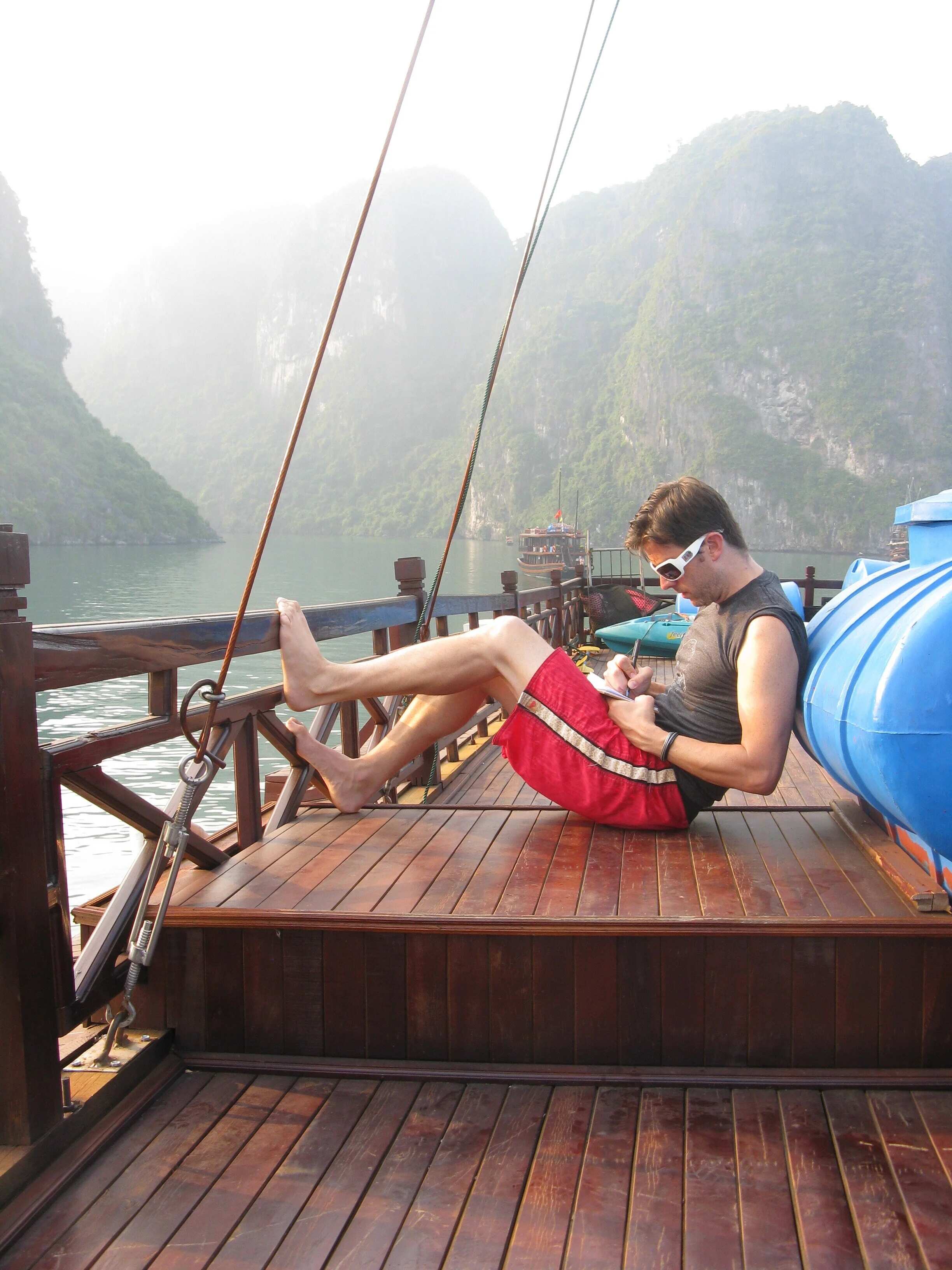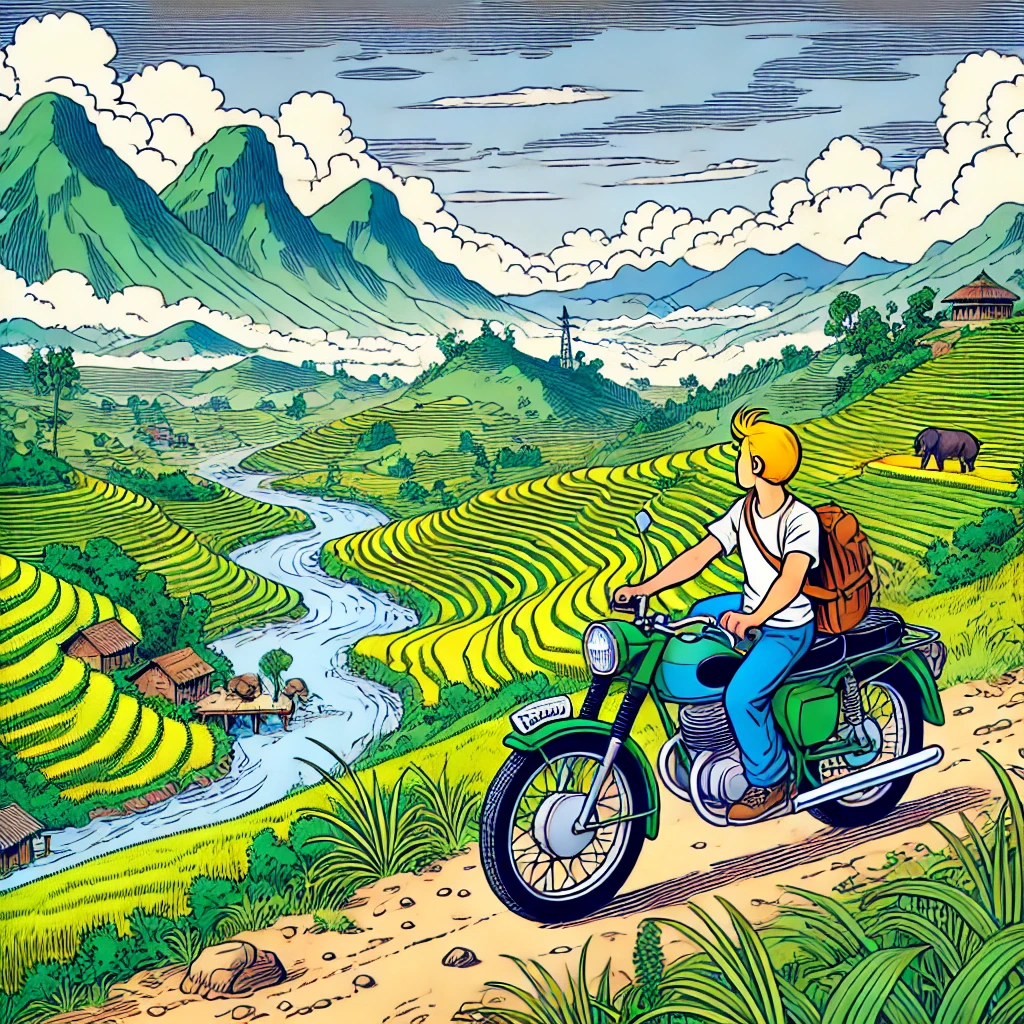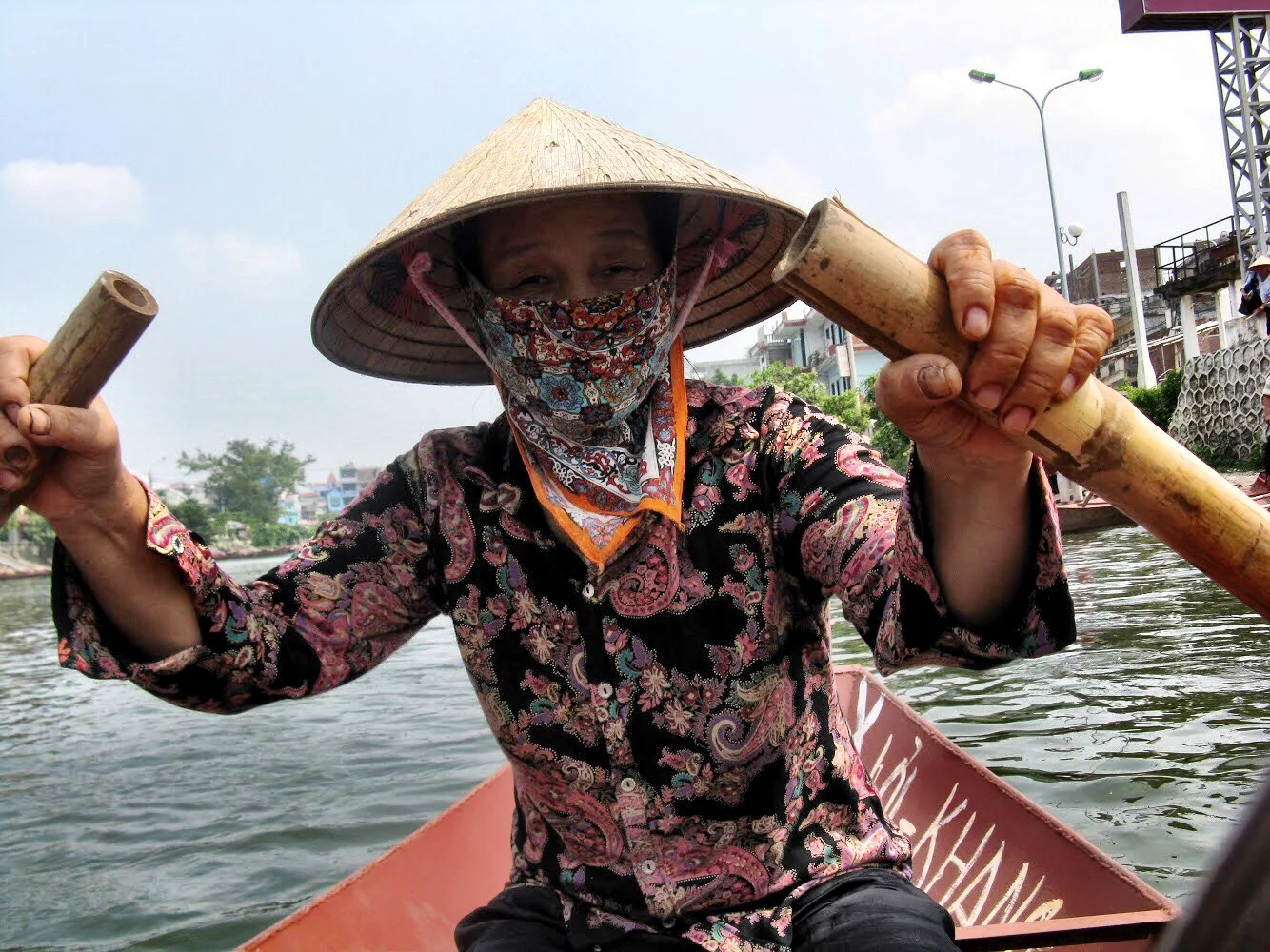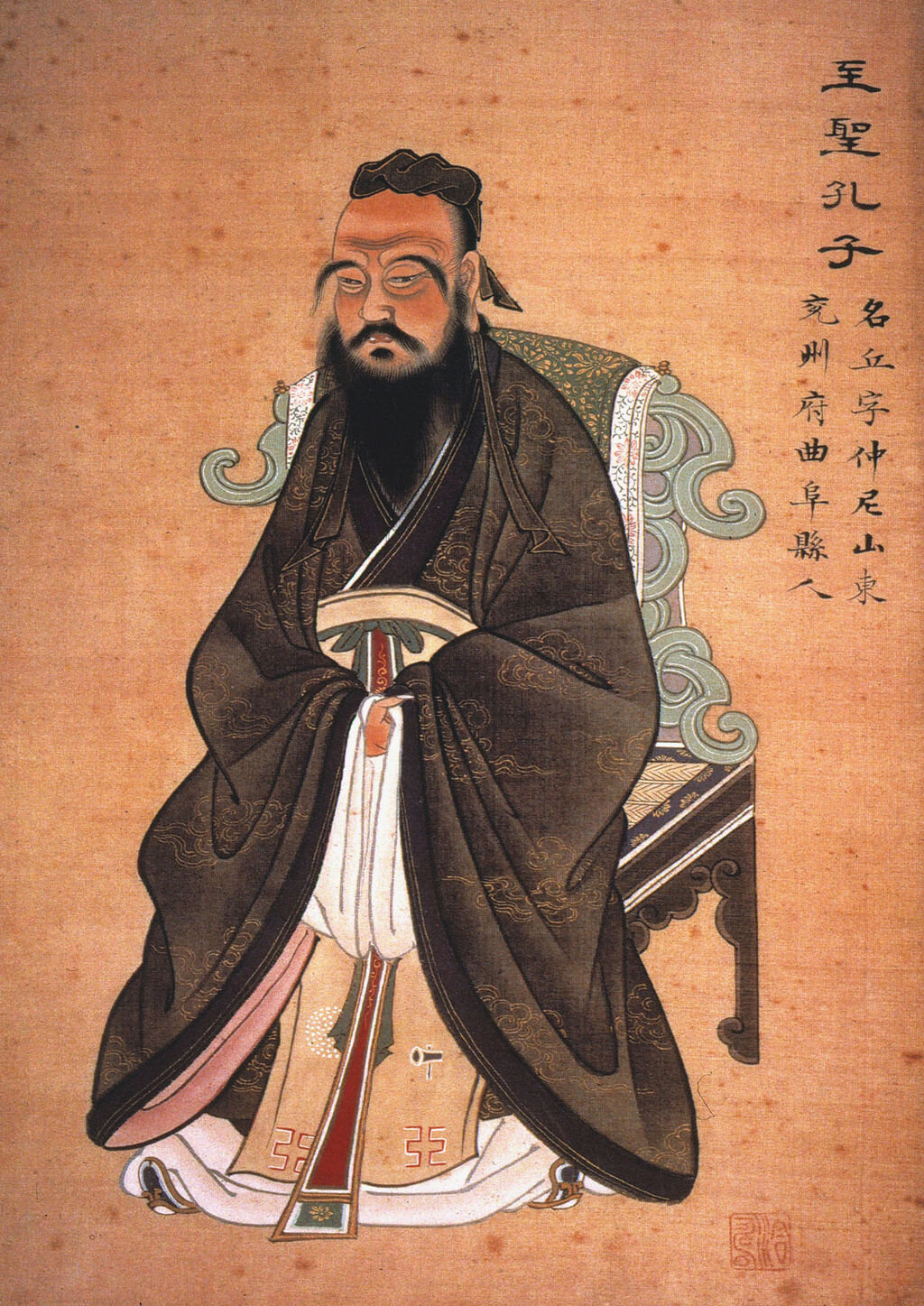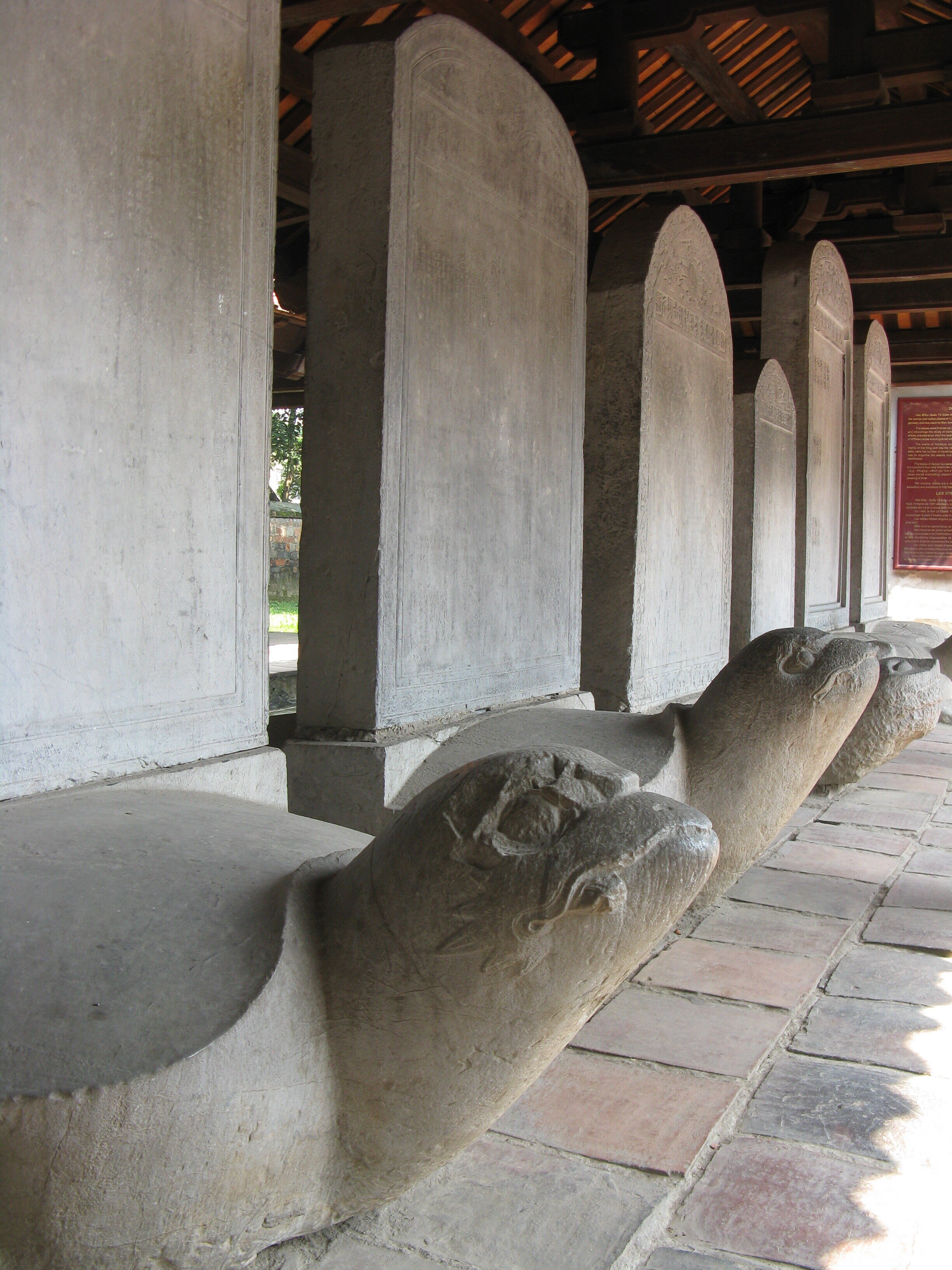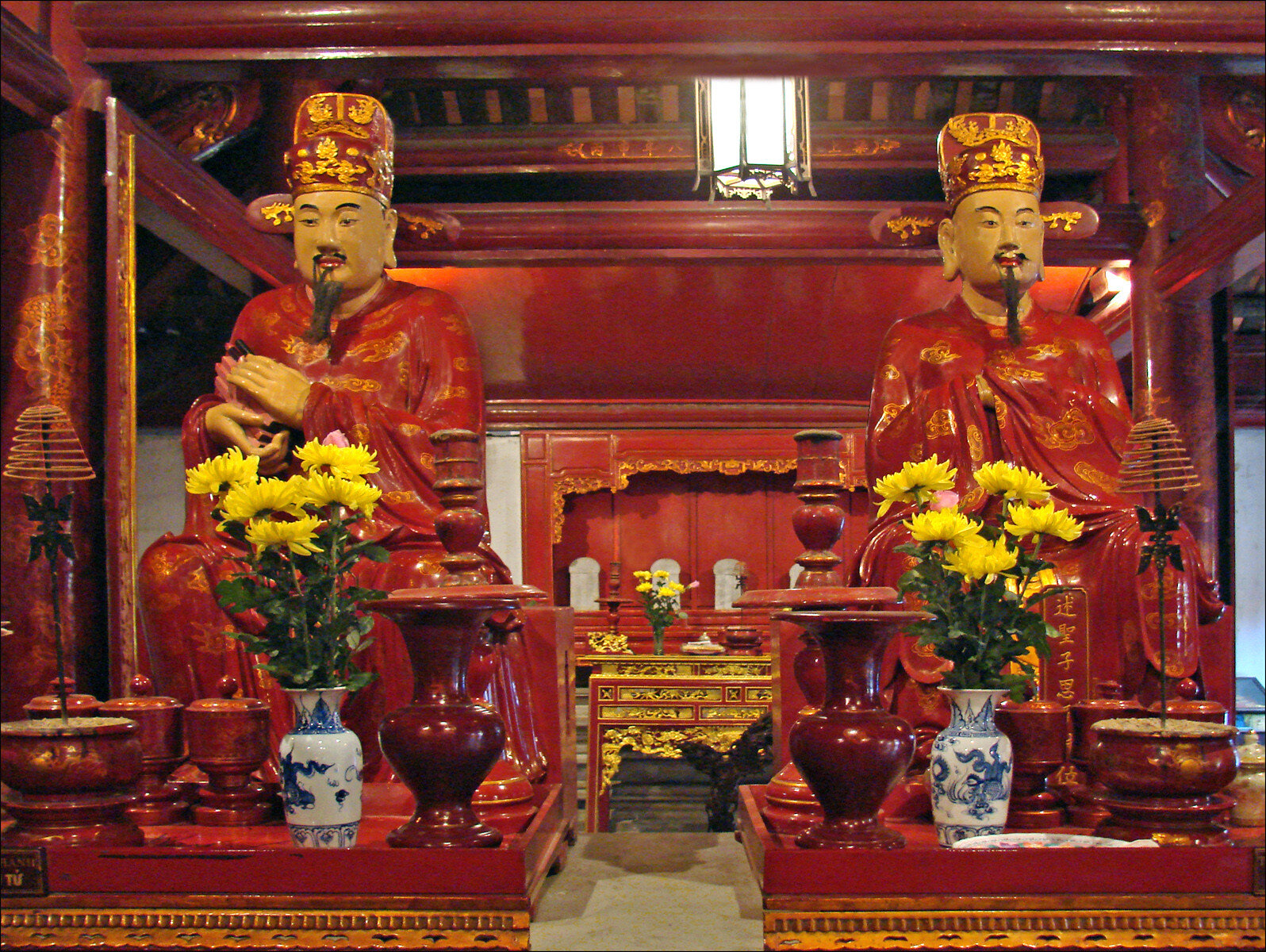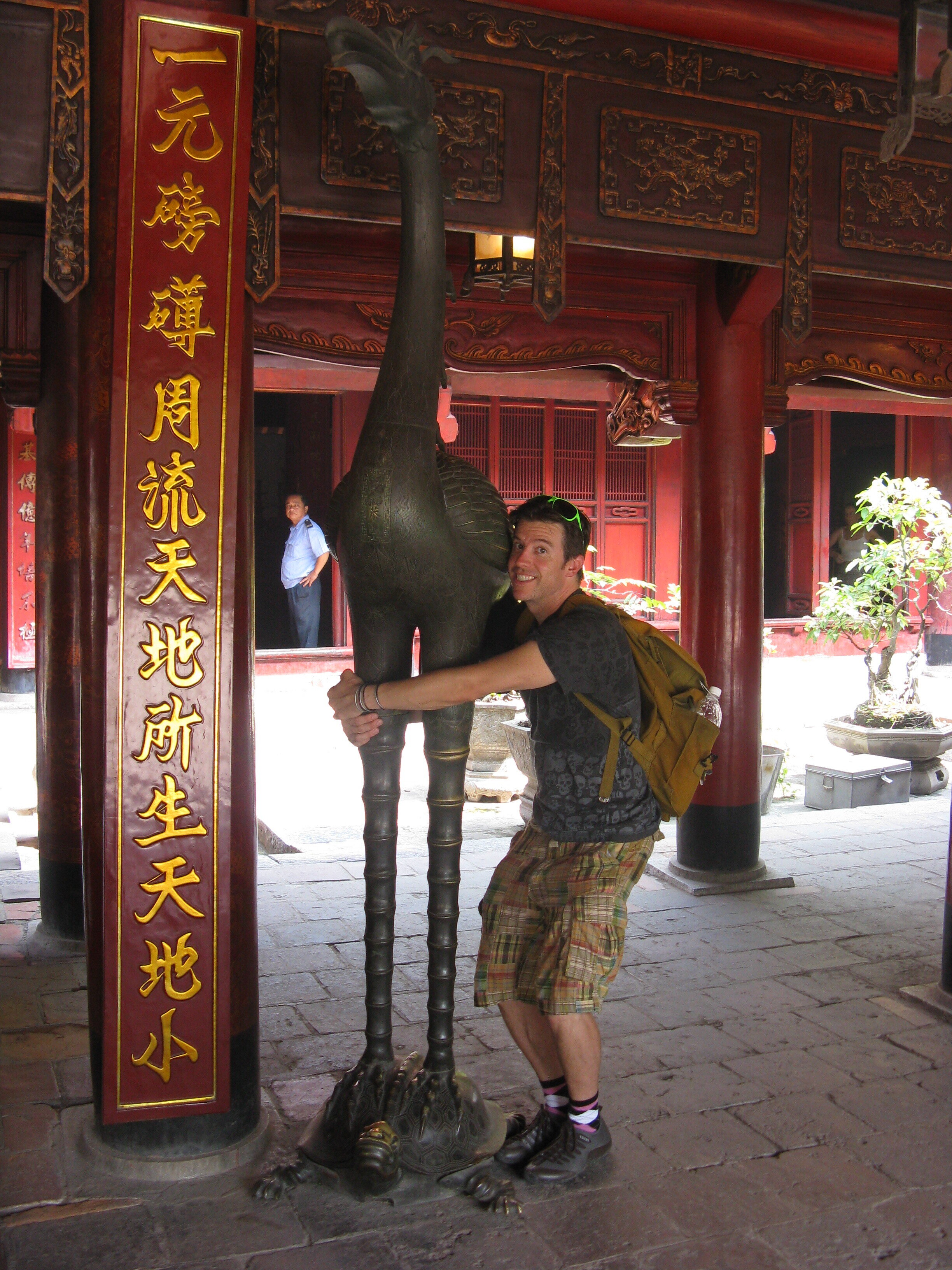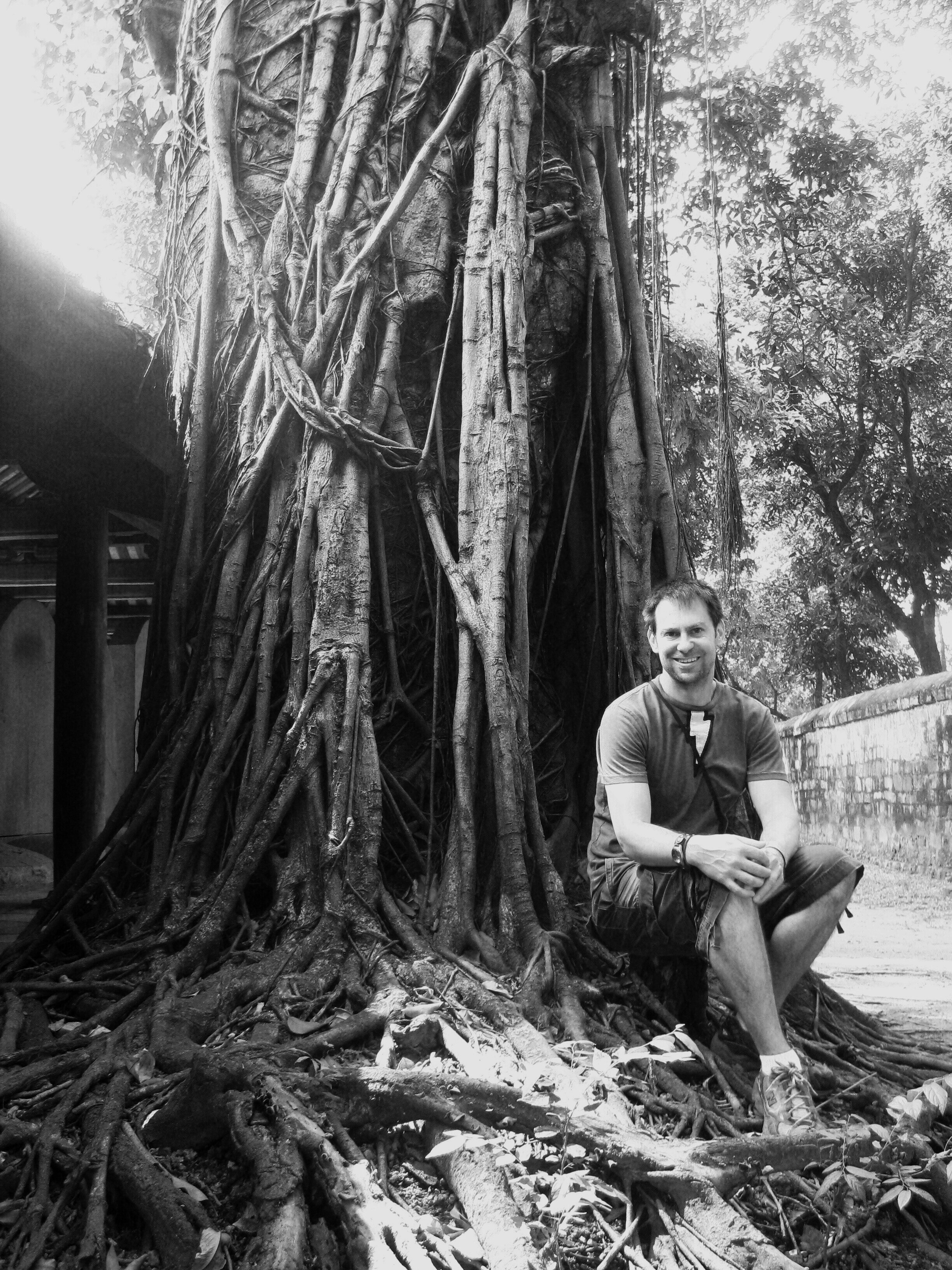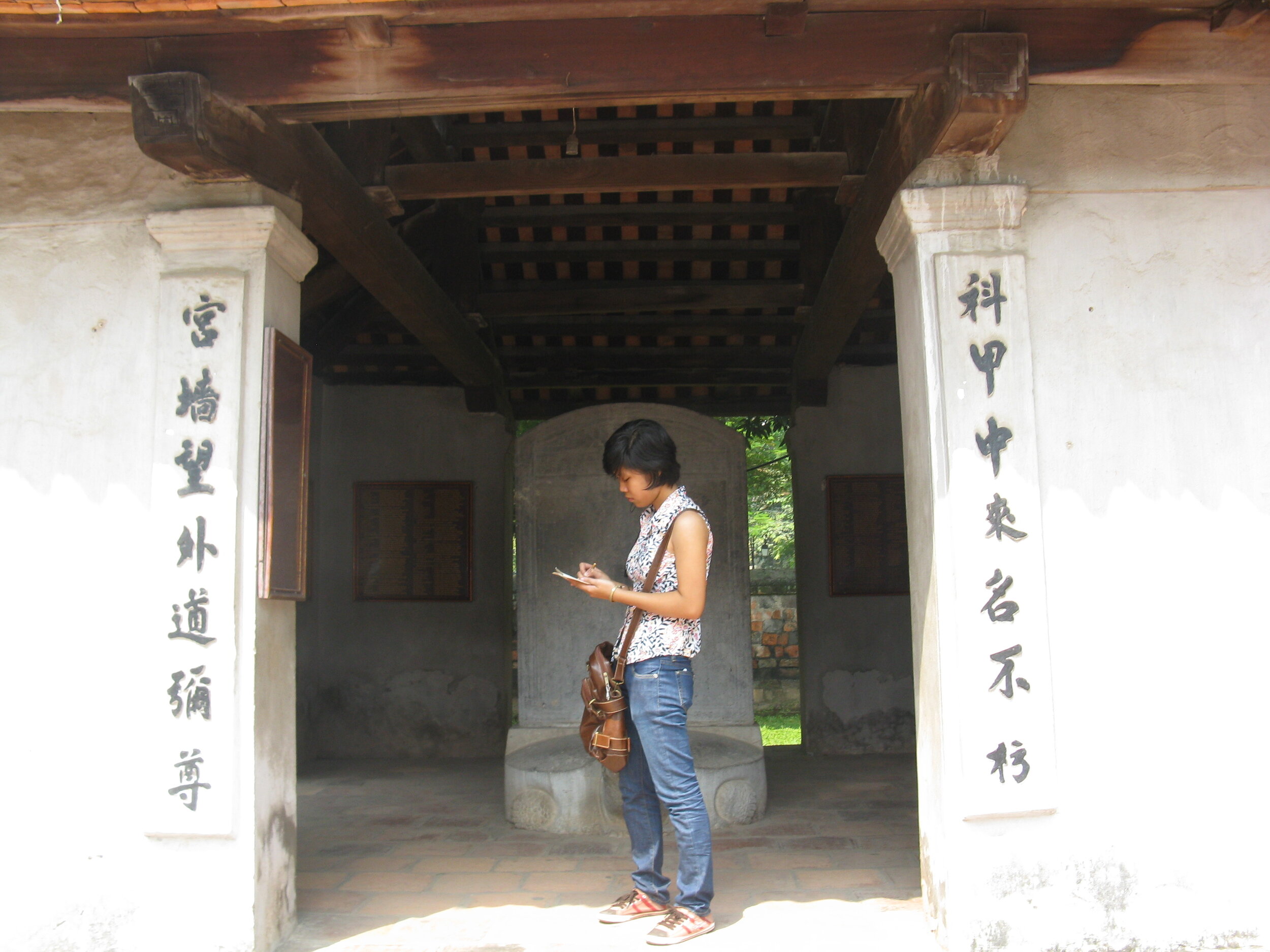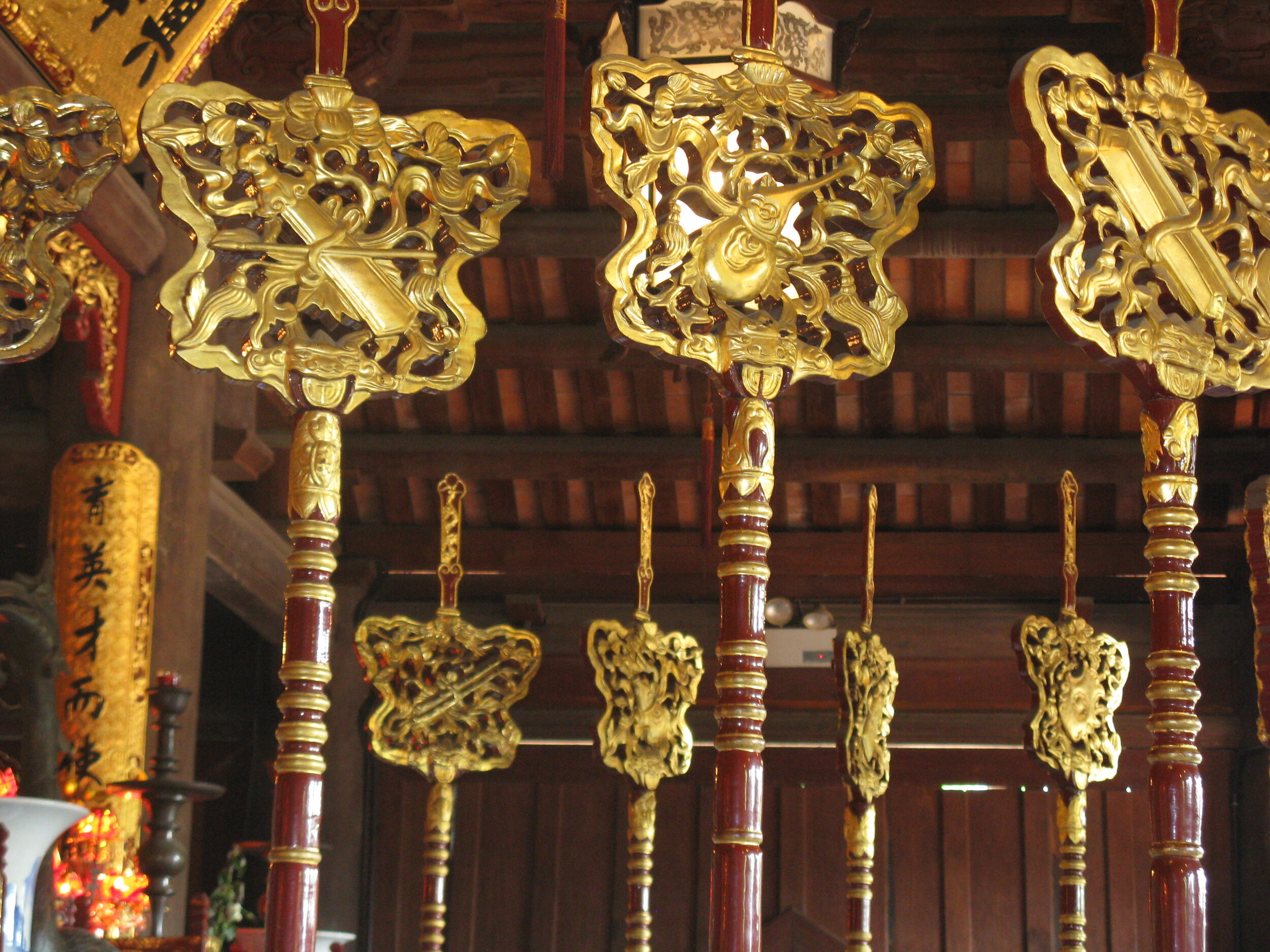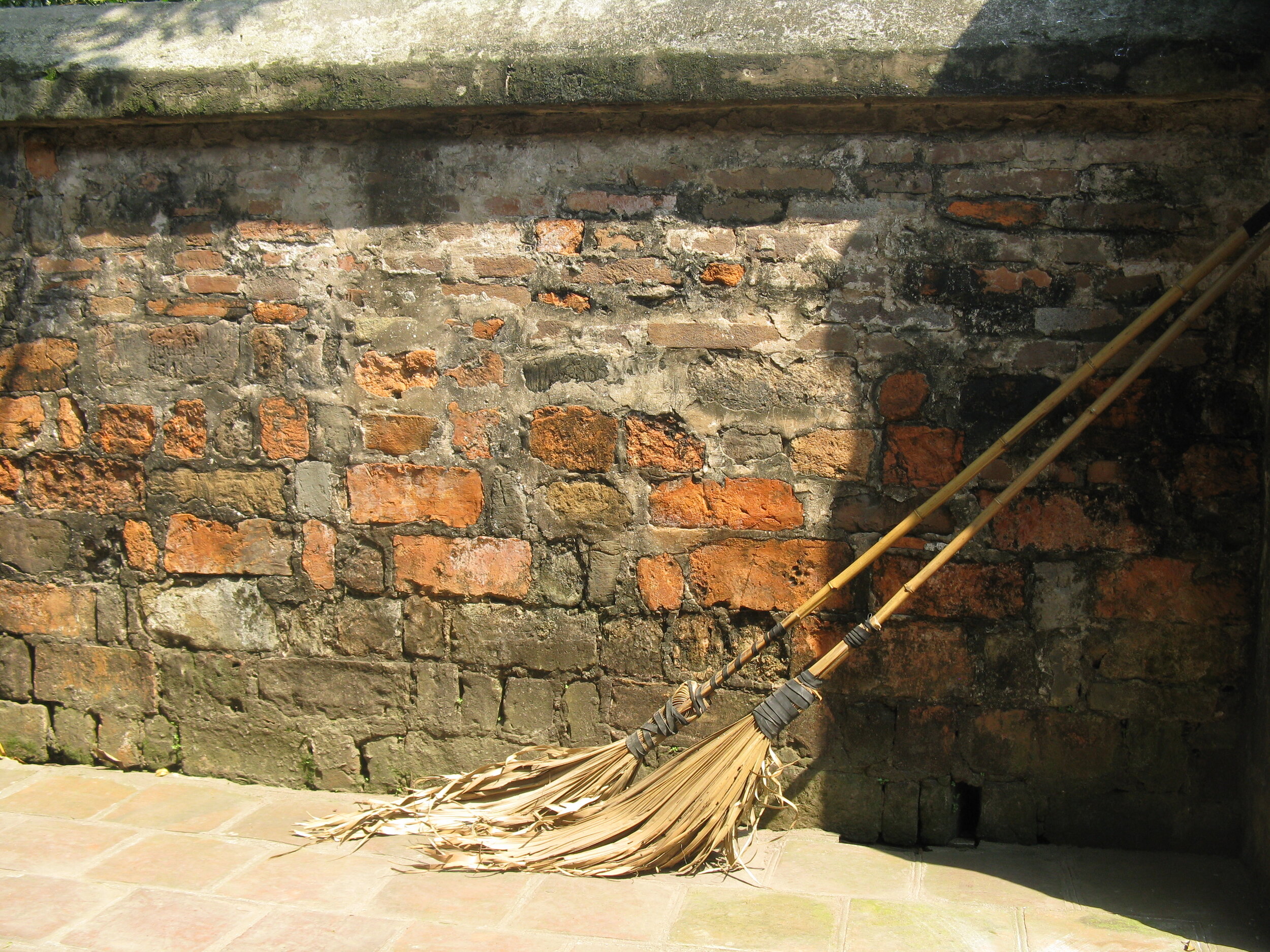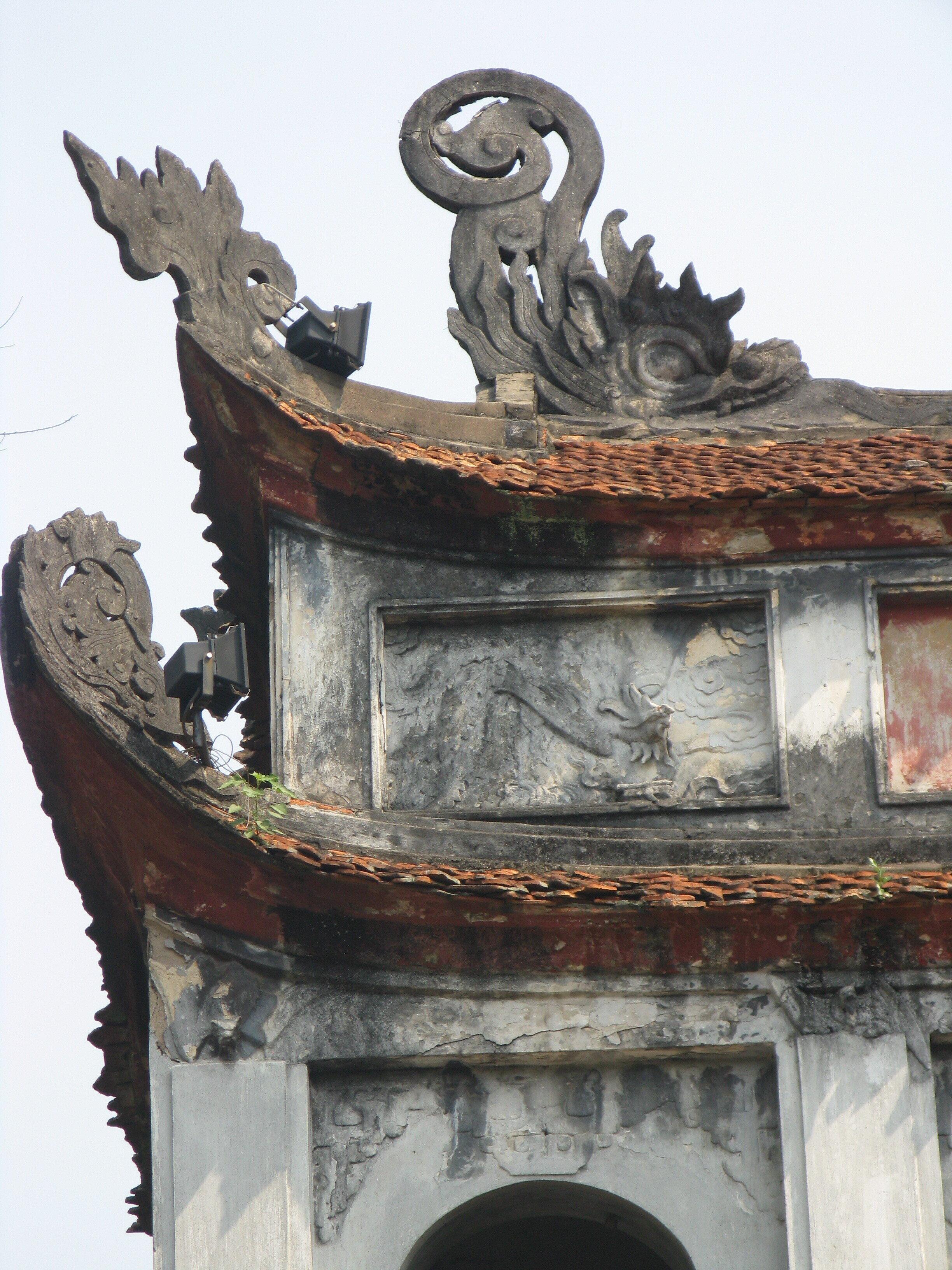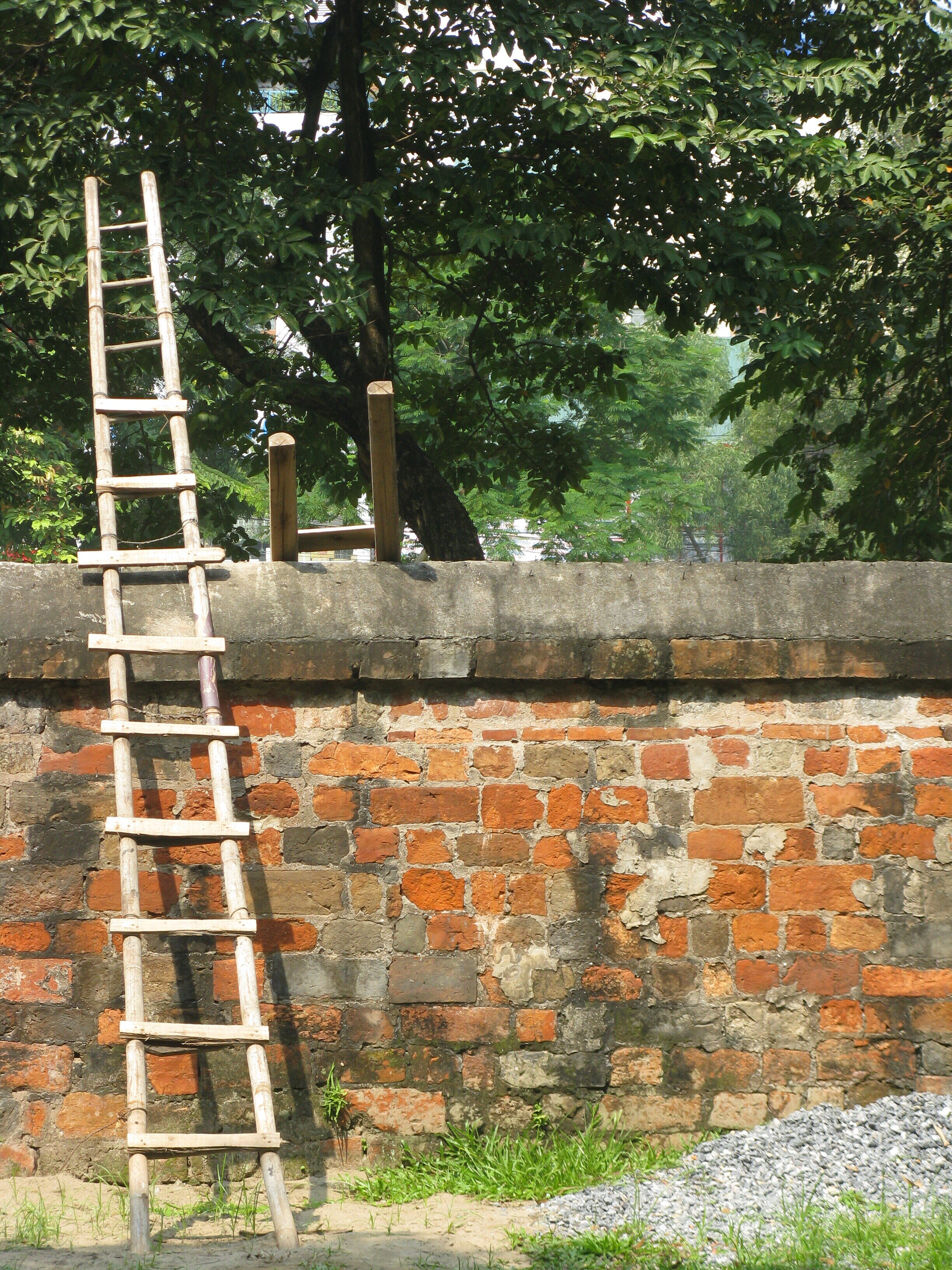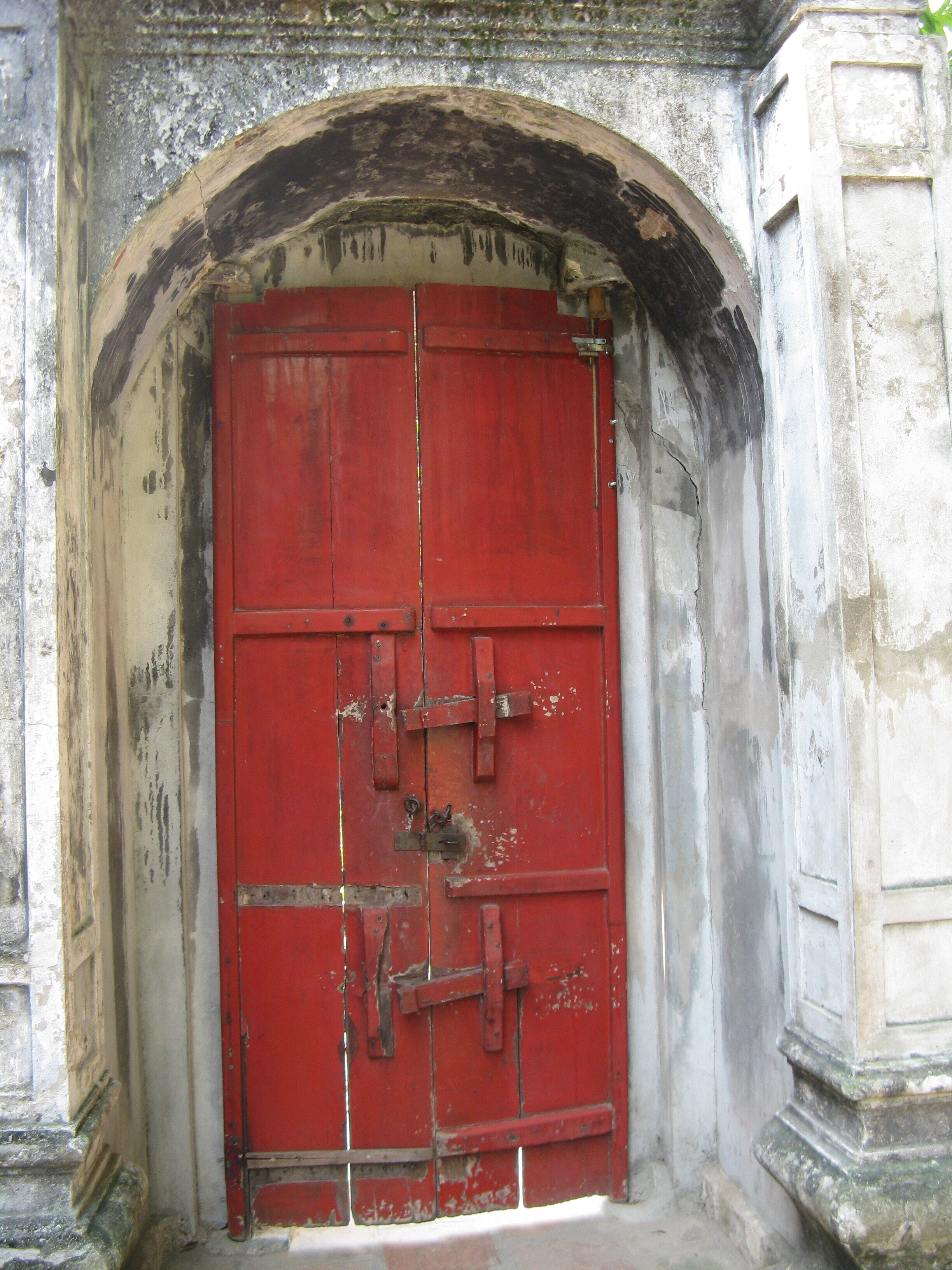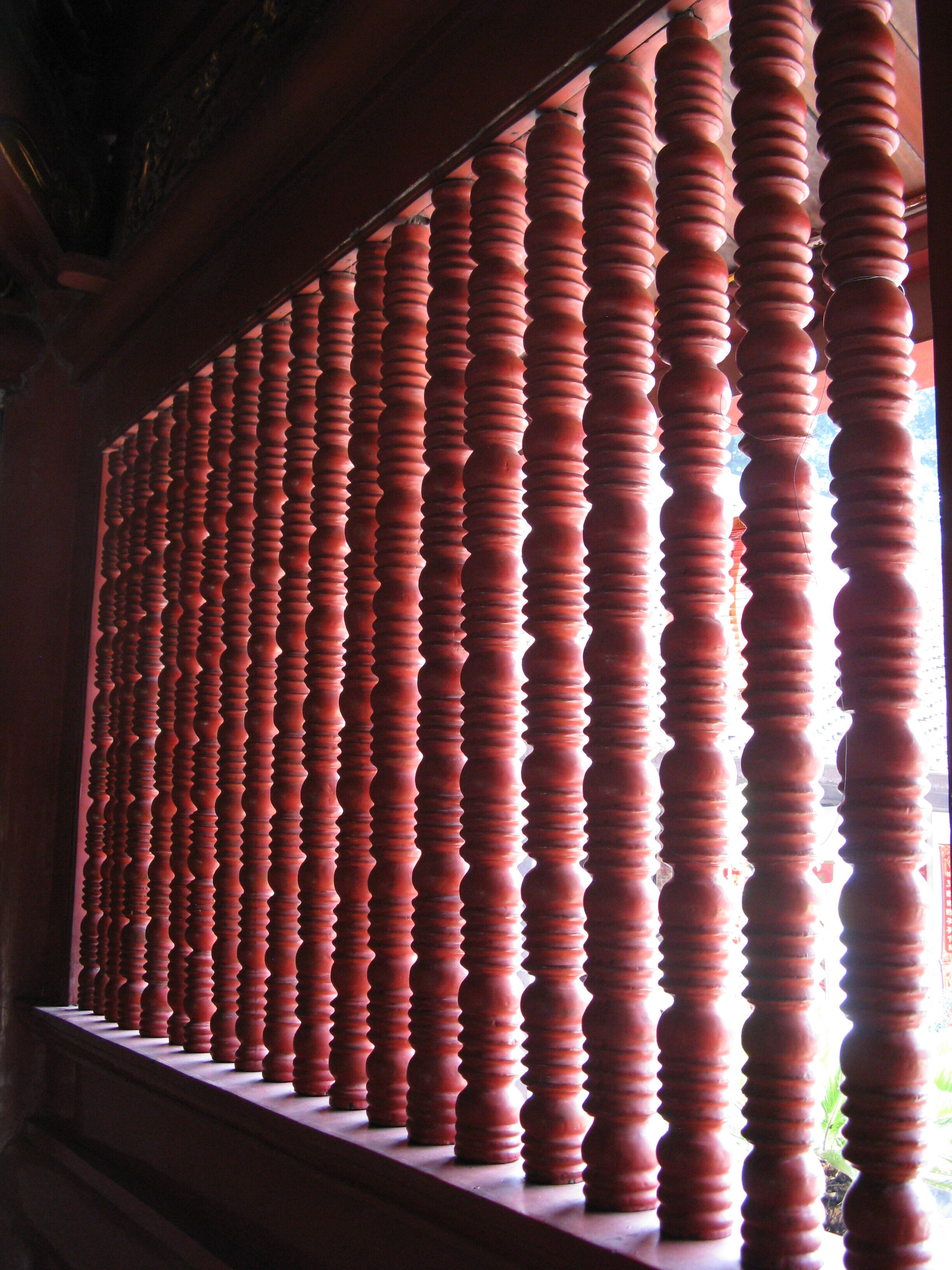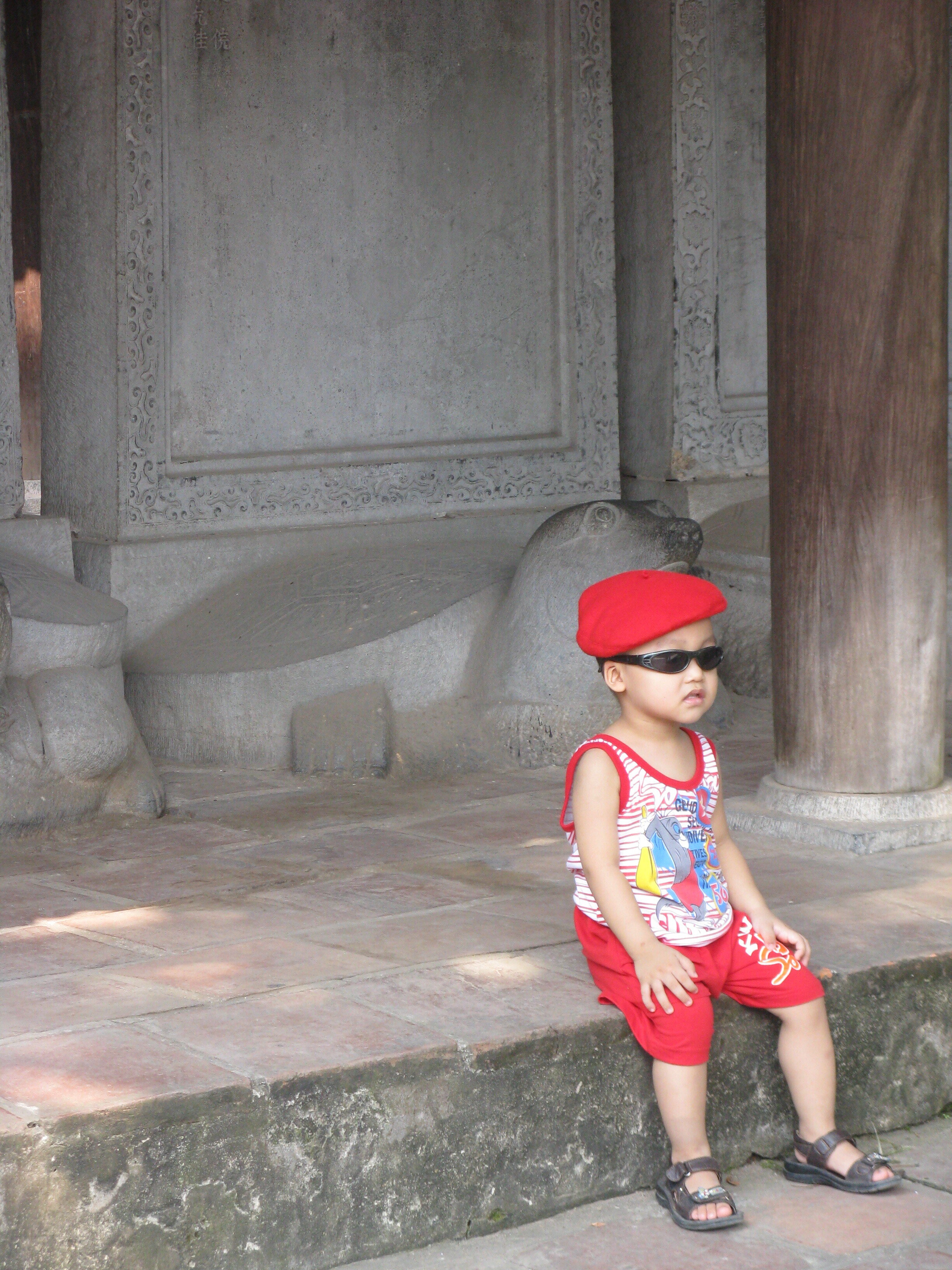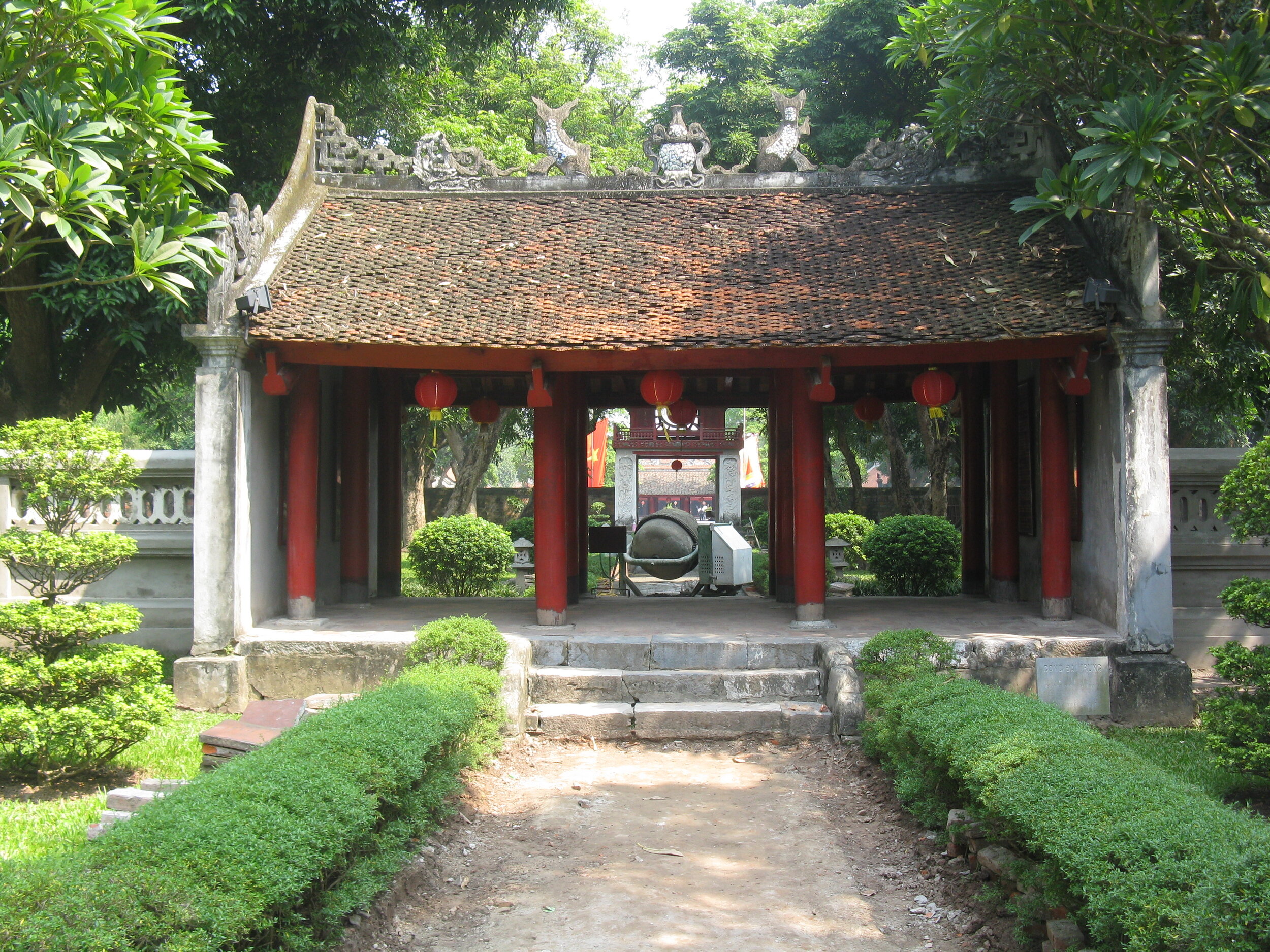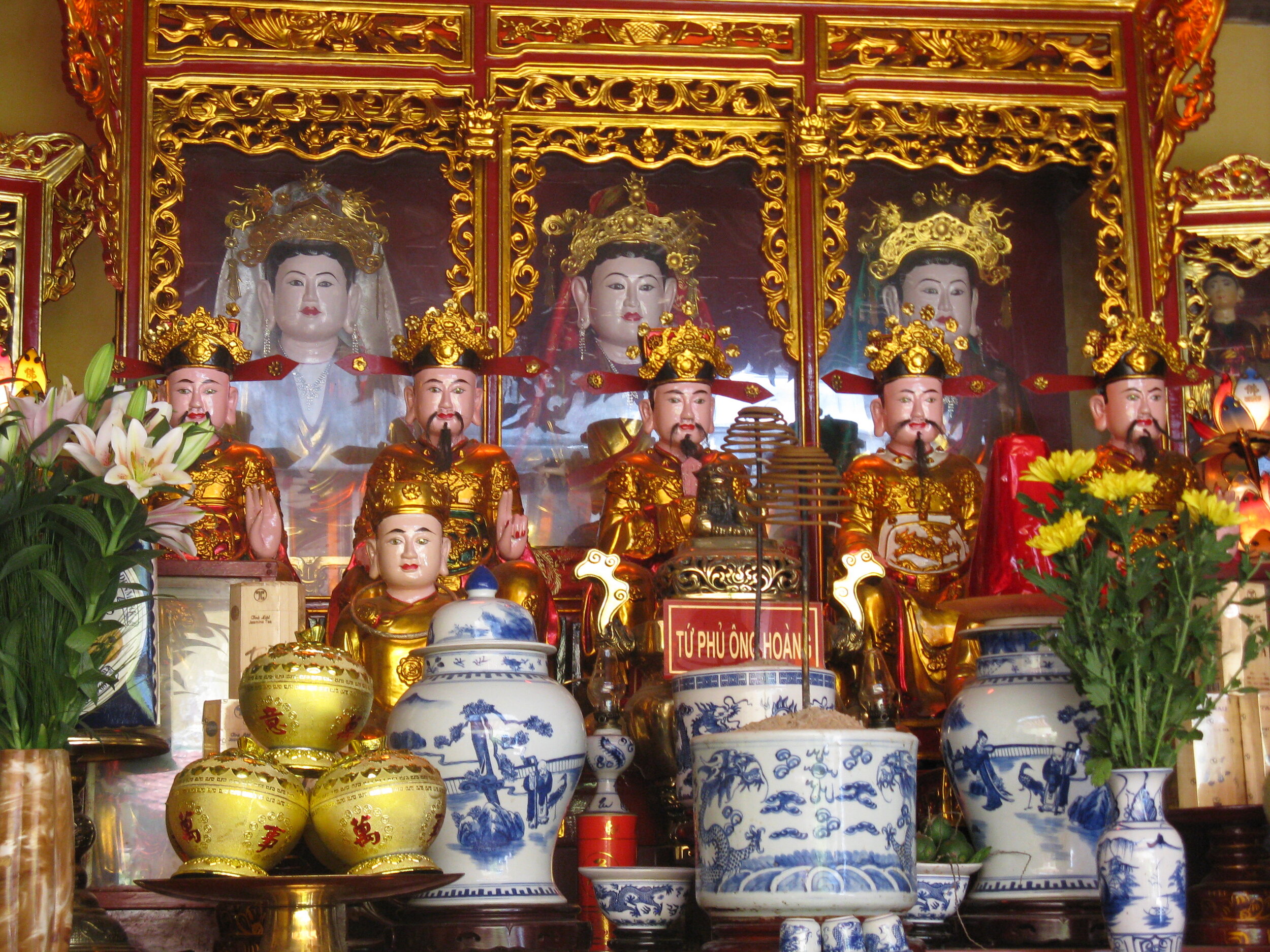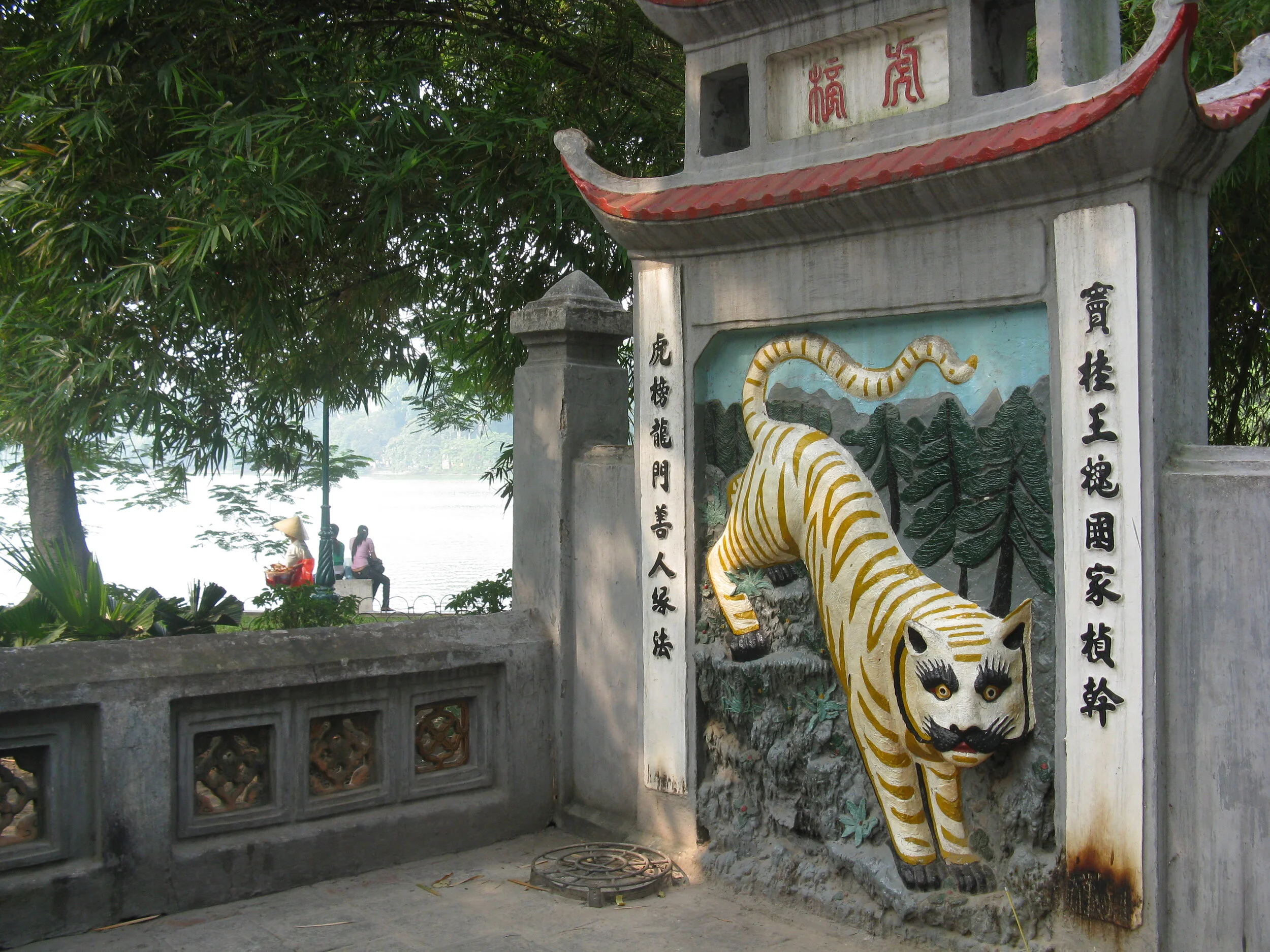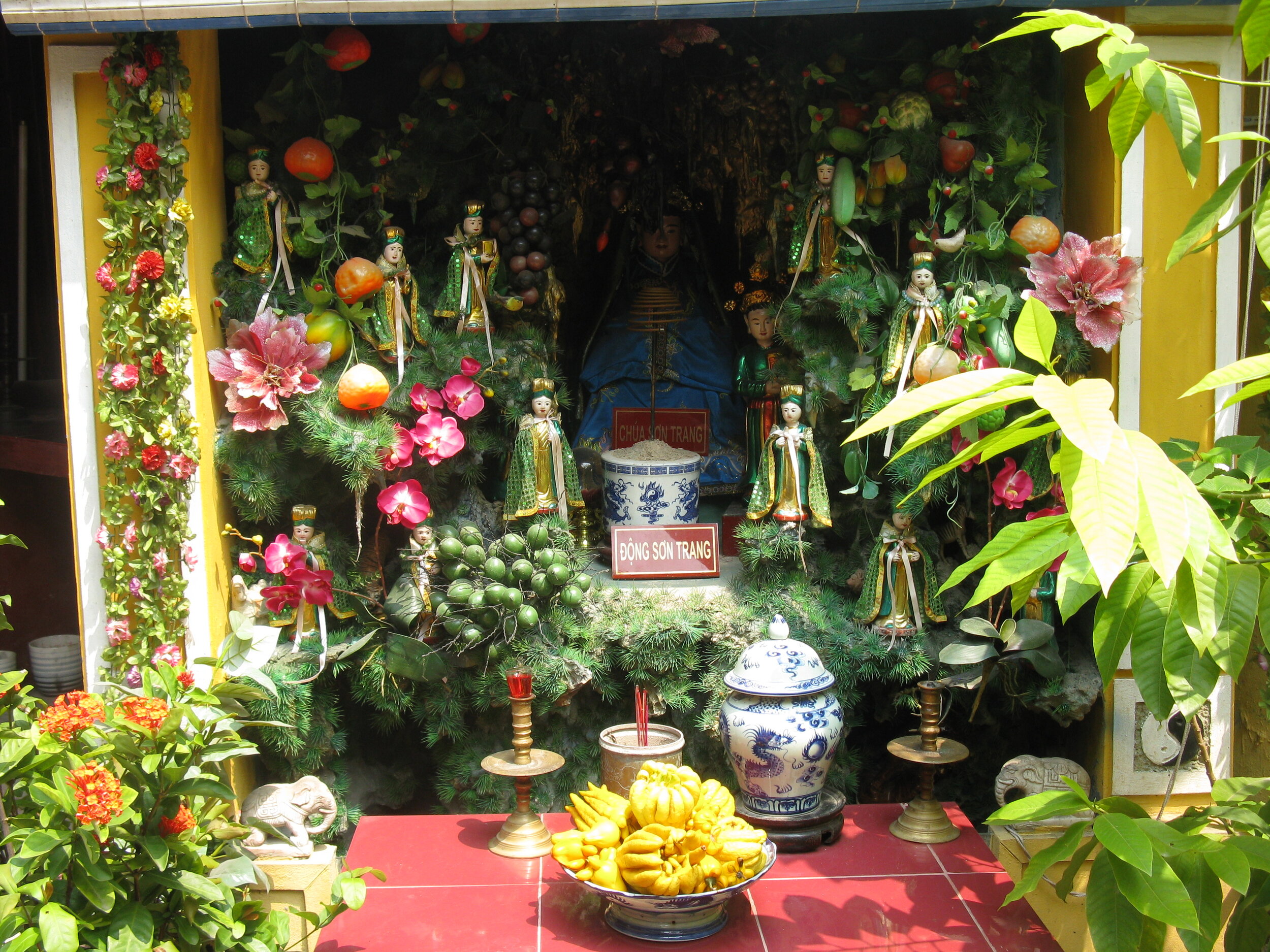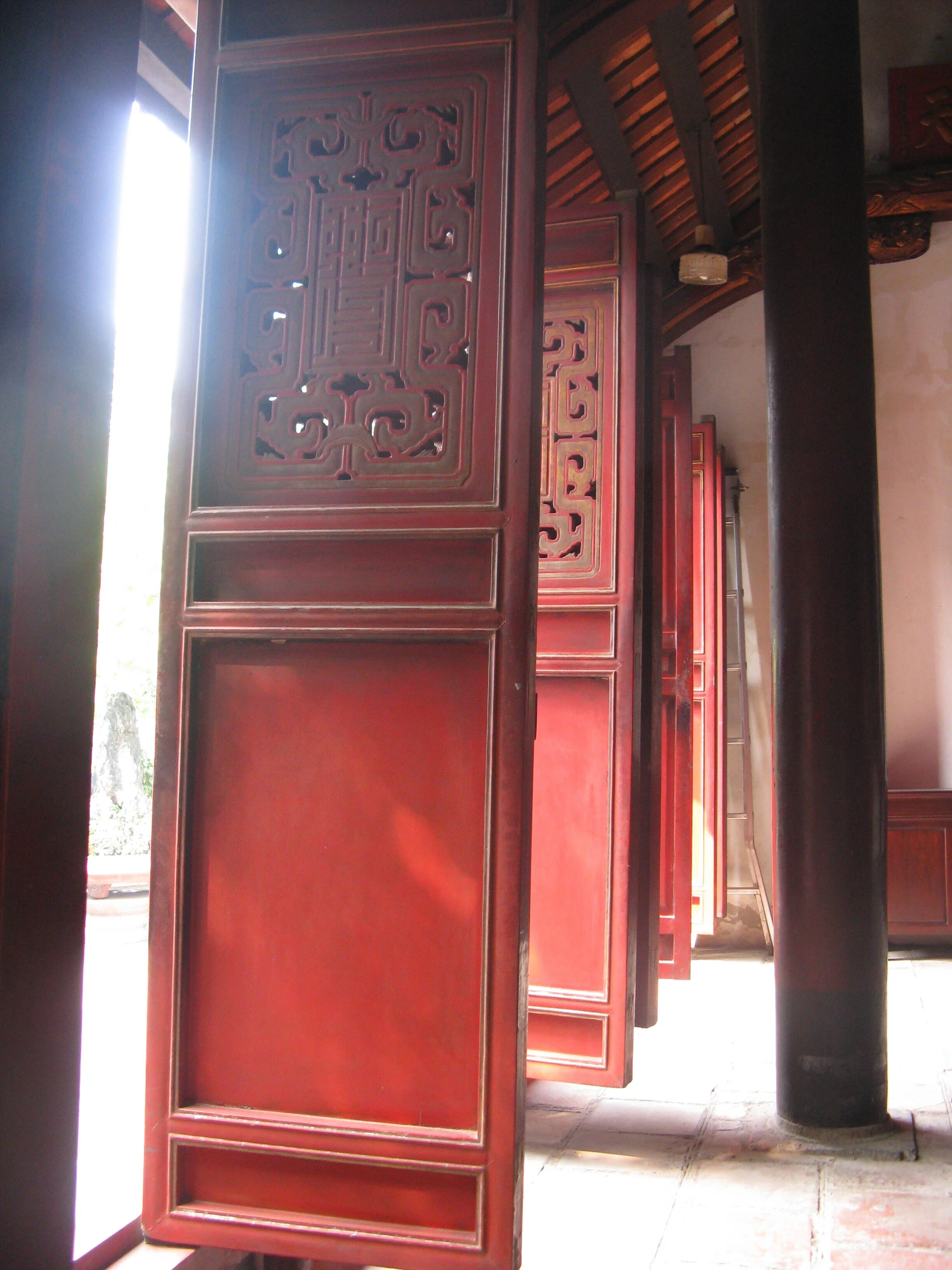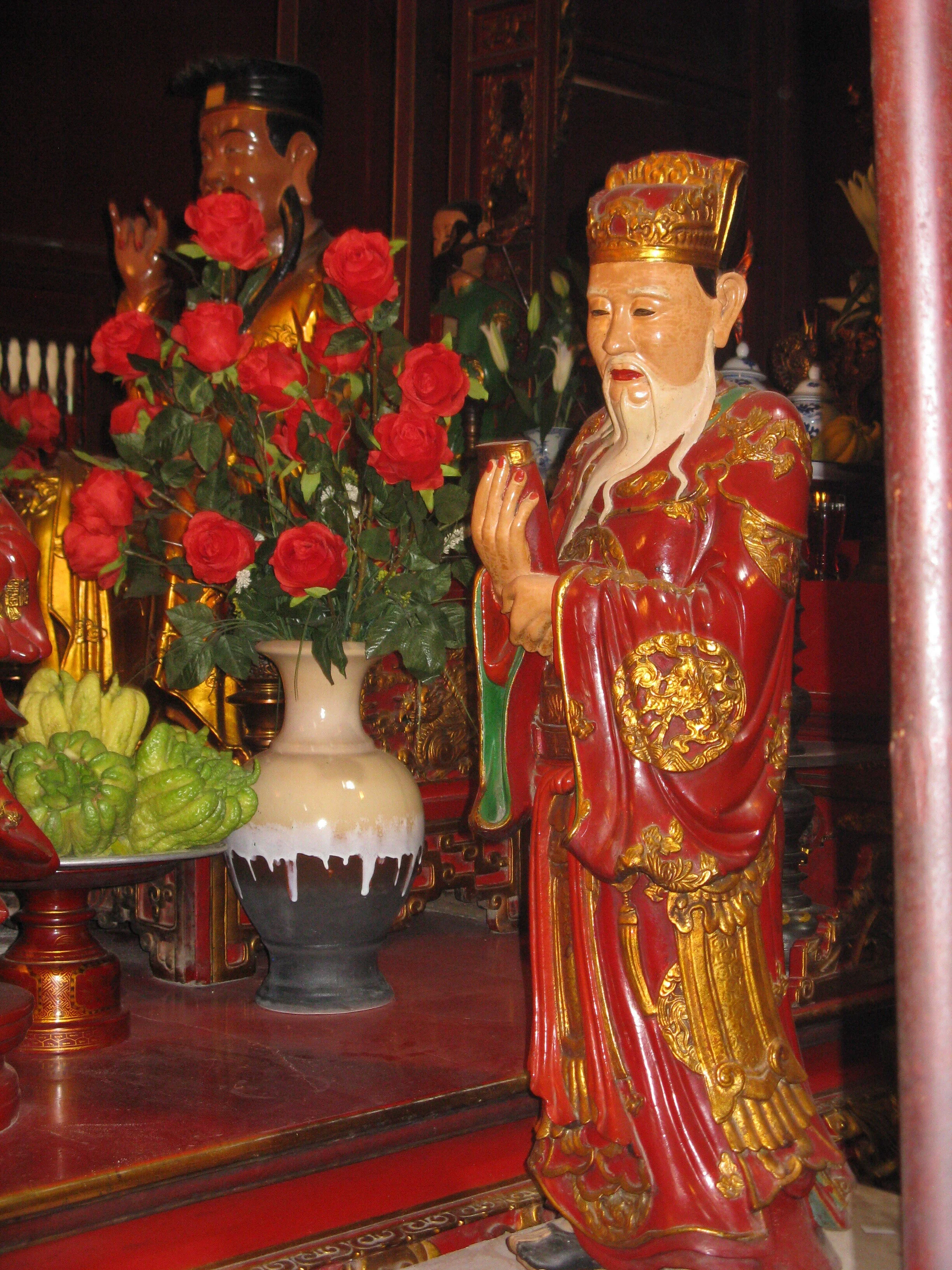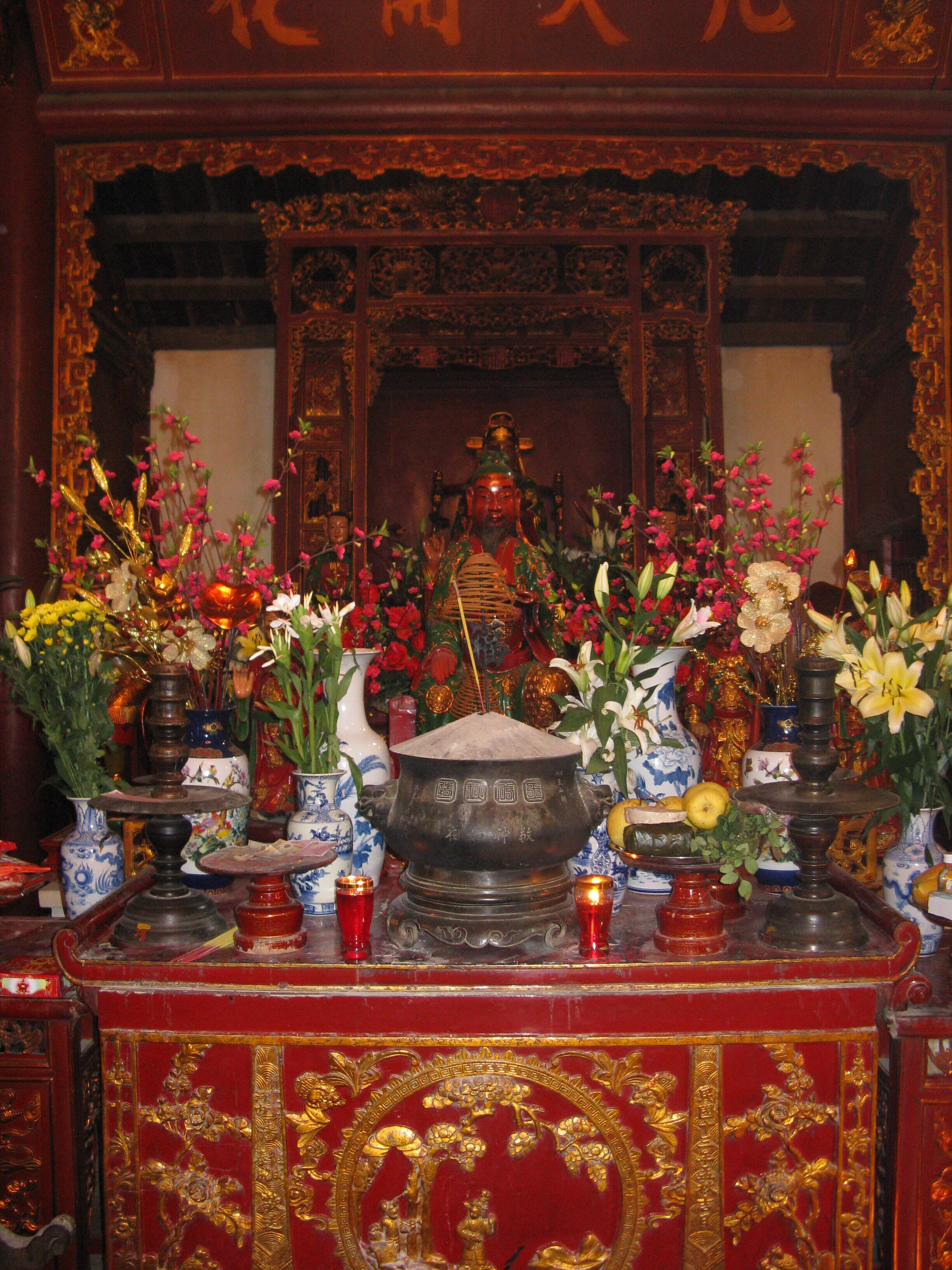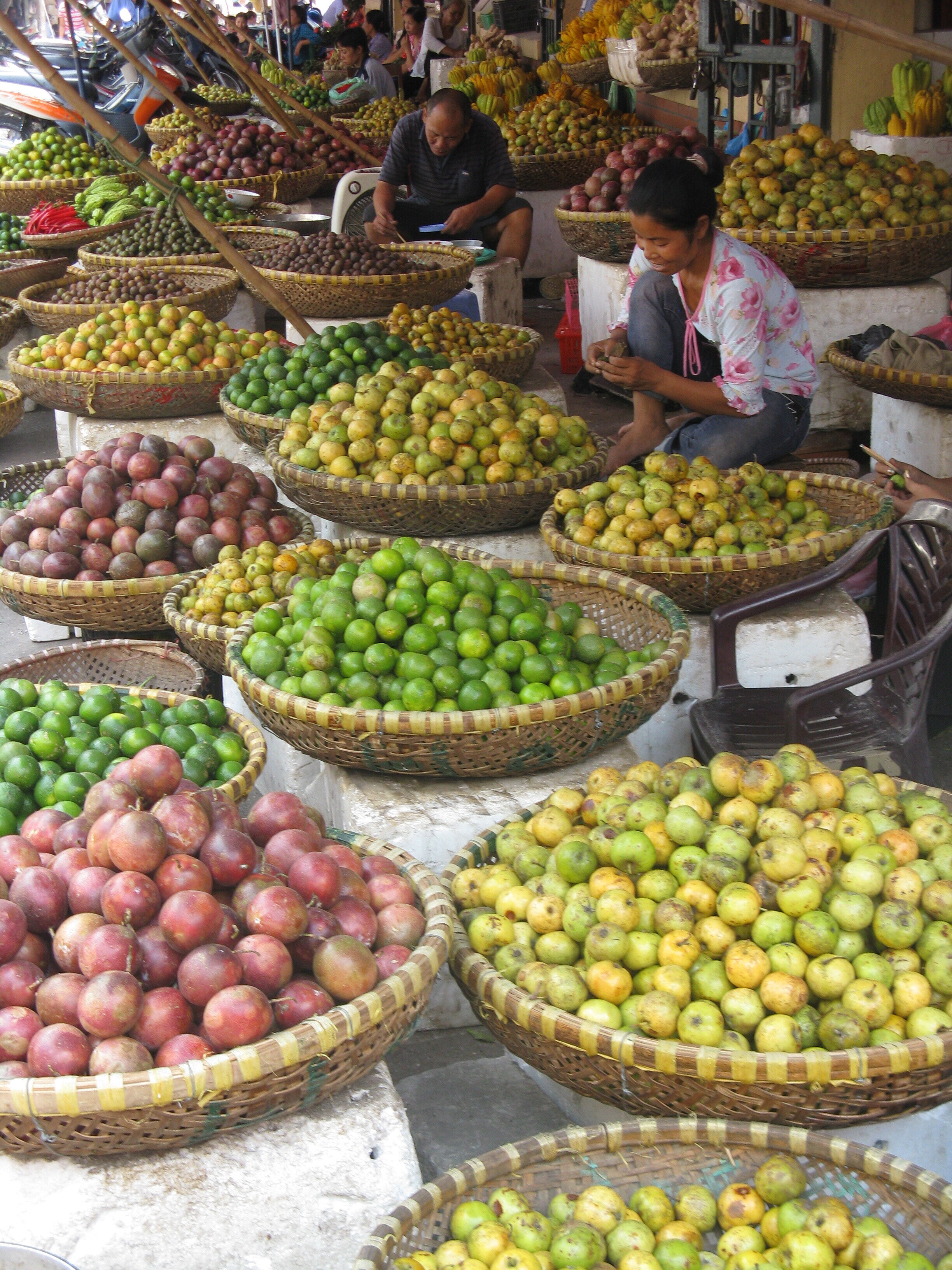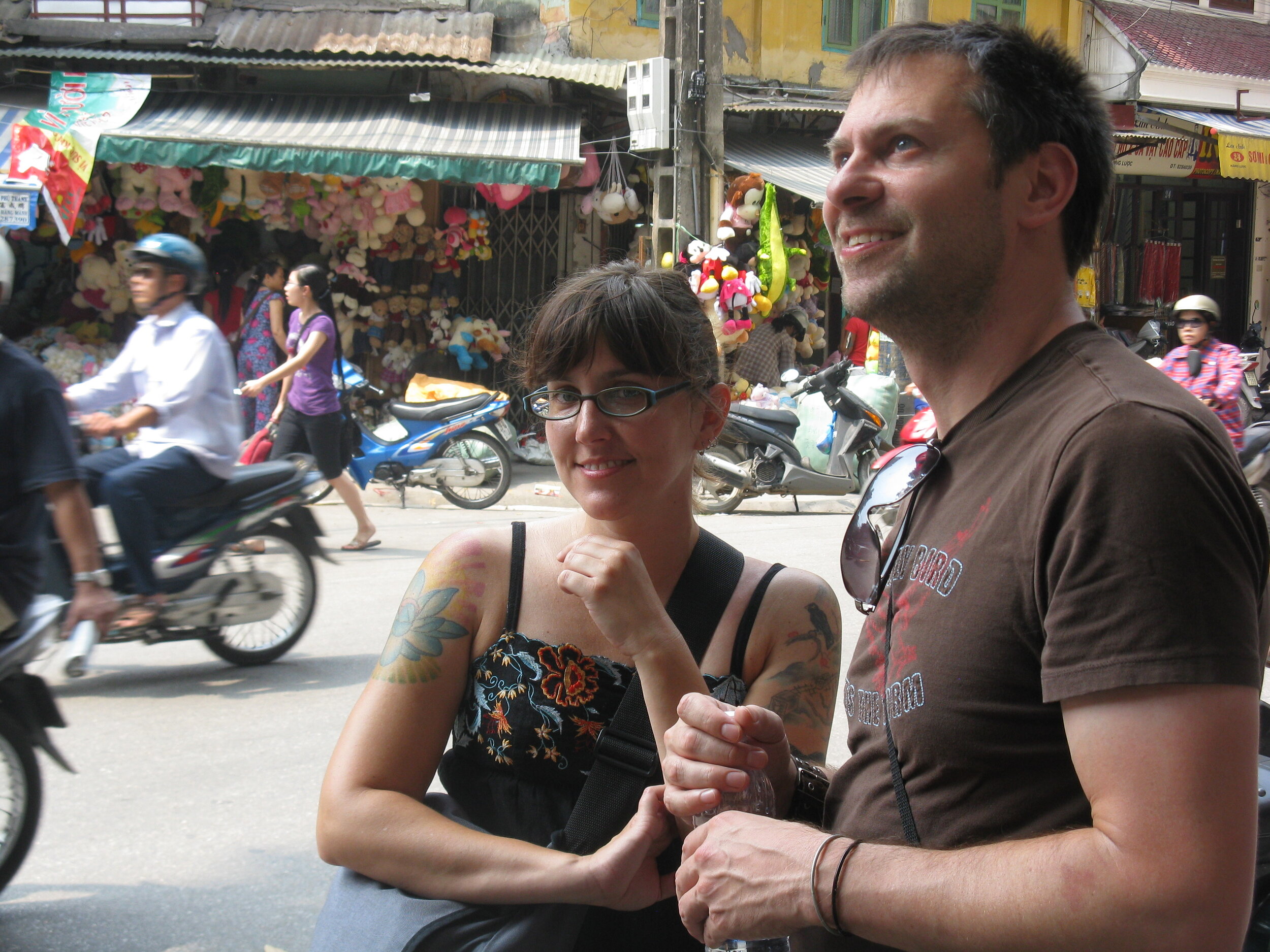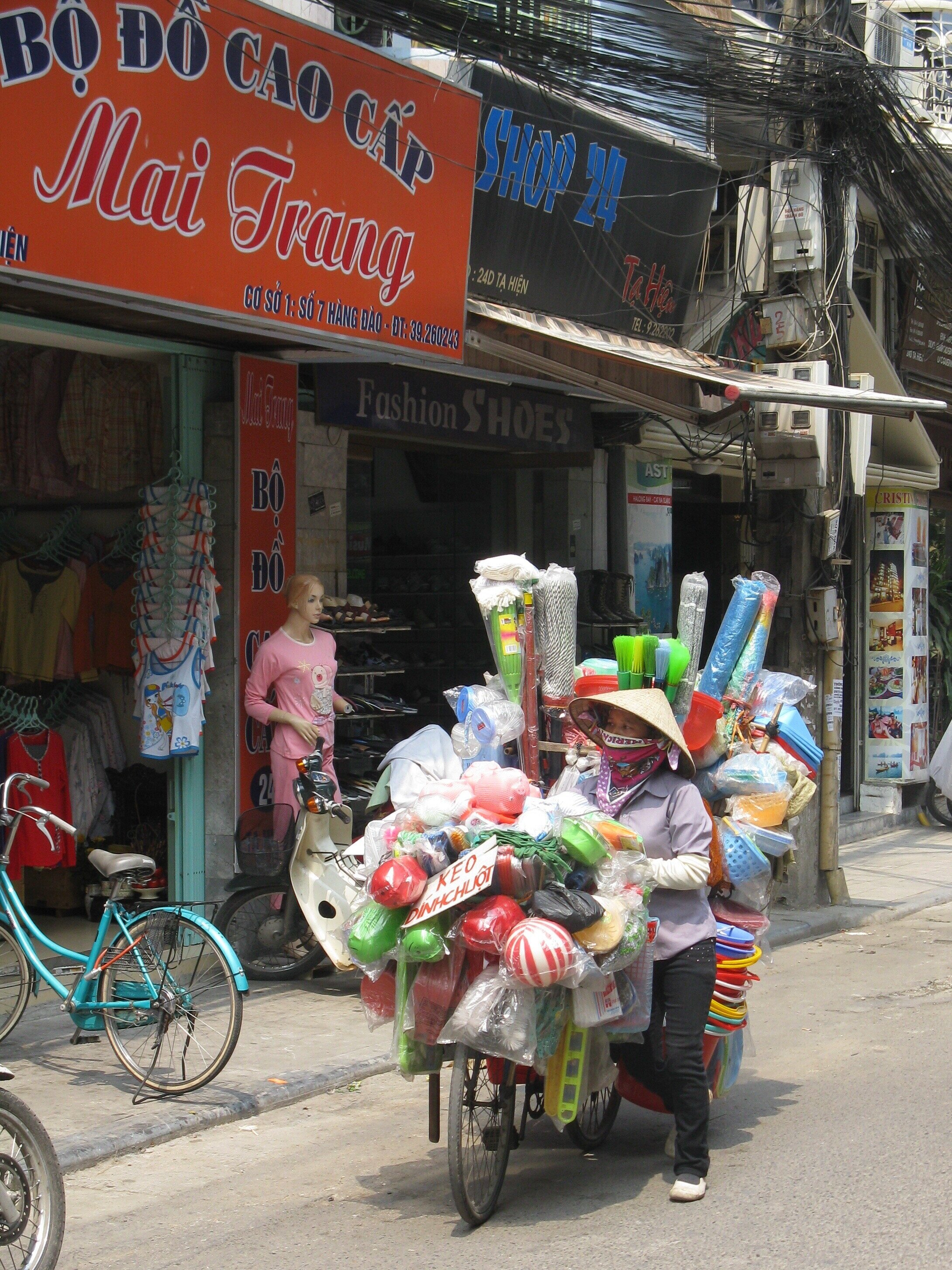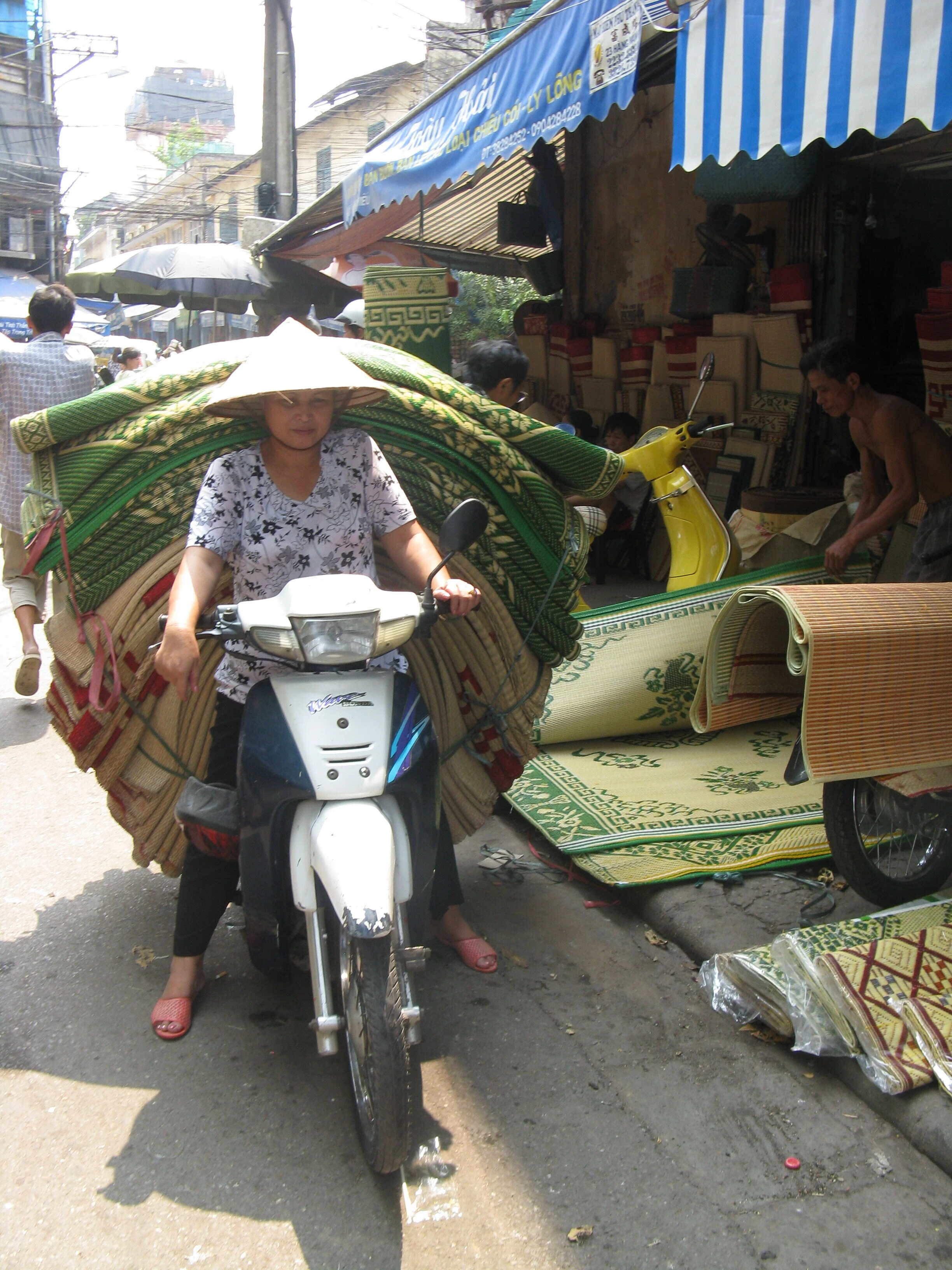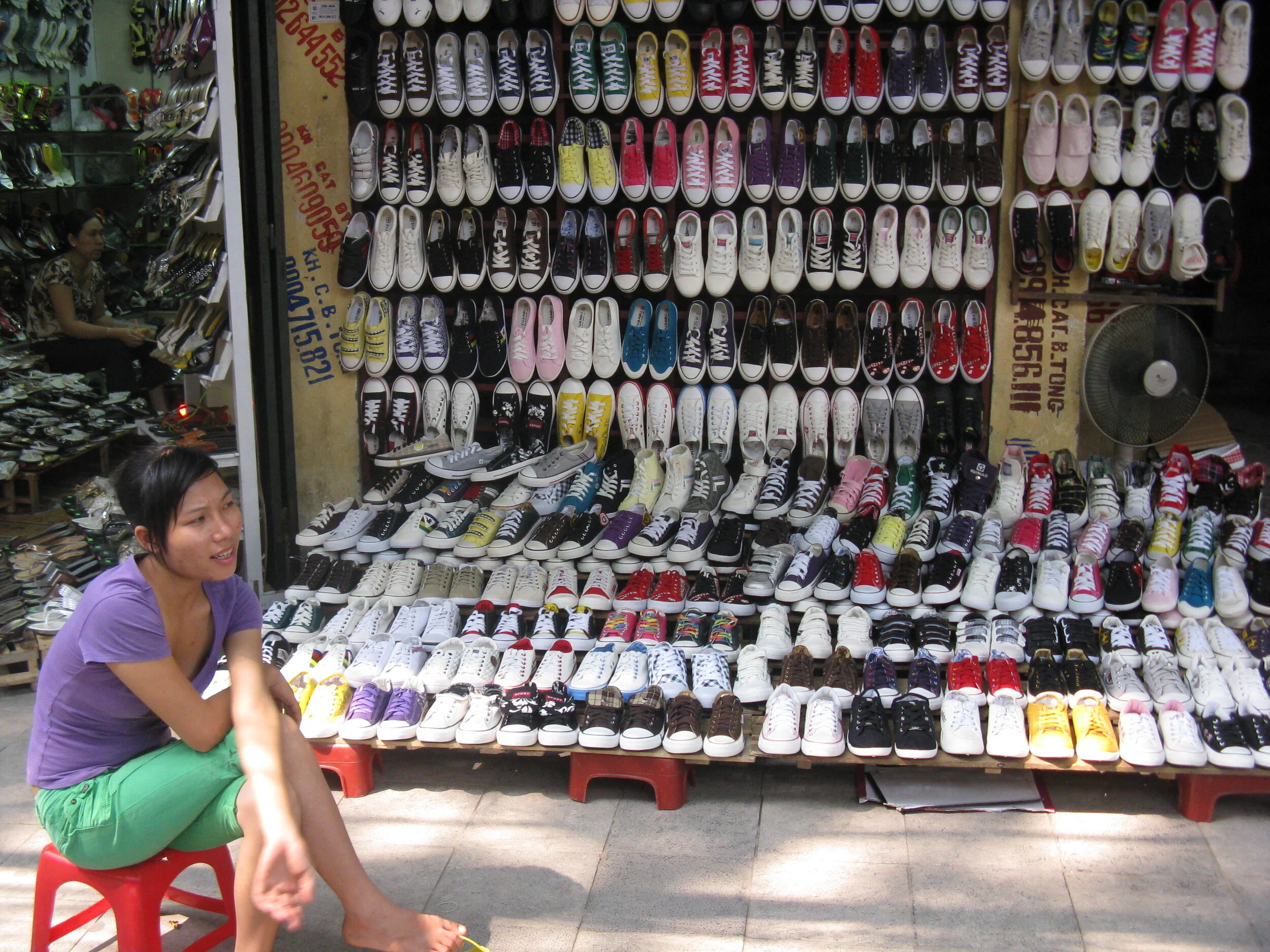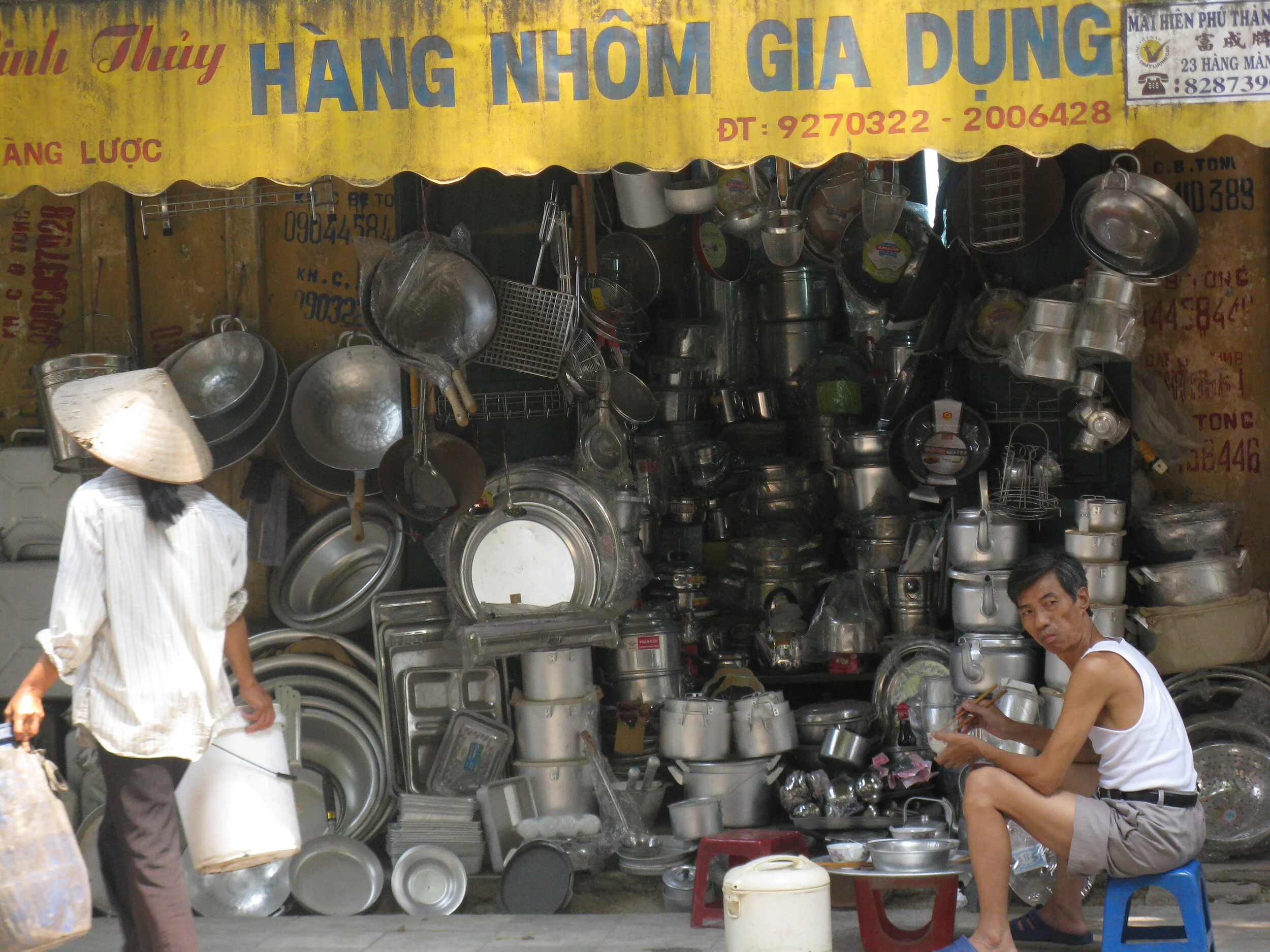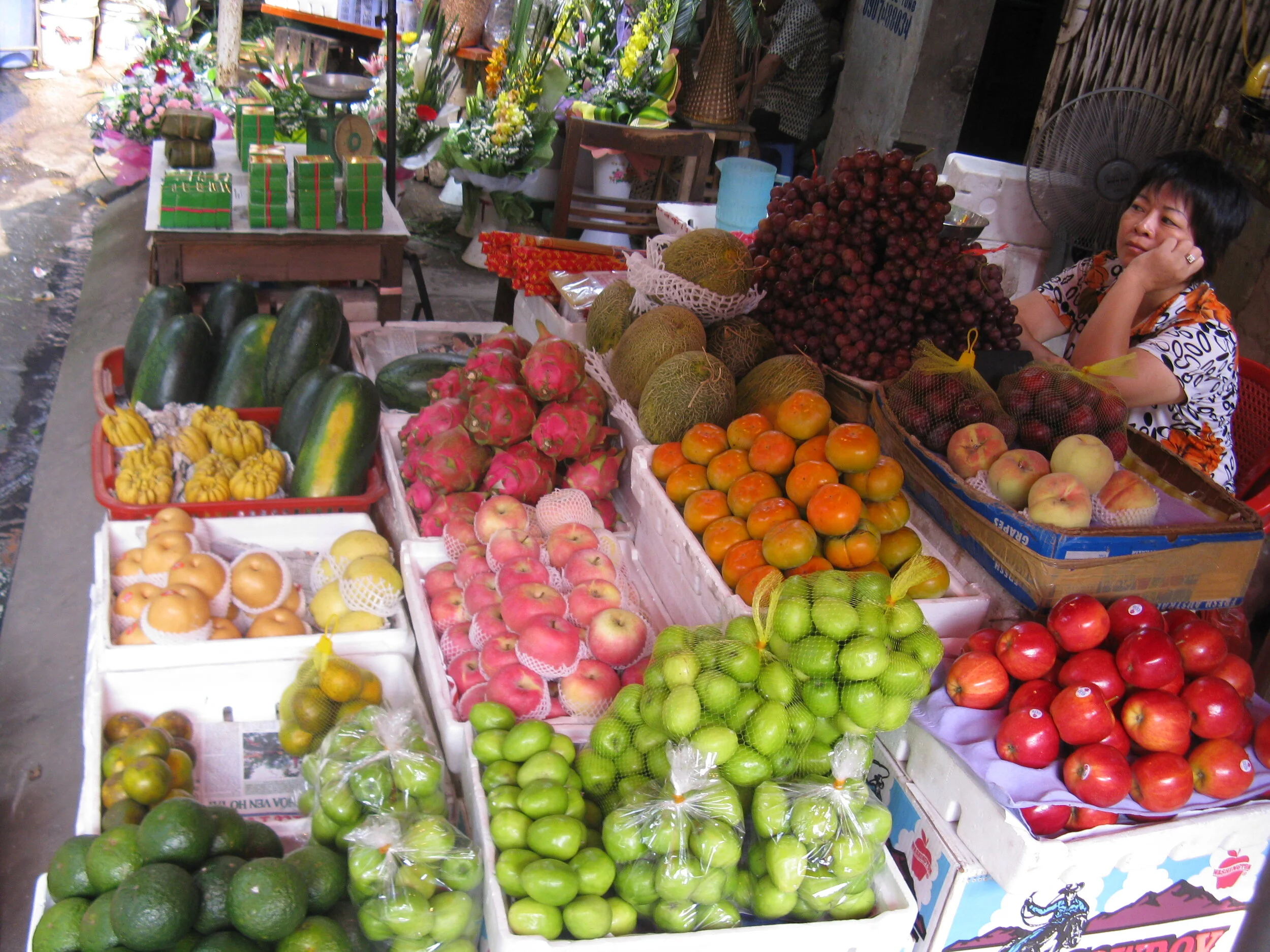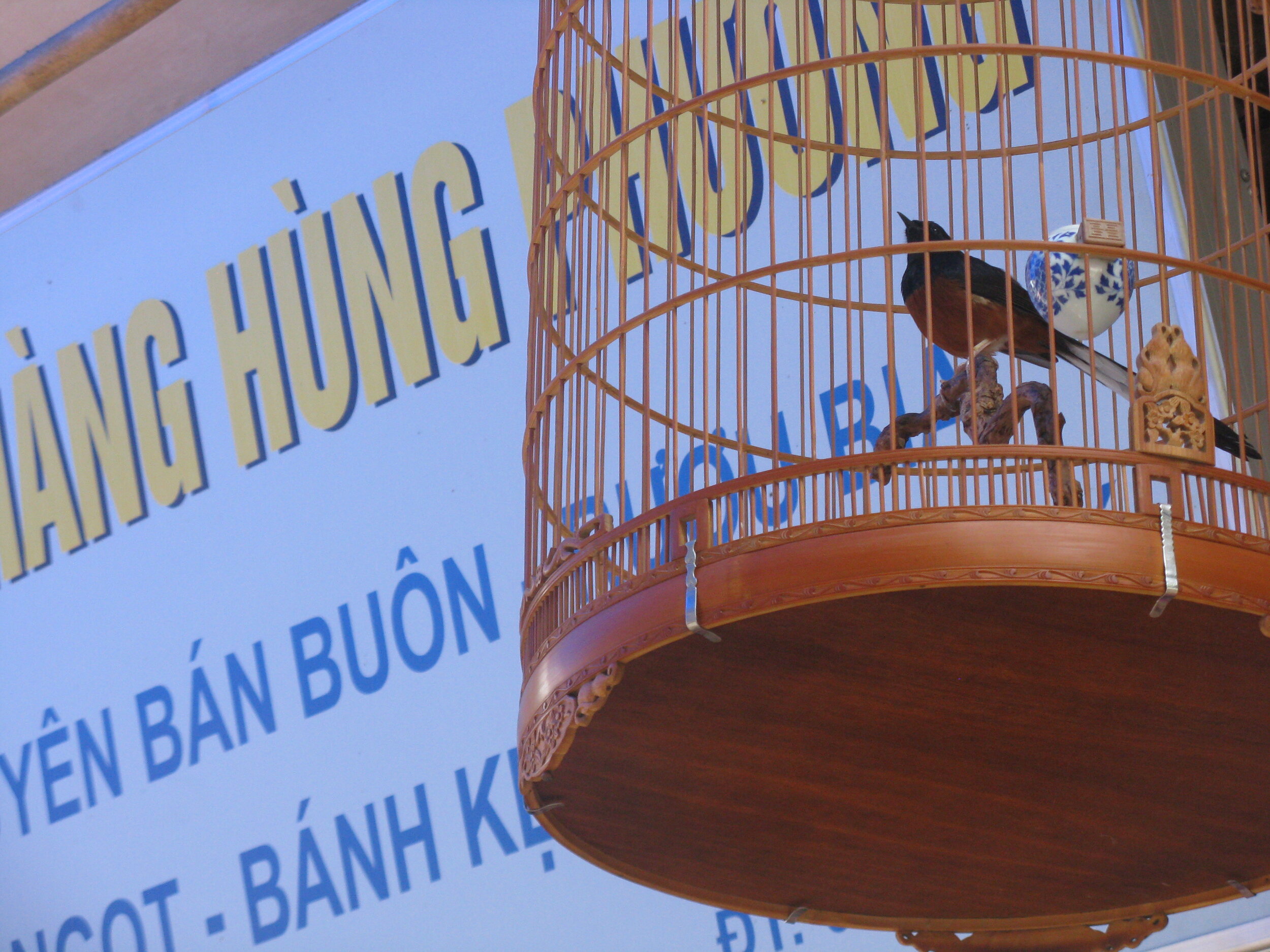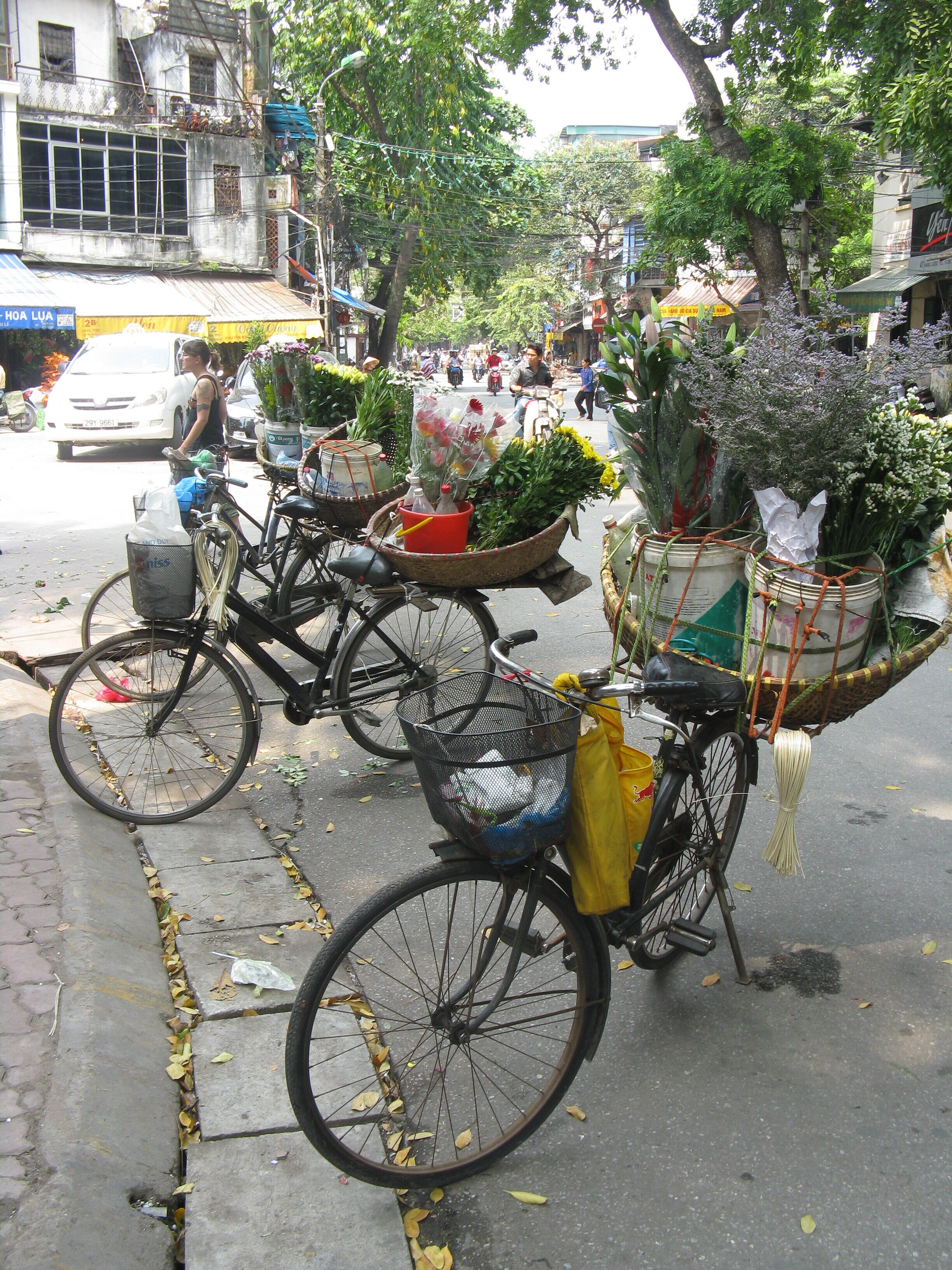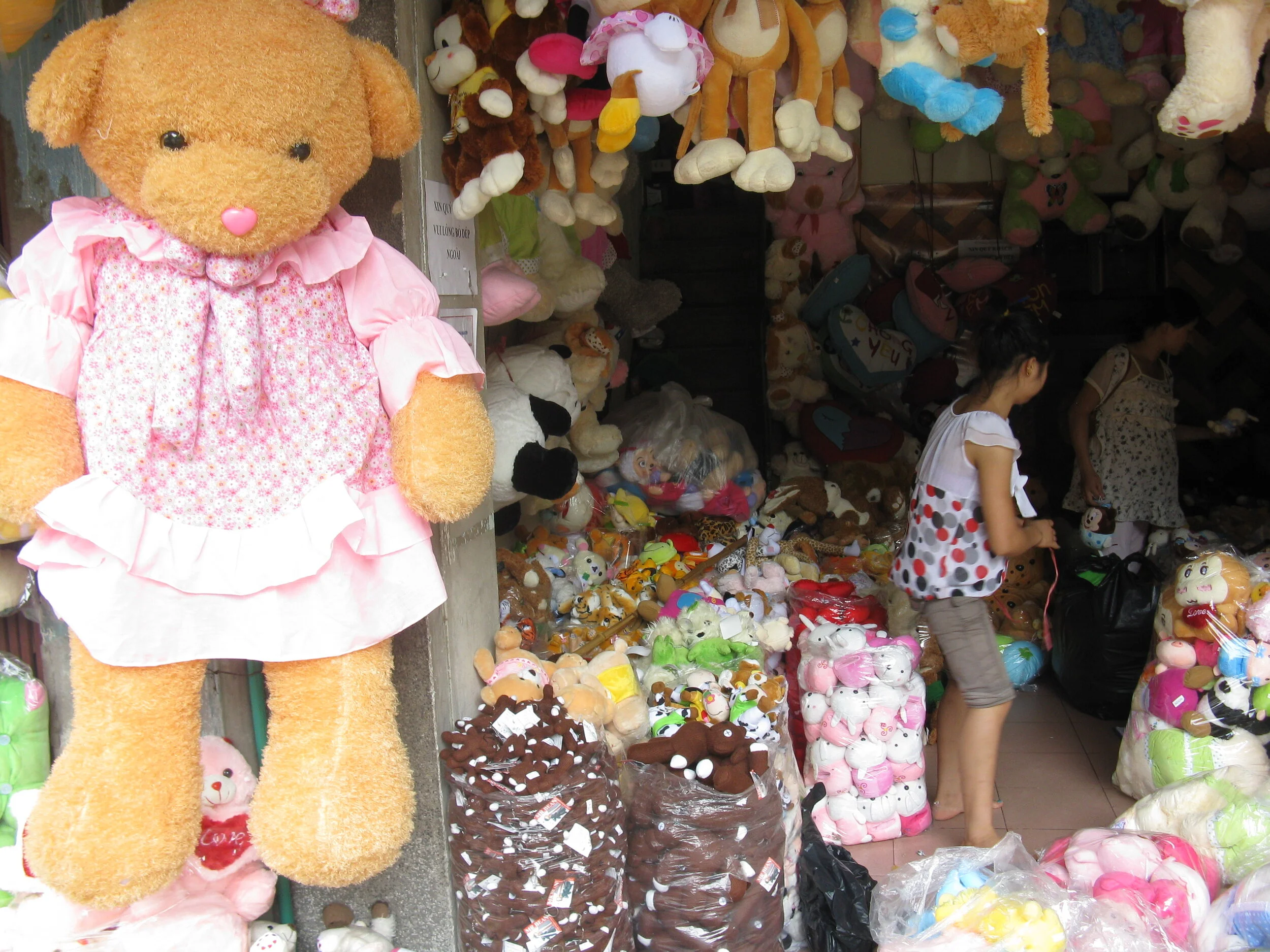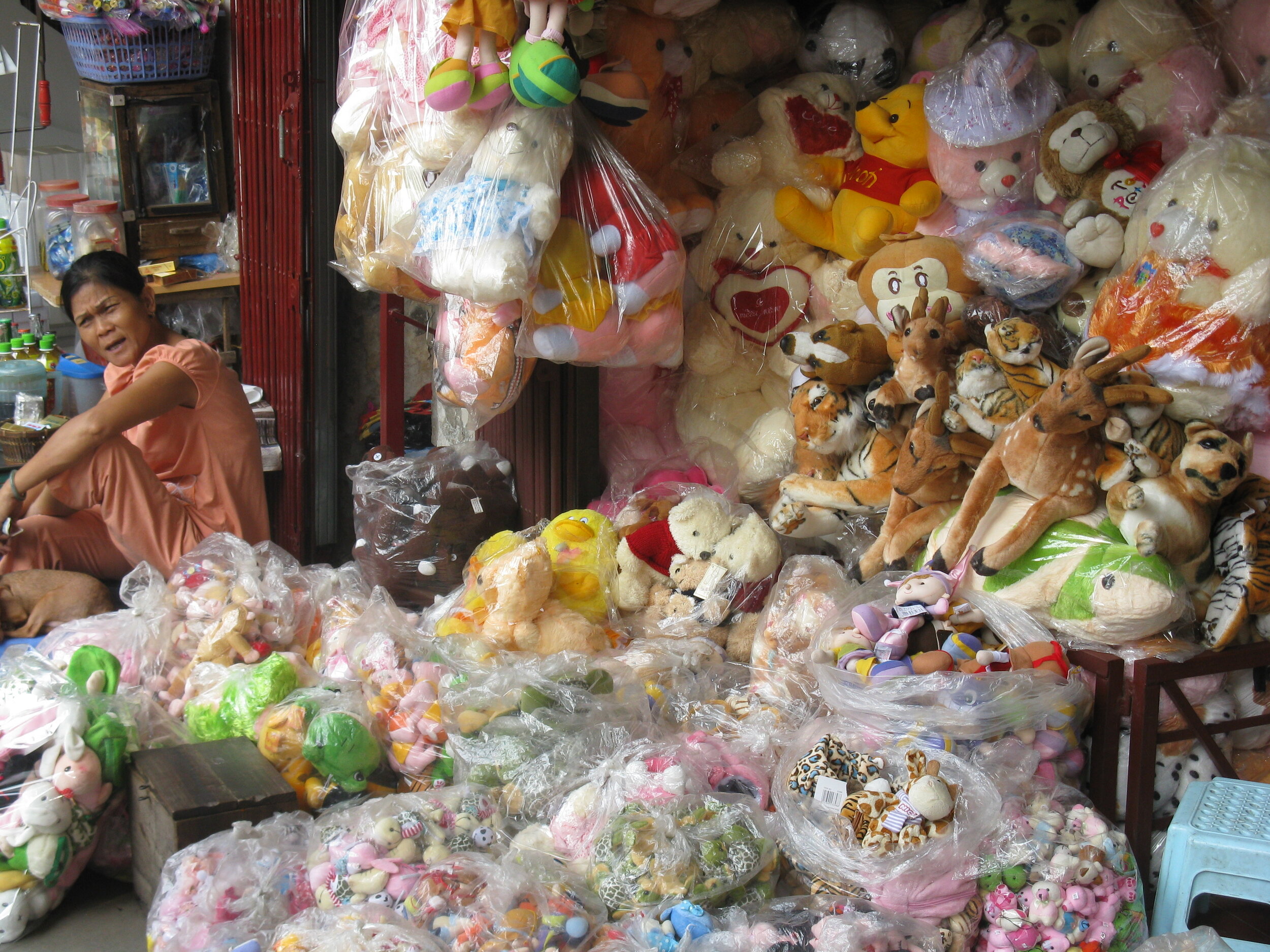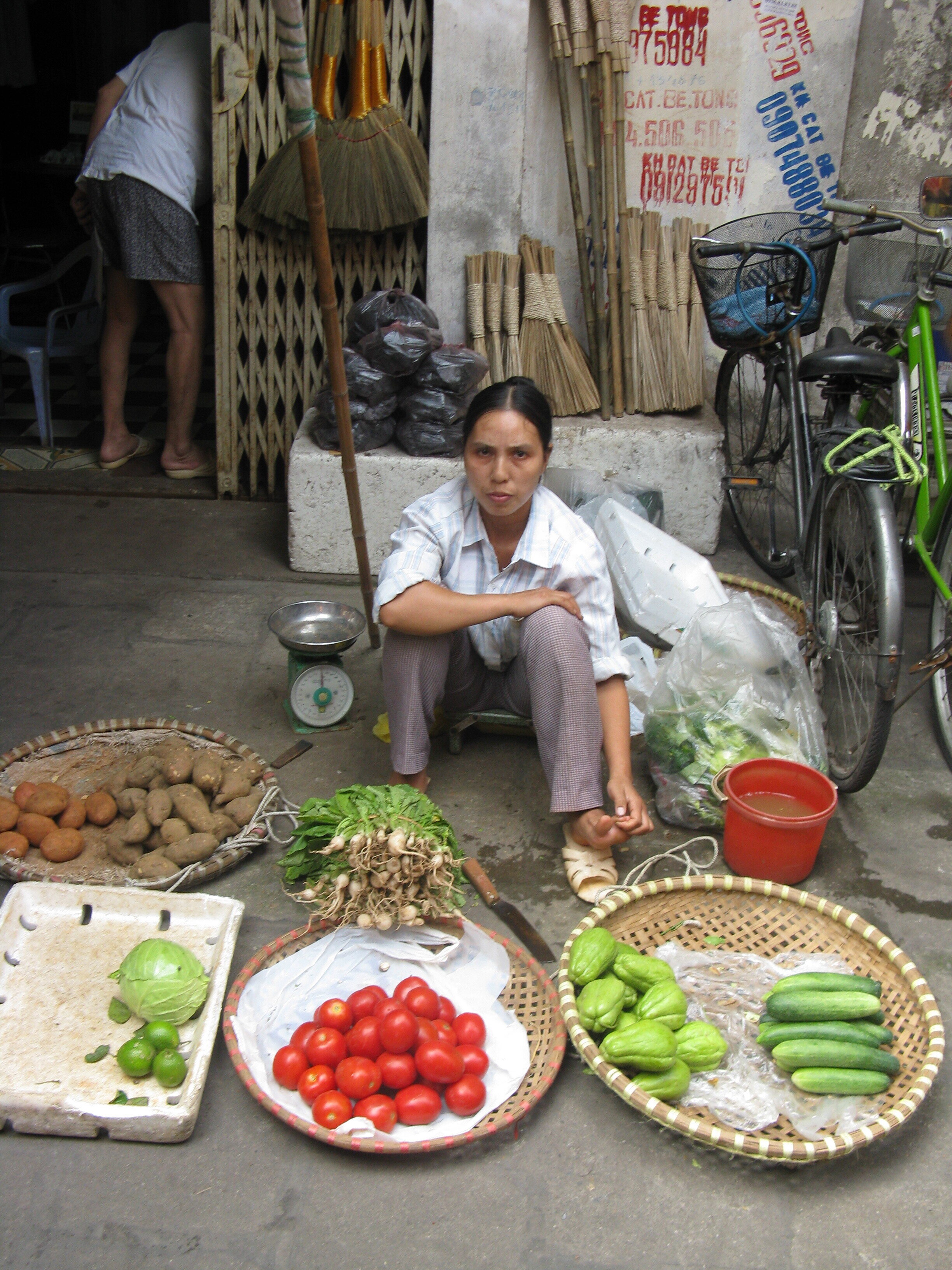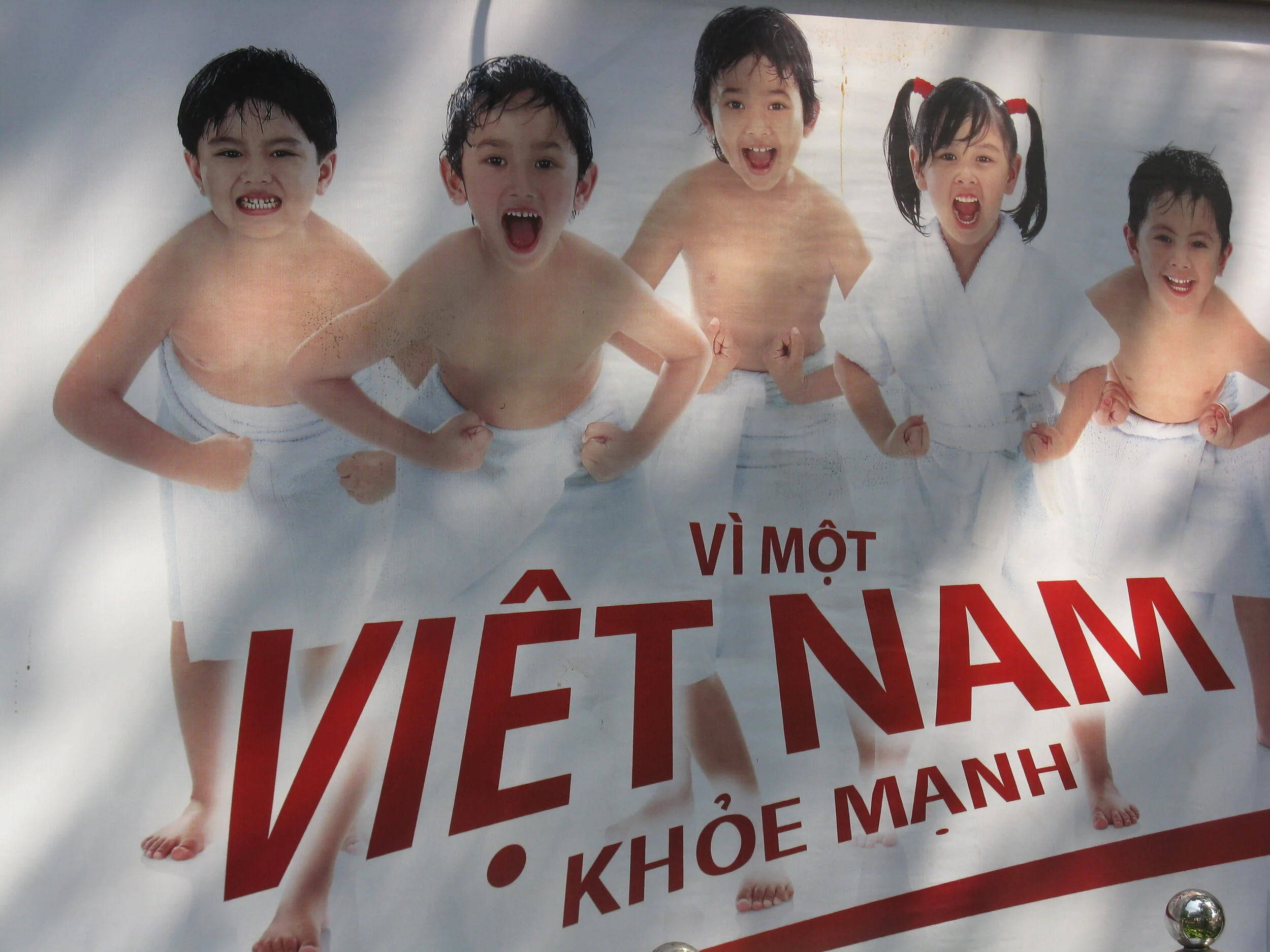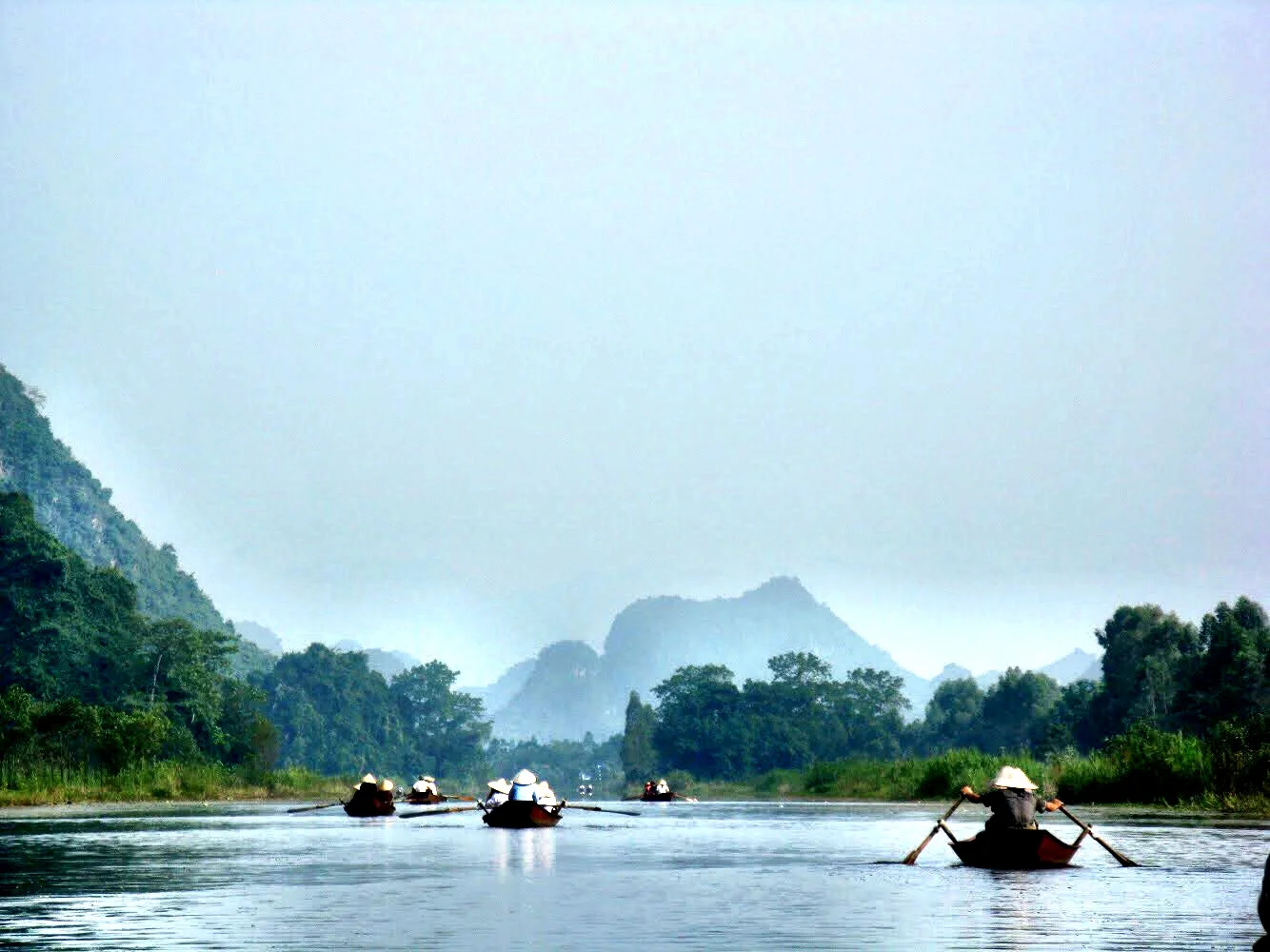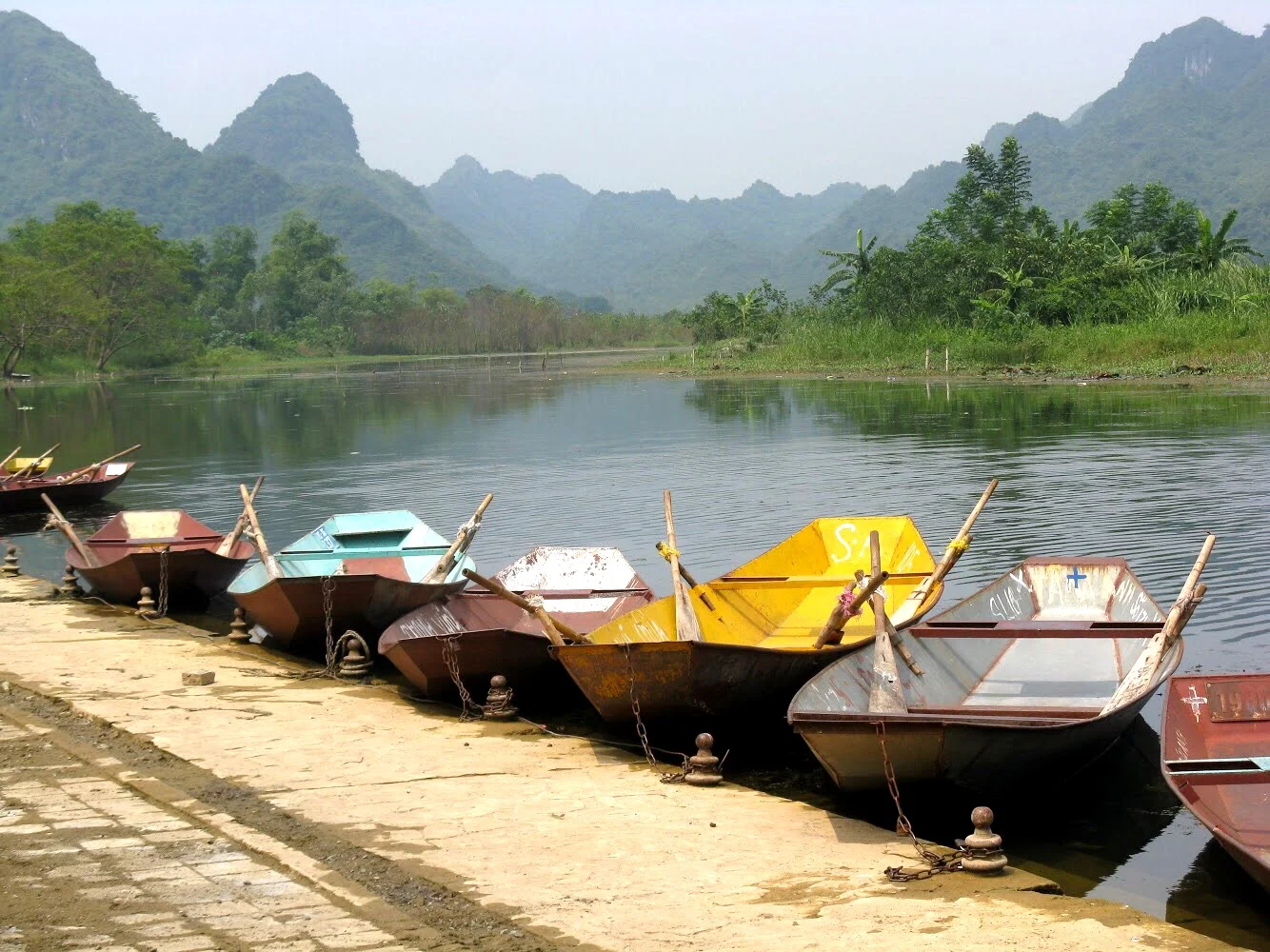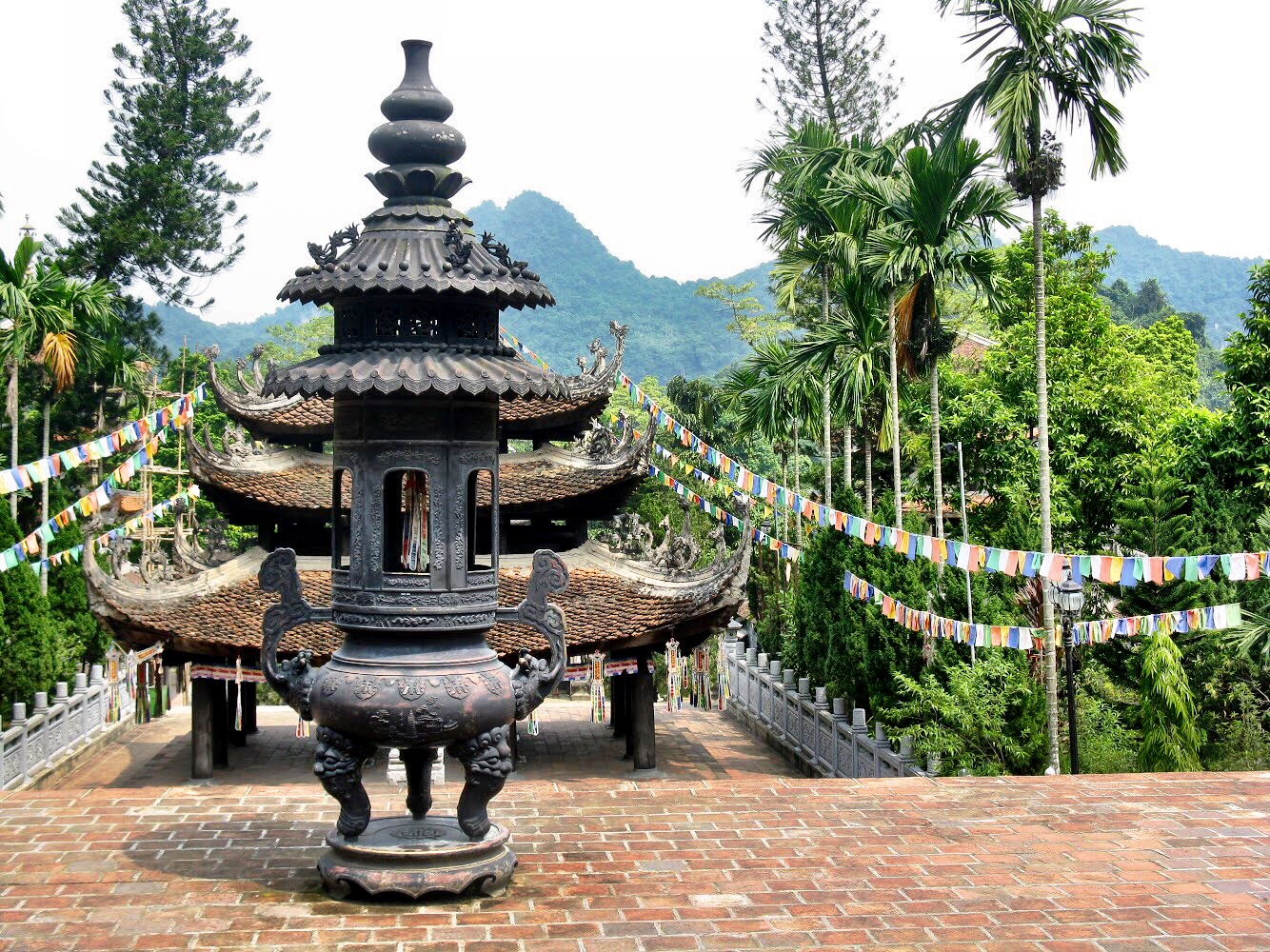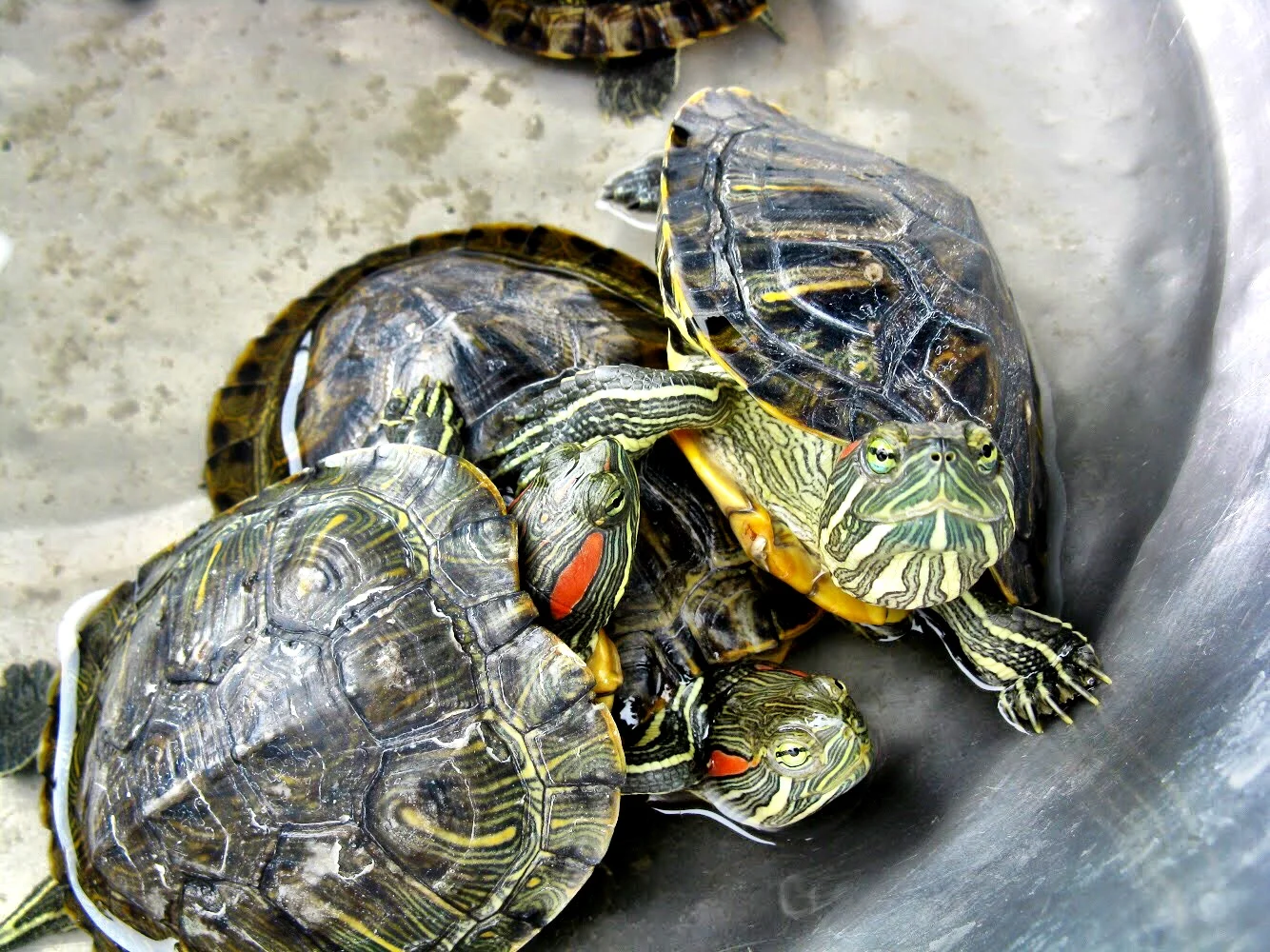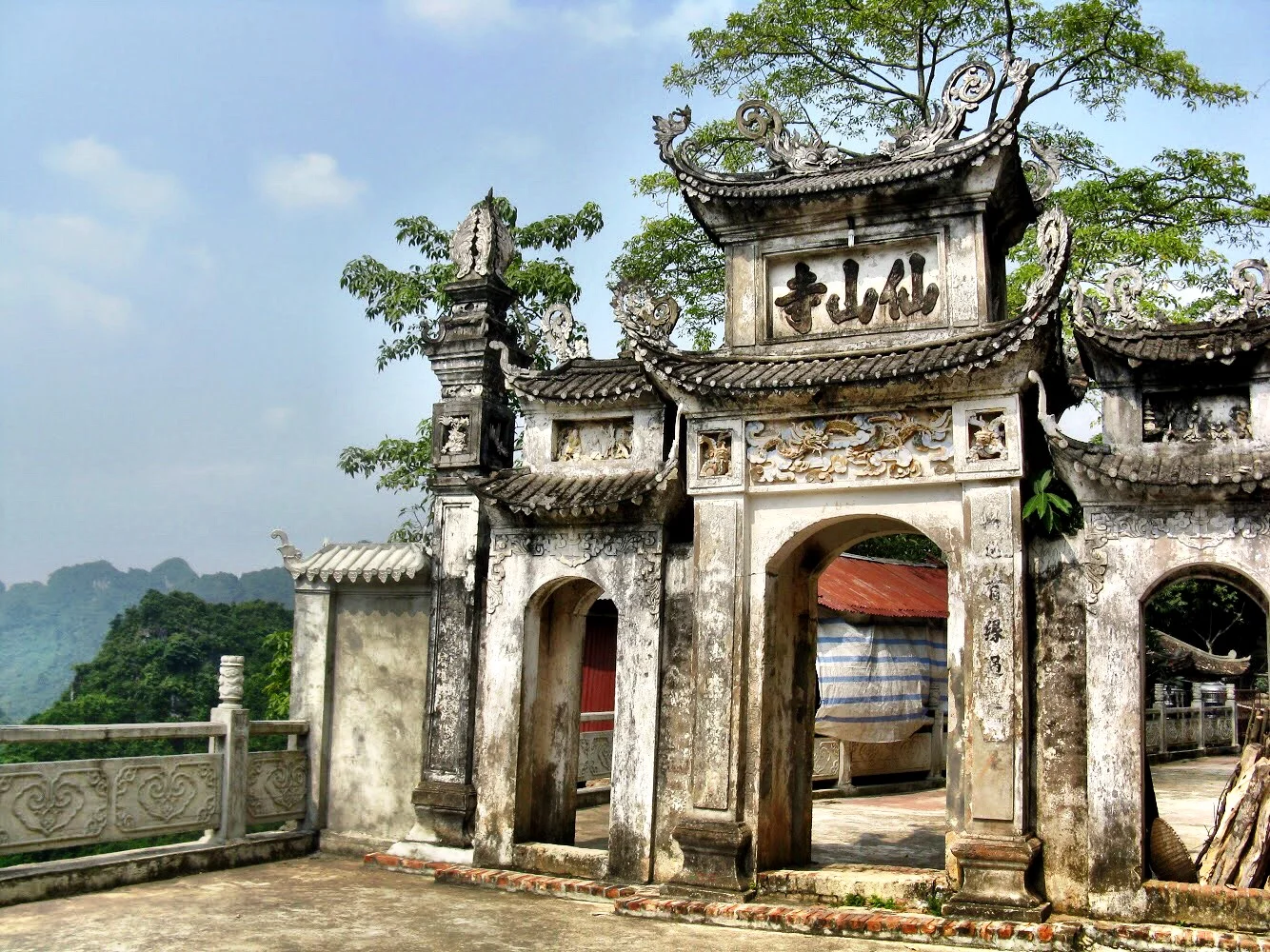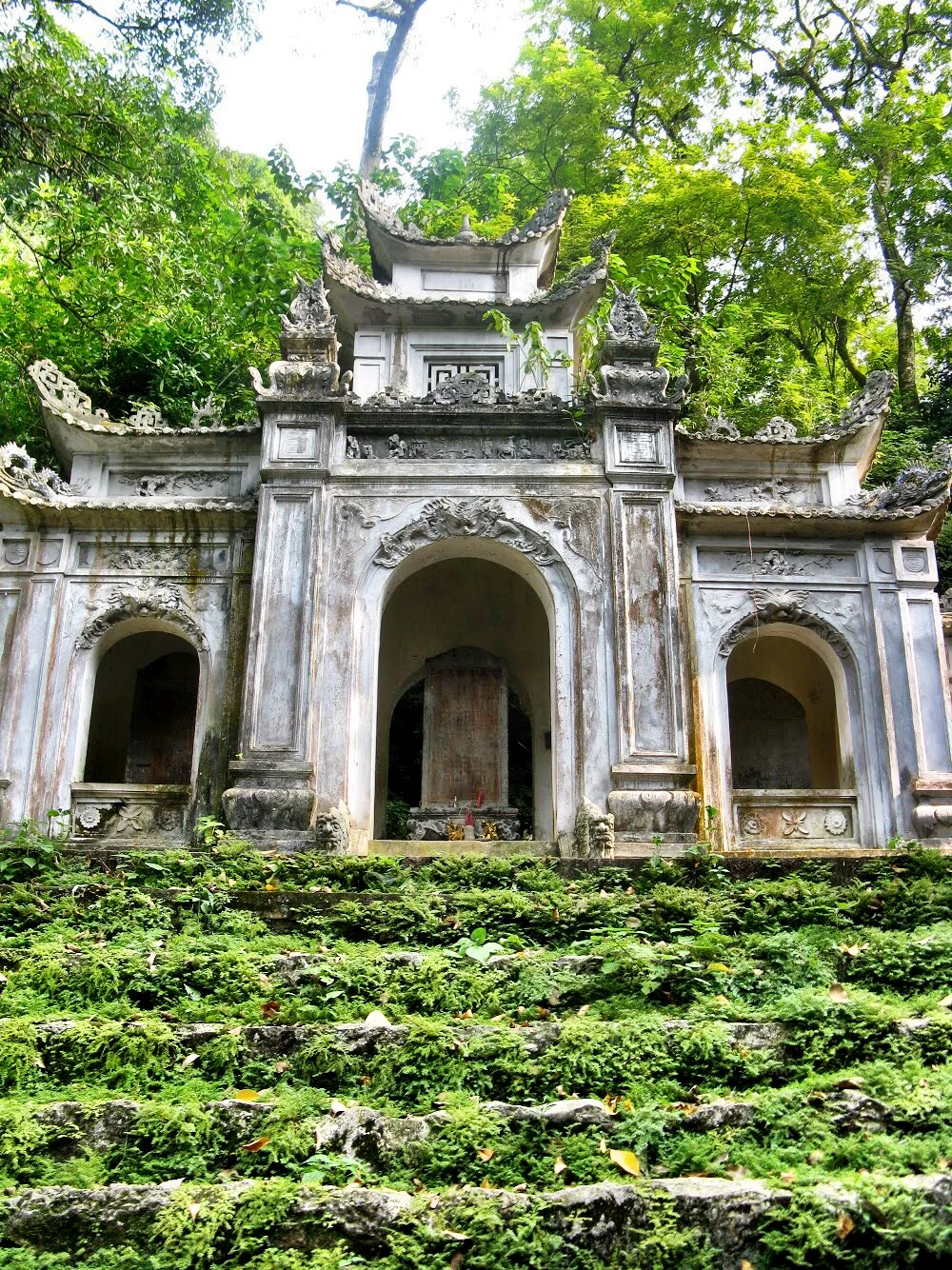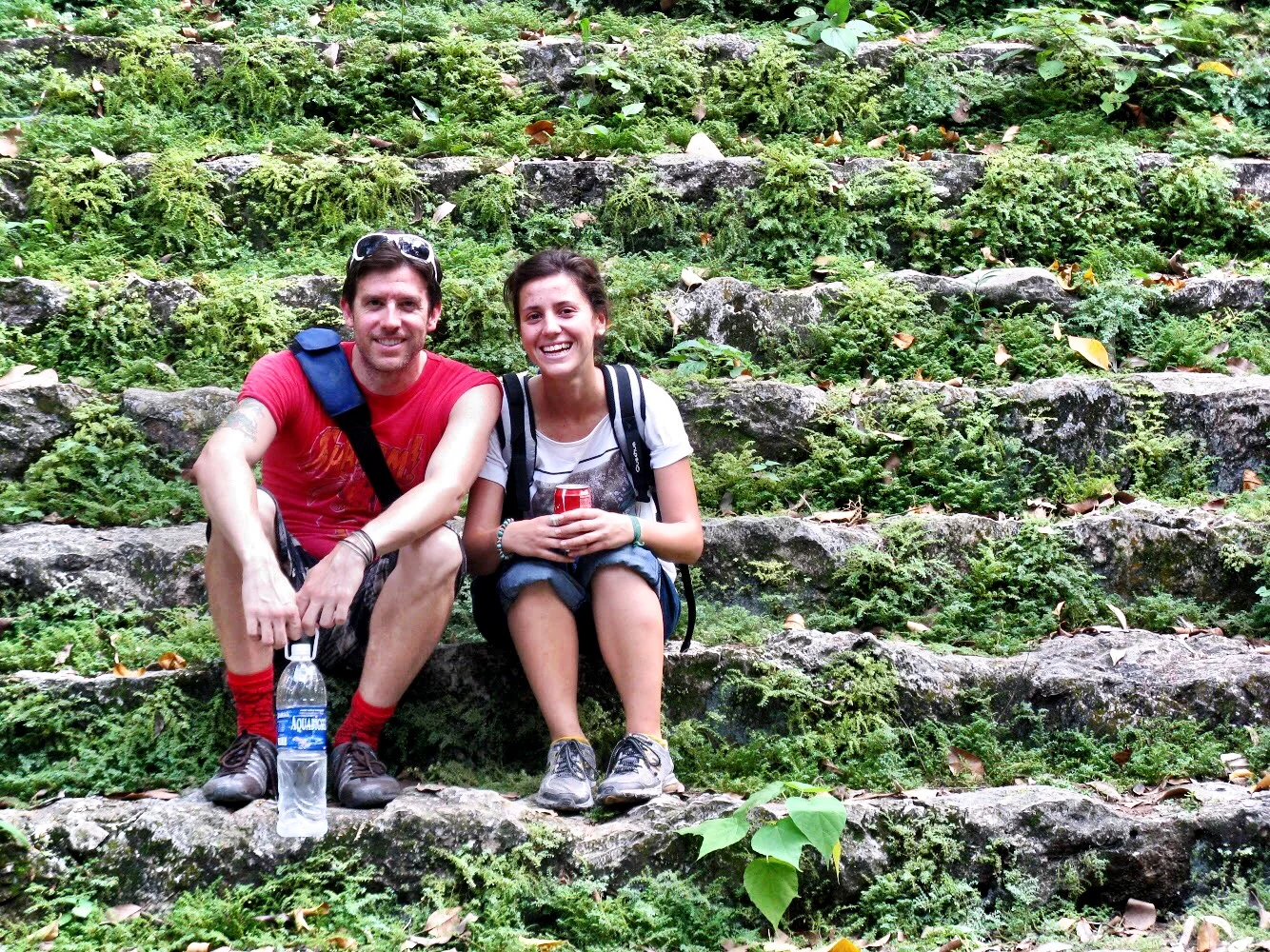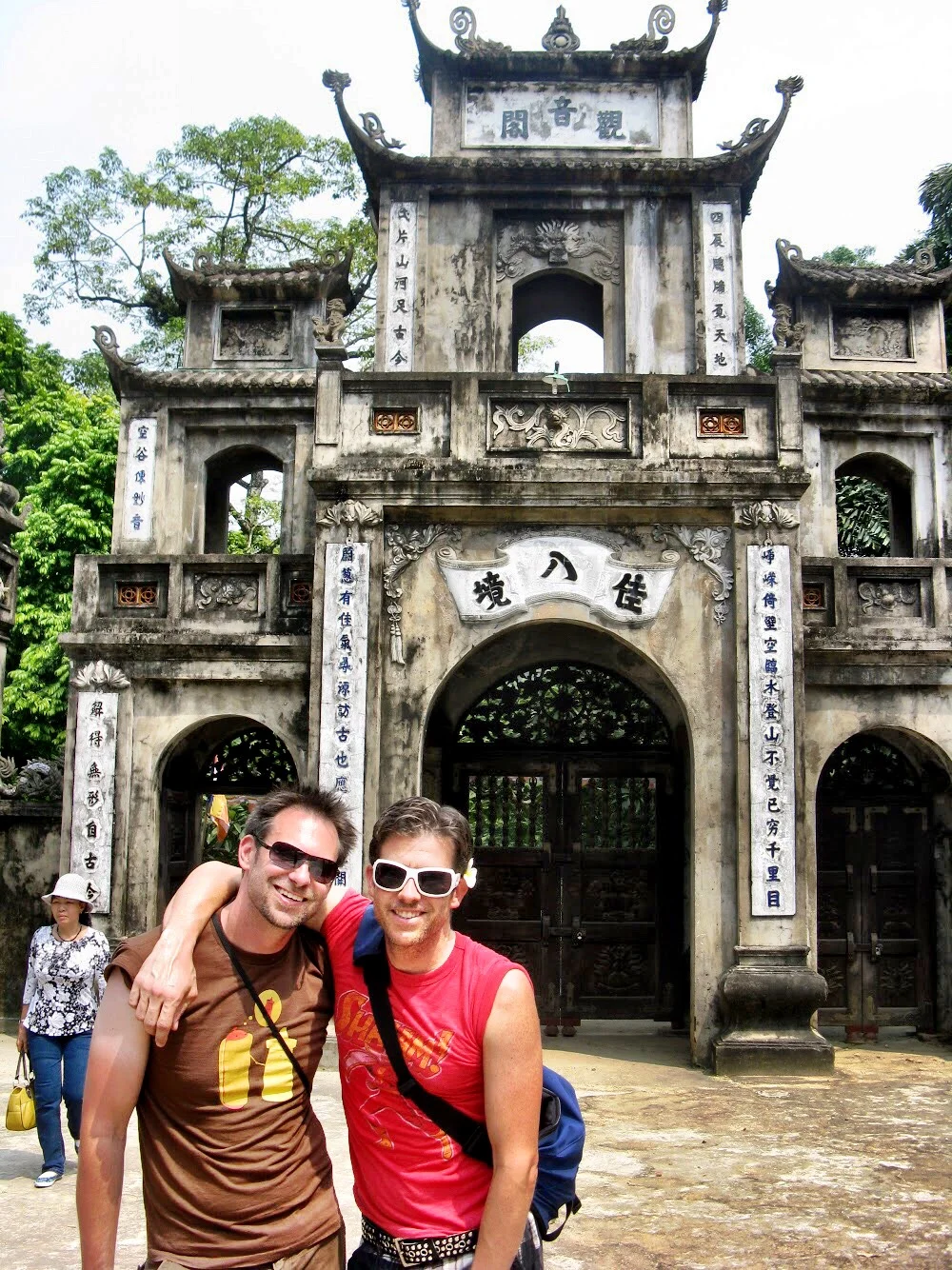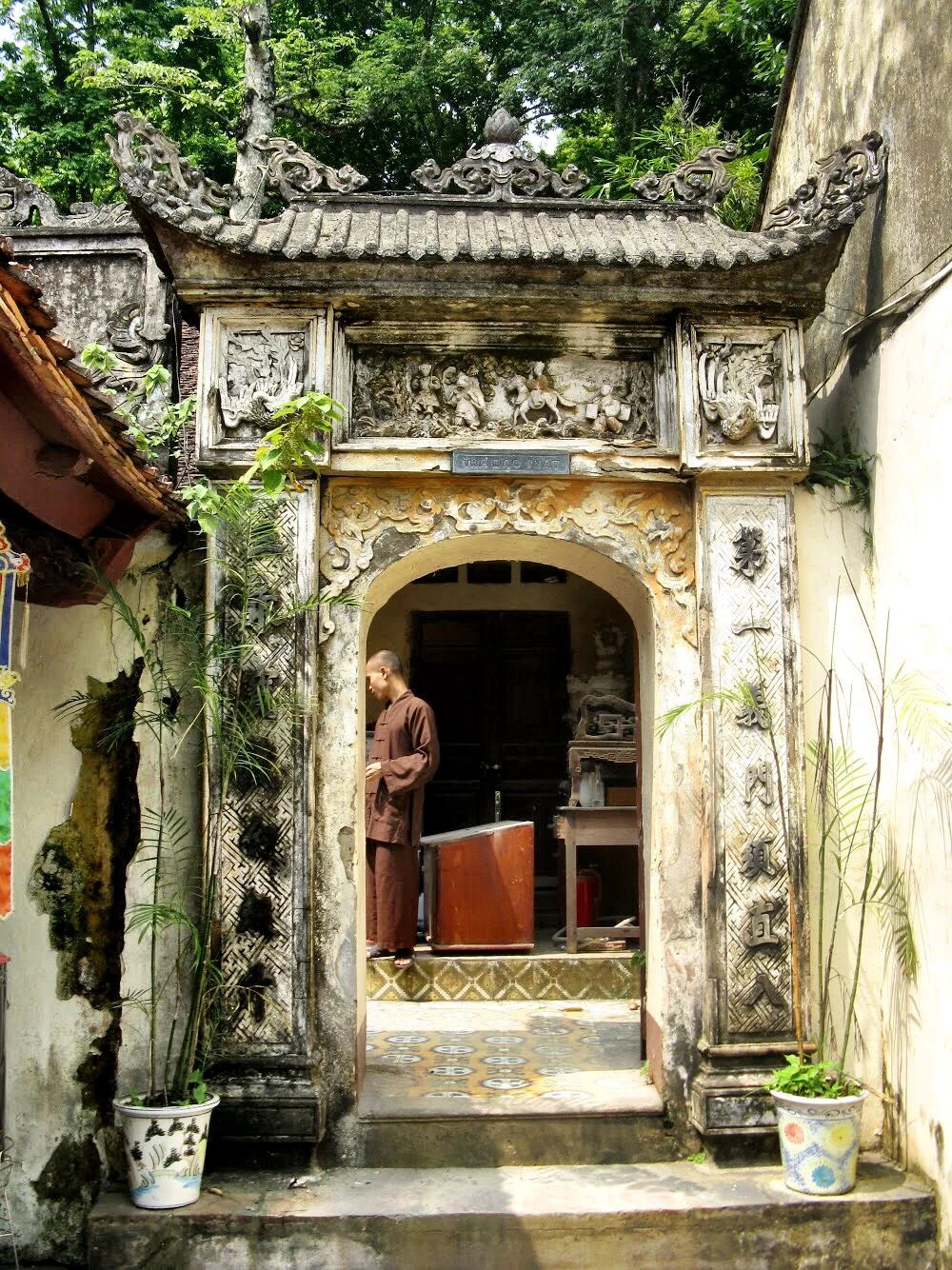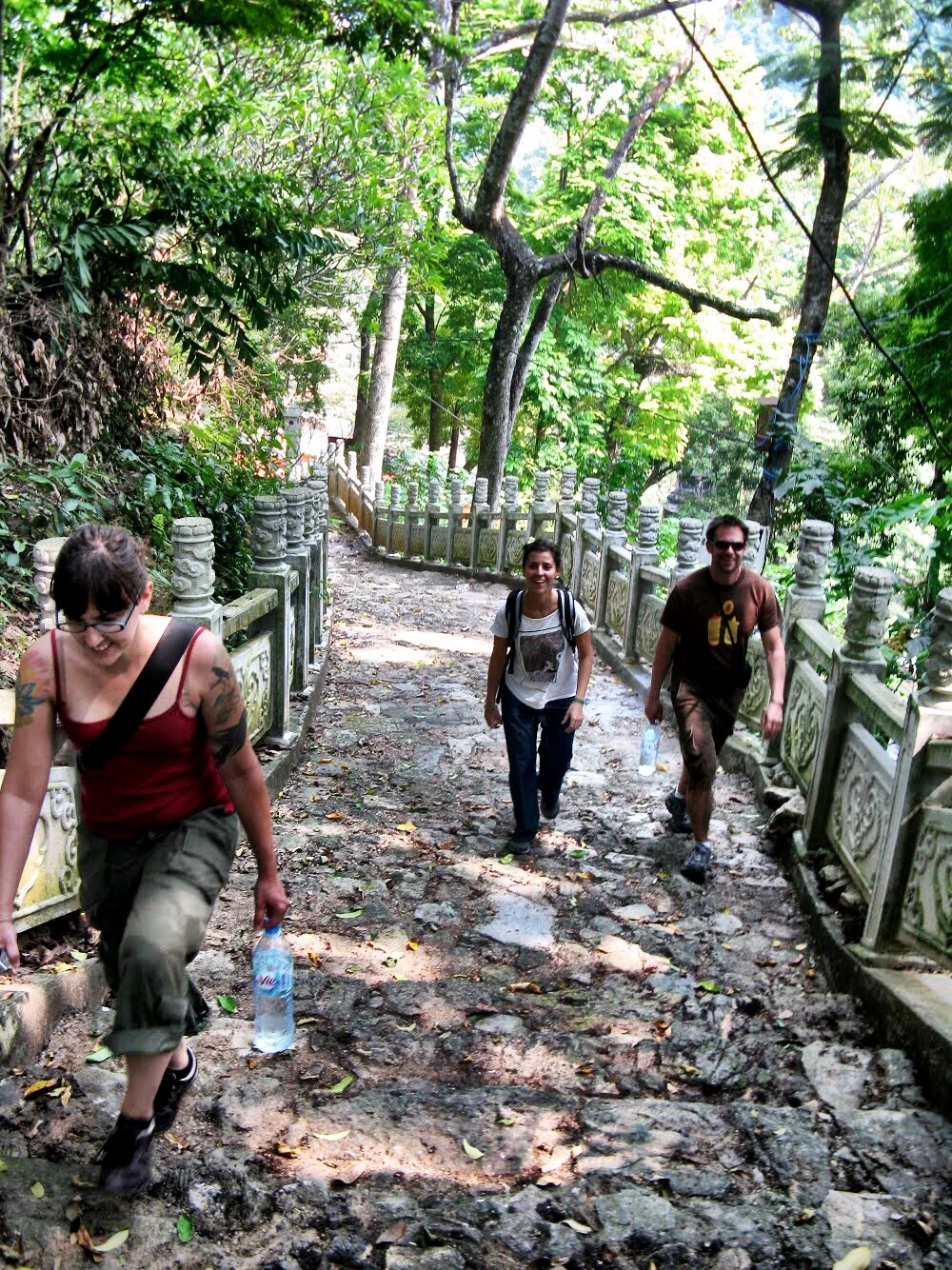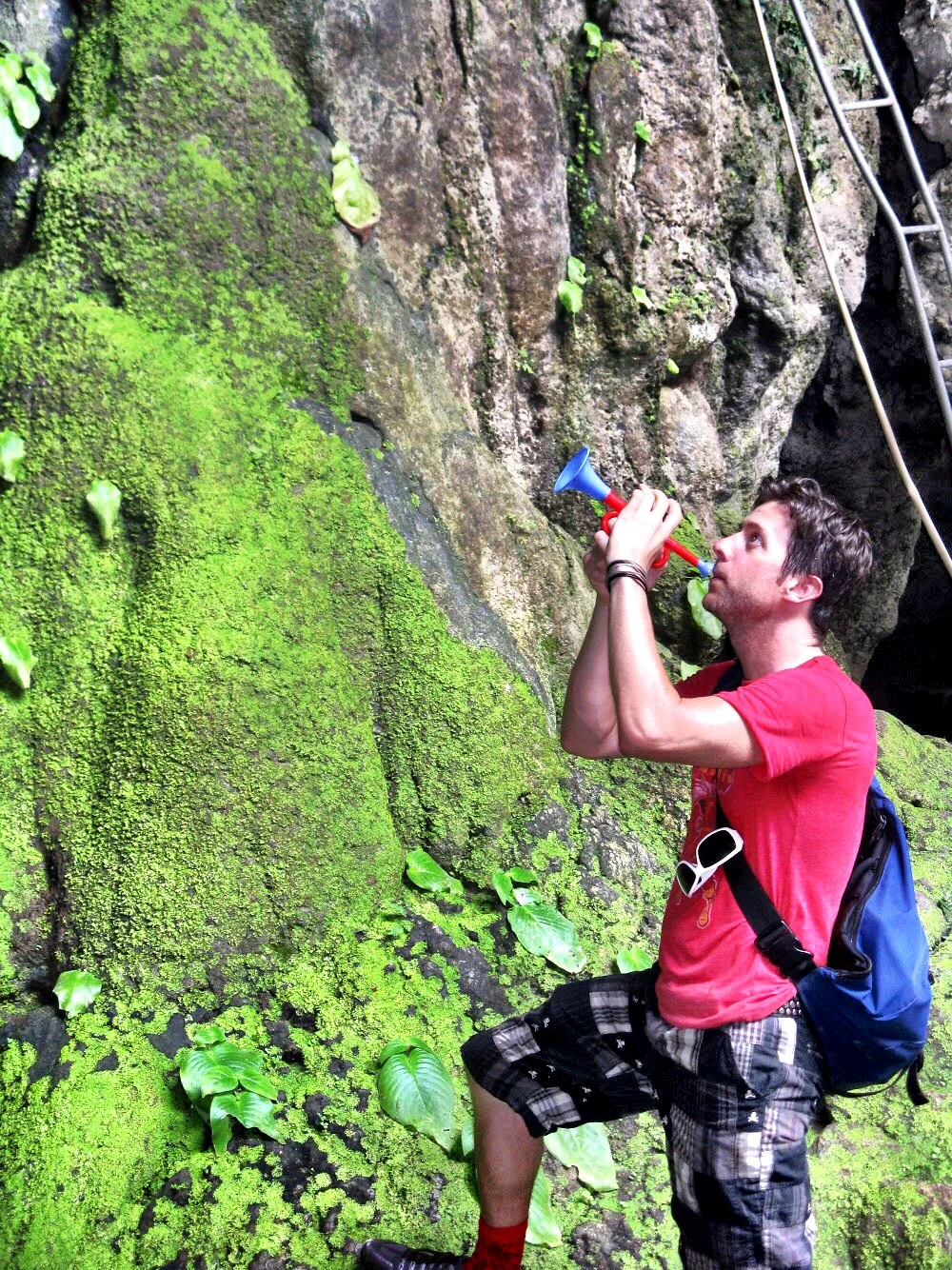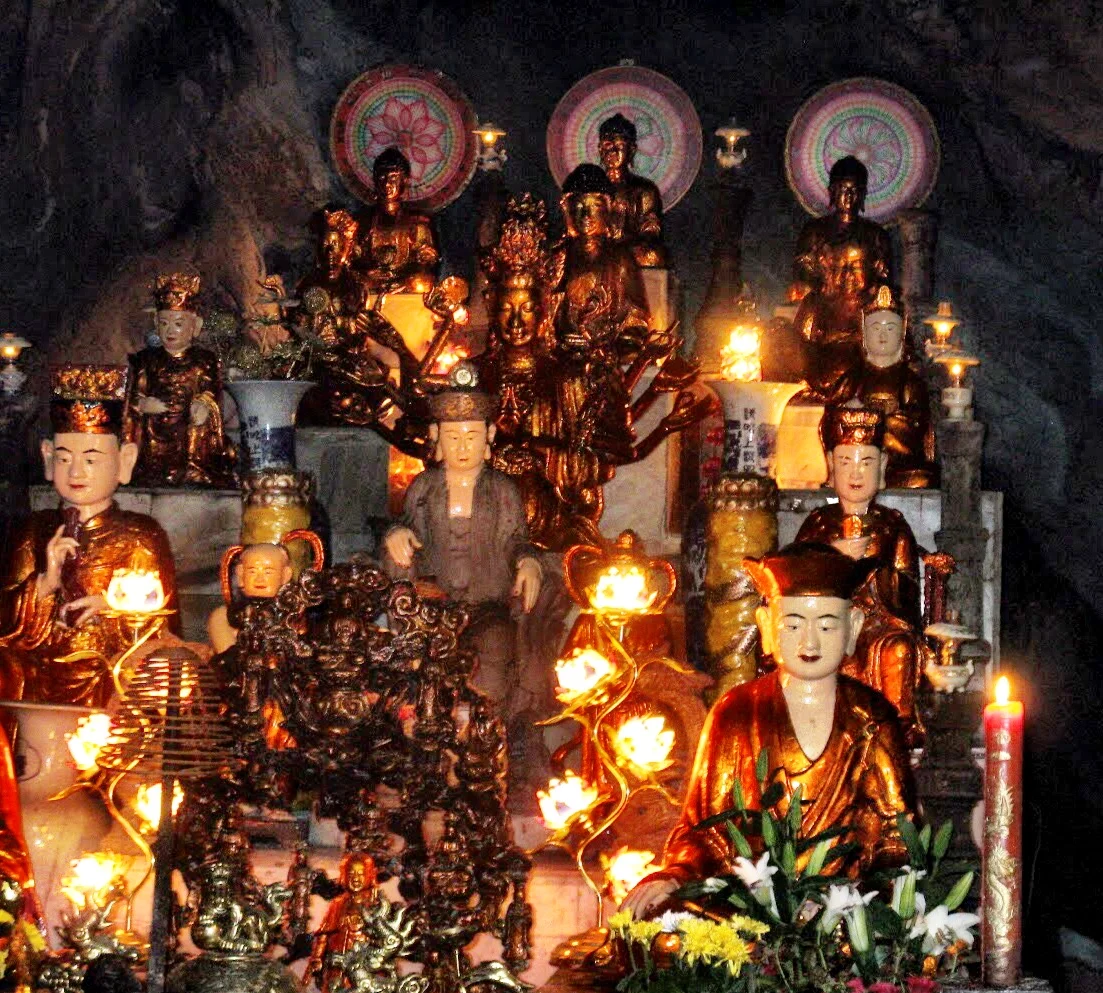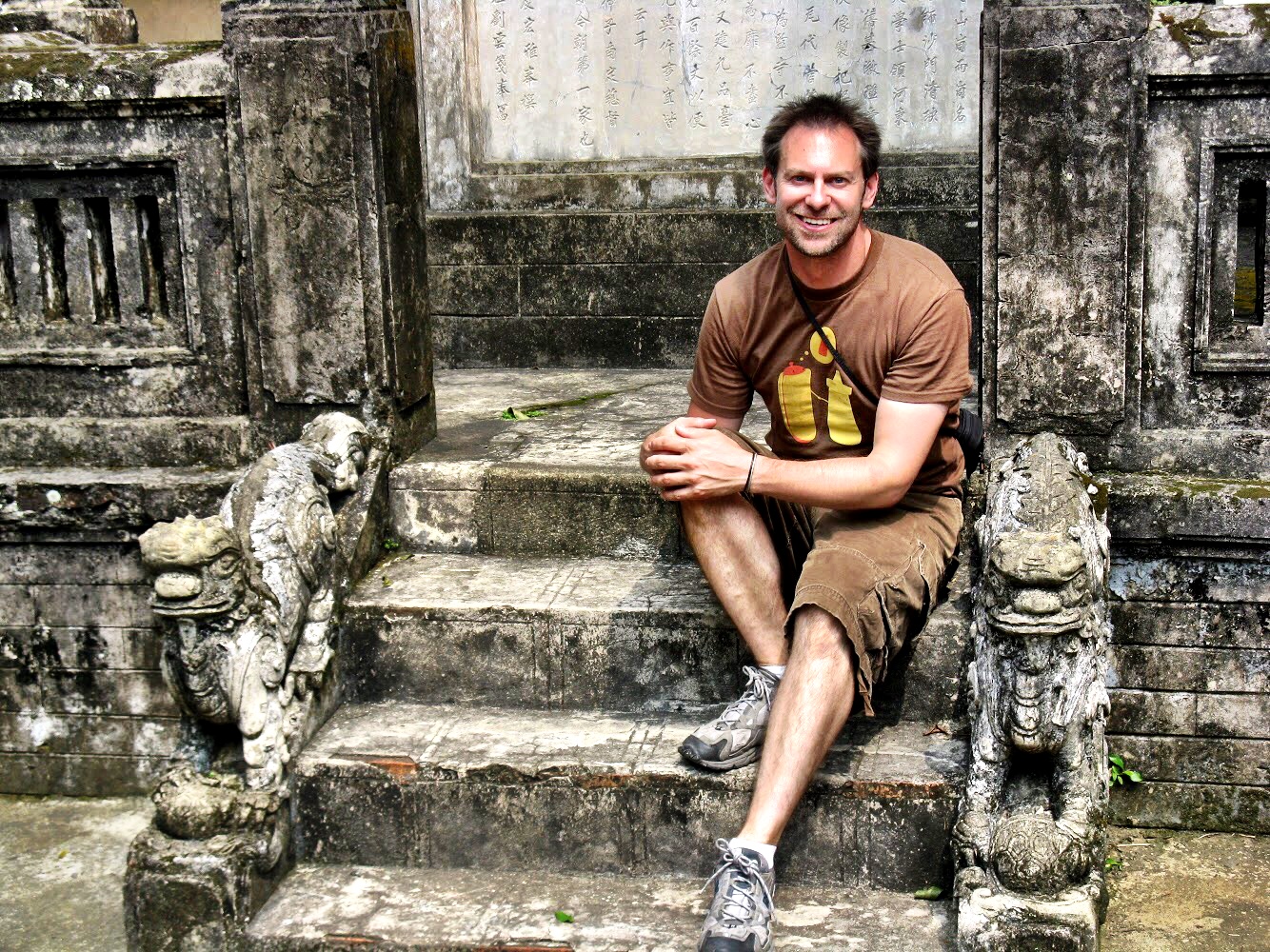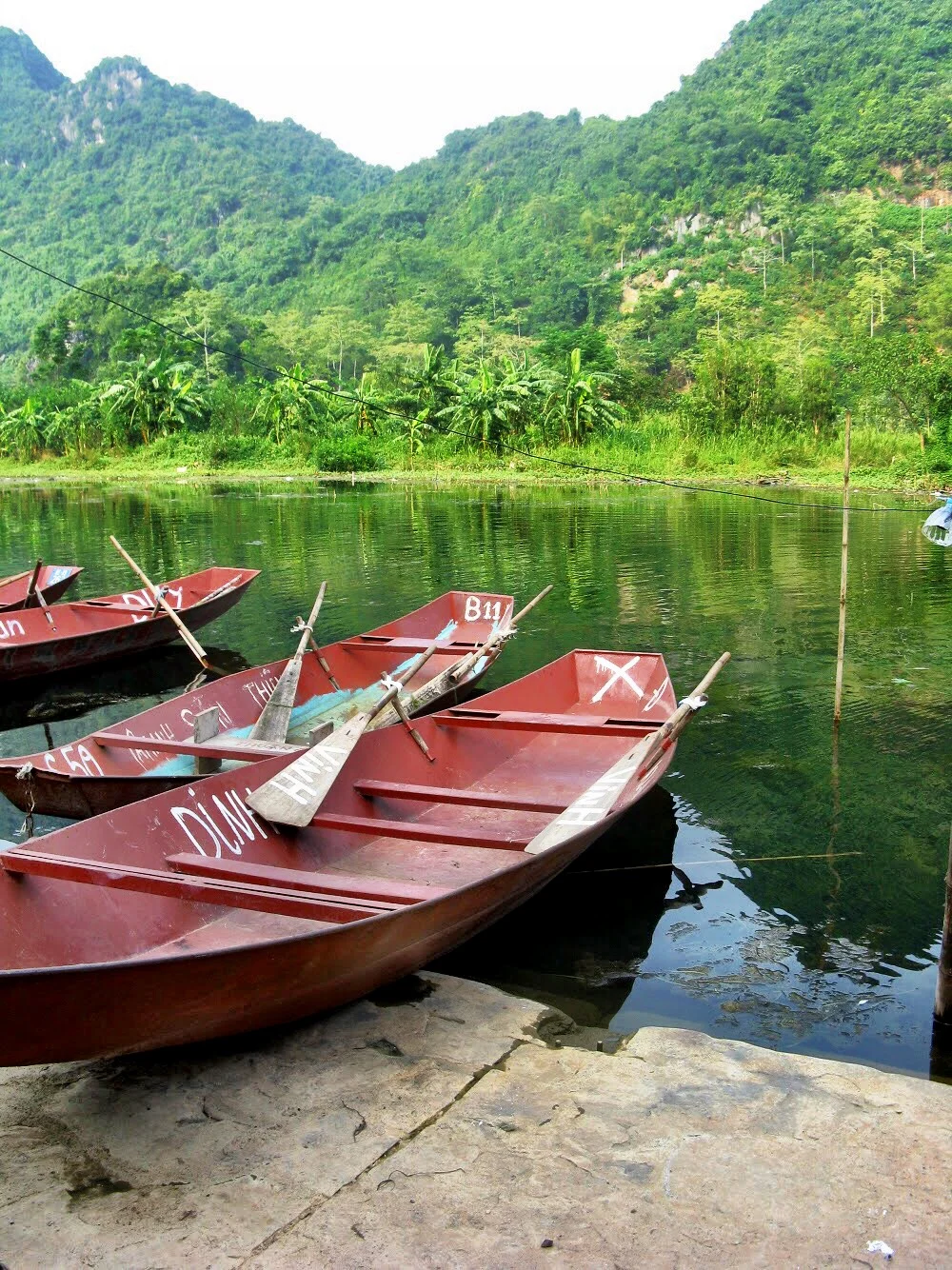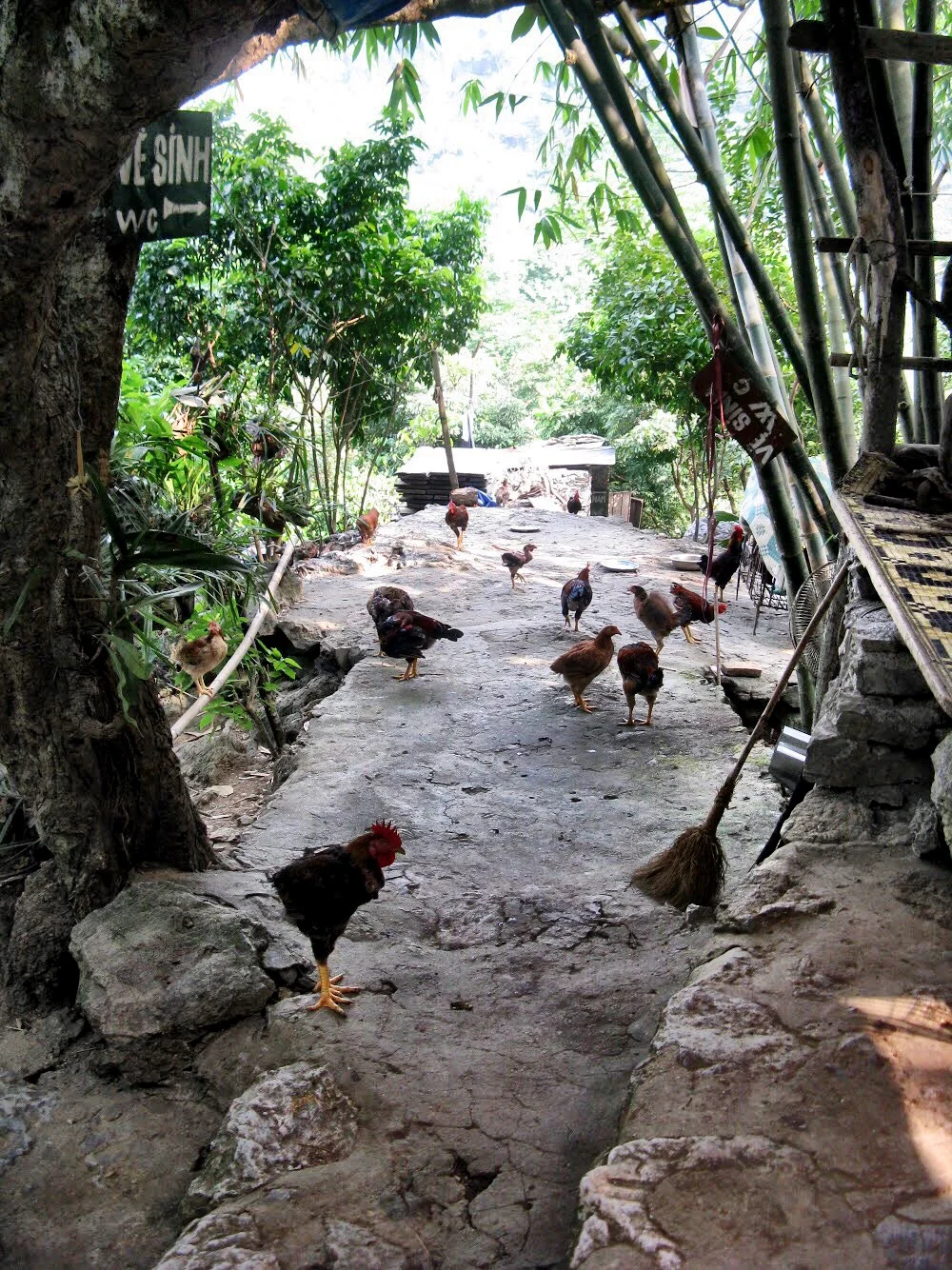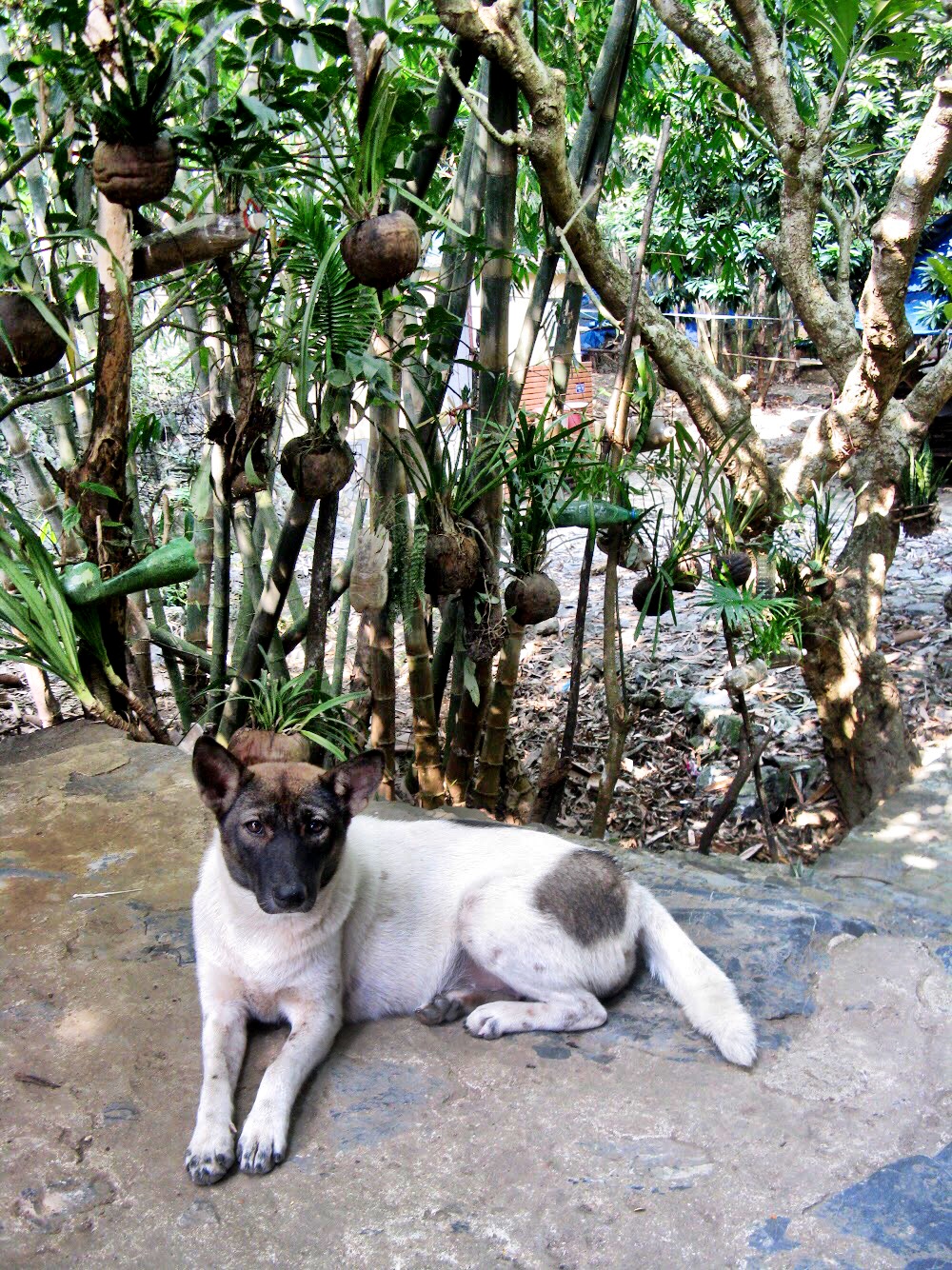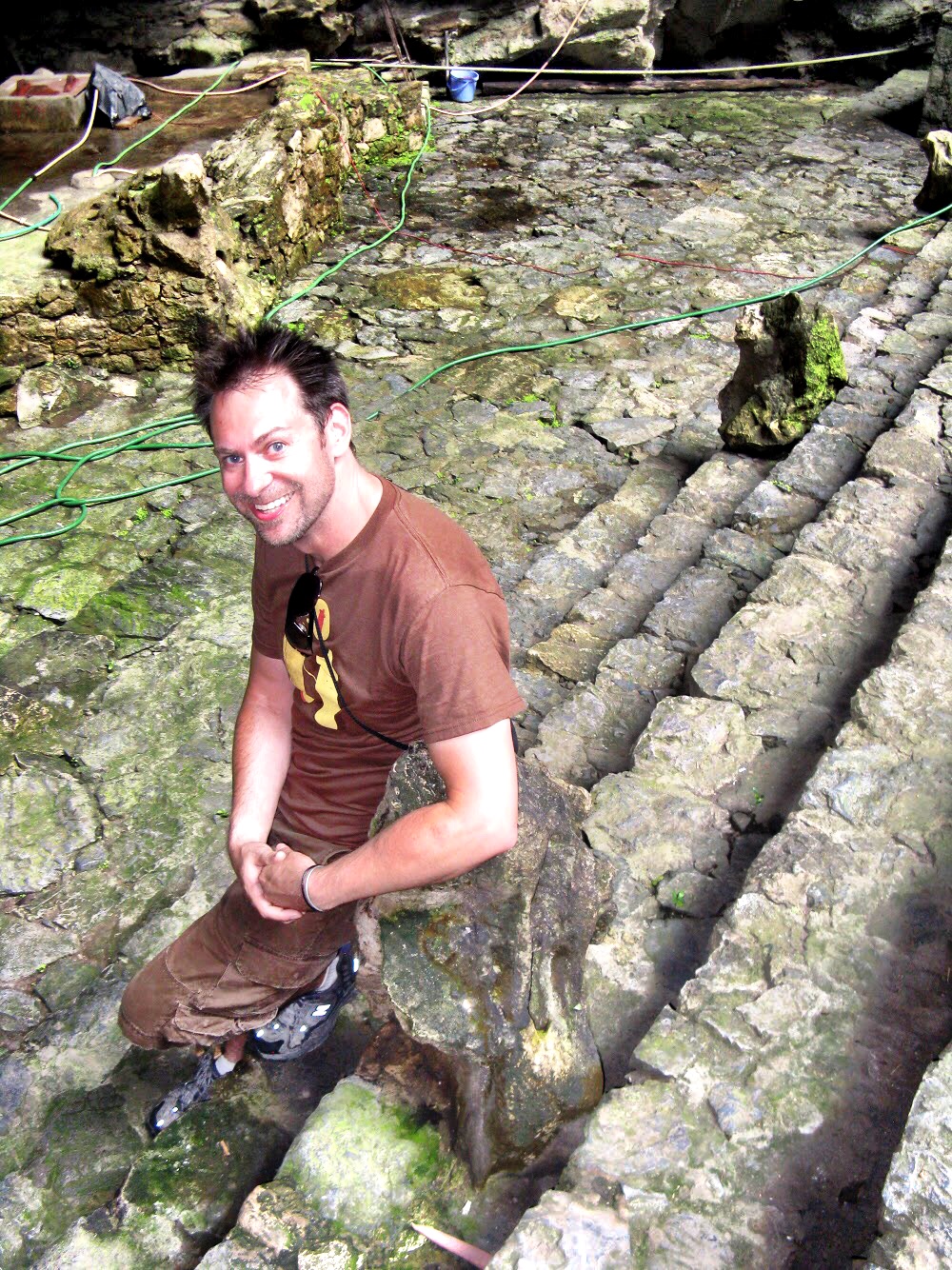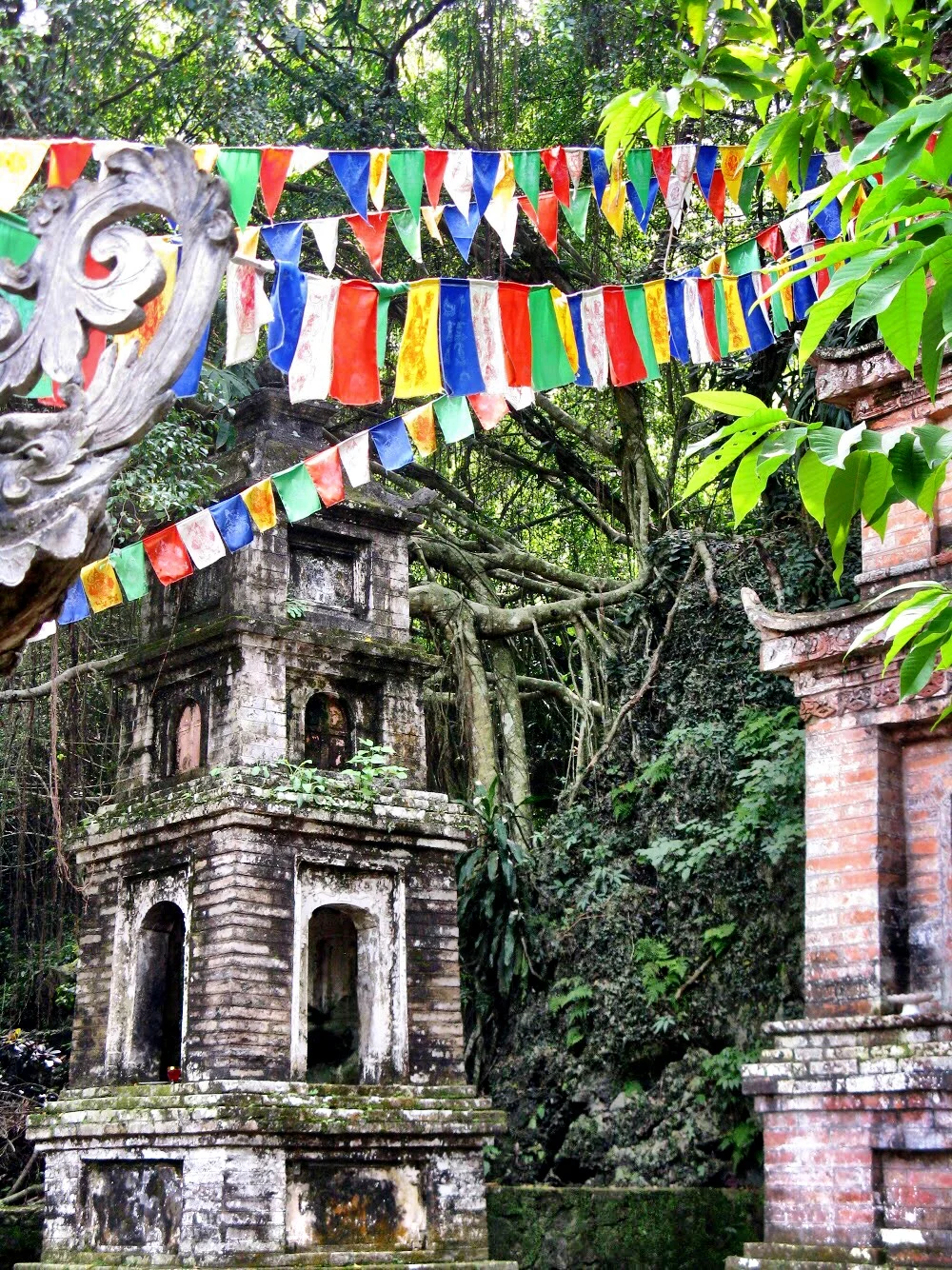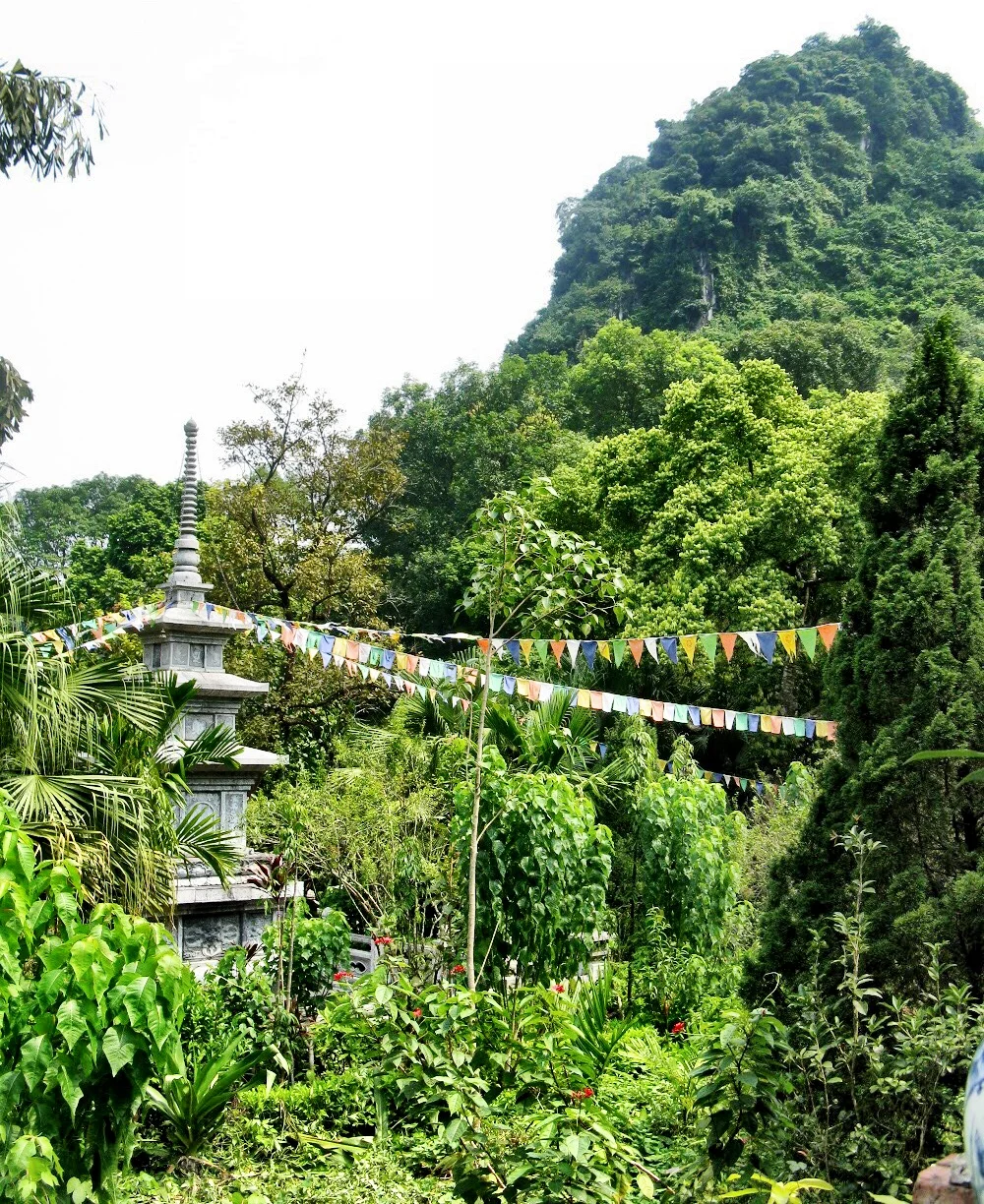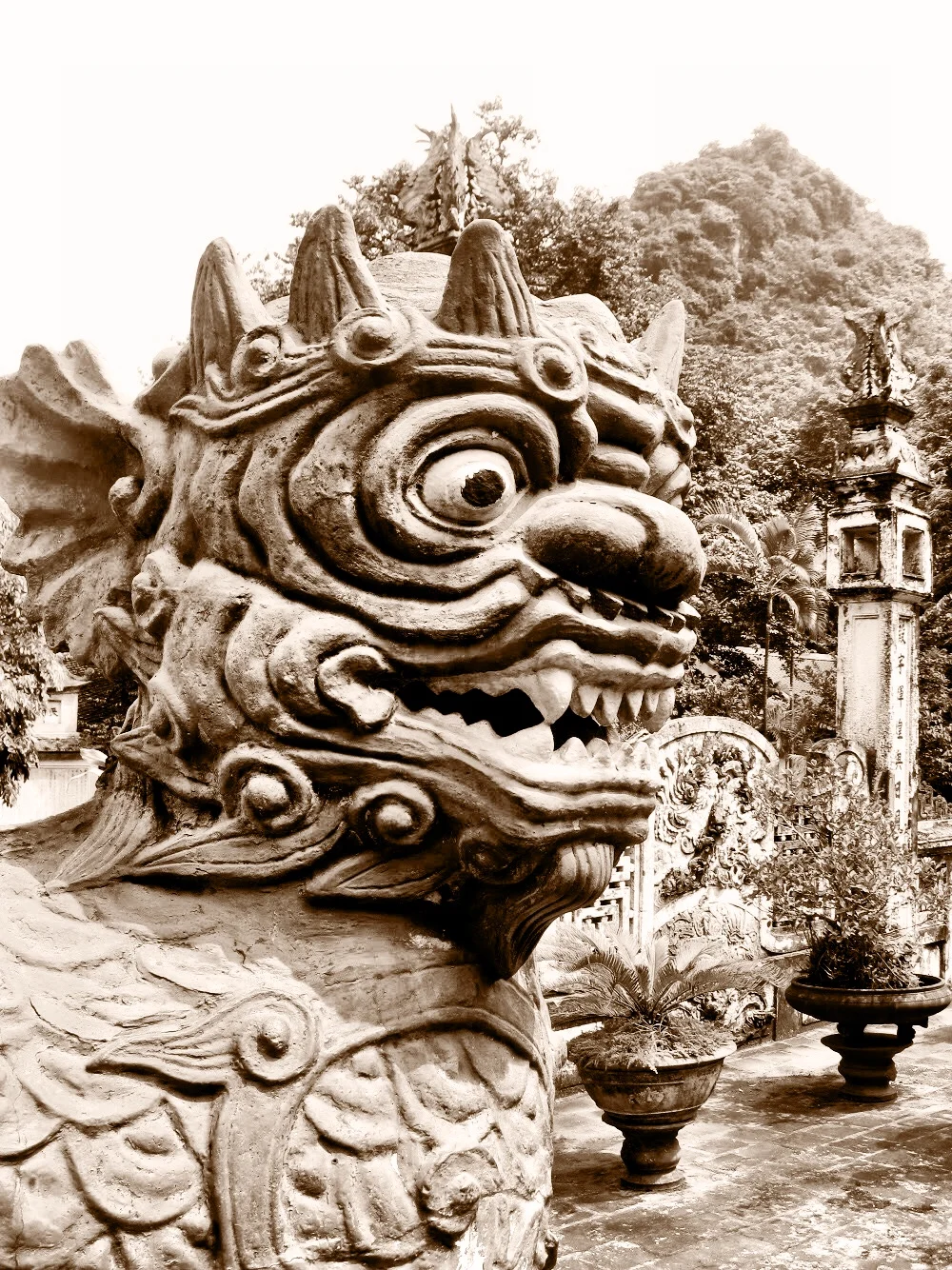Explore Vietnam’s stunning landscapes and vibrant culture with the freedom of a motorbike tour along iconic routes like Ho Chi Minh Road and Ha Giang Loop.
Imagine the wind rushing through your hair as your motorbike weaves through lush rice paddies, the scent of fresh rain hanging in the air. You hear the distant hum of life in the countryside — children laughing, roosters crowing, water buffalo lazily grazing in the fields.
As you round a bend, the scenery transforms into towering limestone cliffs draped in mist, with a sparkling river winding its way through the valley below. There’s a sense of freedom you’ve never experienced before, a feeling that only Vietnam, with its mix of untamed beauty and vibrant culture, can offer. This is more than just a tour; it’s a journey that connects you with the land, the people and the raw essence of adventure.
“Motorbiking through Vietnam offers a sense of freedom you’ve never experienced before, a feeling that only this country, with its mix of untamed beauty and vibrant culture, can offer. ”
Let’s be real — nothing beats tearing through a country on two wheels, and Vietnam? It’s a motorbiker’s dream. Ditch the cramped buses and cookie-cutter itineraries. Out here, it’s just you, the open road and views that will make you forget to blink. Whether you’re gunning for adrenaline or craving a quiet moment with nature, Vietnam motorbike tours are the ultimate way to soak it all in. The road becomes your playground, and suddenly, the journey itself is the whole point.
The Freedom of a Motorbike Tour
Motorbike tours give you something that other travel options just can’t: freedom. There’s no better way to explore Vietnam than setting your own pace, deciding where to stop and changing your route on a whim. Feeling hungry? Pull over at a street food stall and grab a steaming bowl of pho. Need a break? Find a scenic spot by a river and just take it all in. The beauty of motorbike tours is the flexibility to experience Vietnam exactly how you want to.
Beyond the logistics, there’s a connection to your surroundings that’s impossible to achieve in a car or bus. You’re not watching the world pass by through a window — you’re in it. The scent of fresh rain, the sound of the wind and the sight of rice paddies stretching out for miles — it’s all right there, pulling you deeper into the adventure. From the towering mountains to the coastal roads that hug the sea, each twist and turn of the road reveals something new, and you get to experience it firsthand.
Let’s not forget the thrill. Vietnam’s roads offer a mix of smooth highways and rugged dirt tracks, making each ride a mini adventure. It’s not always easy — there are challenges like winding mountain paths and unpredictable traffic — but that’s part of what makes it so exciting. You’re in control, and every ride feels like a victory.
Popular Routes for Vietnam Motorbike Tours
If you’re planning a motorbike tour in Vietnam, there are a few iconic routes you won’t want to miss. Each one offers its own unique charm, taking you through some of the country’s most breathtaking landscapes and cultural hotspots.
The Ho Chi Minh Road is a favorite among riders. Stretching from north to south, this road runs parallel to the coast and takes you deep into Vietnam’s countryside. Along the way, you’ll pass through dense forests, quiet villages and historic sites, making it a great way to get a feel for the real Vietnam. For history buffs, this route holds special significance as it follows the path used during the Vietnam War.
Another must-ride route is the Hai Van Pass — often called one of the most beautiful coastal roads in the world. With hairpin turns and panoramic views of the coastline, this route is both thrilling and stunning. It connects the cities of Hue and Da Nang, offering a perfect blend of natural beauty and local culture.
And then there’s the Ha Giang Loop, a route that takes you to the remote northern mountains of Vietnam. This area is less touristy and offers some of the most dramatic landscapes you’ll ever see. The towering limestone peaks, deep valleys and traditional hill tribe villages will make you feel like you’ve stepped into another world. If you’re up for an adventure, this is where you’ll find it.
Vietnam by Motorbike: Must-Stops Along the Way
One of the best parts of a motorbike tour is the ability to stop wherever you like. There’s no schedule to follow, and that’s exactly what makes the journey so magical. Vietnam is full of must-see spots, and here are a few you should add to your list.
First up, Phong Nha-Ke Bang National Park. This UNESCO World Heritage site is home to some of the most impressive caves in the world, including the enormous Son Doong Cave. Whether you’re an adventure seeker or just looking to marvel at nature, this stop will leave you speechless.
Next, the charming town of Hoi An is a must-visit. With its lantern-lit streets and ancient architecture, this riverside town feels like stepping back in time. Take a stroll through its narrow streets, grab a banh mi from a street vendor or even get a custom-tailored suit made — Hoi An has something for everyone.
For a more off-the-beaten-path experience, the Dong Van Karst Plateau in Ha Giang offers jaw-dropping views of Vietnam’s northern highlands. You’ll ride through rugged mountains, visit hill tribe villages and soak in views that look like something out of a painting. It’s remote, raw and absolutely unforgettable.
Top Tips for Planning Your Vietnam Motorbike Adventure
Ready to hit the road? Before you rev up your engine, here are a few tips to help make your motorbike tour of Vietnam as smooth as possible.
Choose the right bike.
Not all motorbikes can handle Vietnamese trails, and choosing the right one is key to a smooth ride. For beginners or casual riders, a scooter is easier to handle, especially in Vietnam’s busy cities. If you’re more experienced and want to go off-road, a reliable manual bike offers better control, particularly on rugged terrain. Whichever you choose, always test the bike before hitting the road.
Get your paperwork in order.
Riding a motorbike in Vietnam requires more than just the desire for thrills — you’ll need the proper paperwork. Make sure to carry an international driving permit (IDP), along with your home country’s driving license.
In addition, make sure you have the necessary insurance coverage in case of accidents or damage. Some rental companies offer temporary insurance, but it’s always good to double-check.
Pack smart.
When you’re riding for long hours, packing light is essential. Opt for a small backpack that fits comfortably on your bike, and focus on essentials: a raincoat, layers for cooler mountain temperatures, a good pair of gloves, sunscreen and plenty of water. Always have a map or GPS handy, even if you’re relying on your phone, as rural areas can have spotty service. Remember to bring a first aid kit for minor injuries or bike repairs.
Plan your route — but stay flexible.
Having a general idea of where you want to go is smart, especially for long-distance tours. However, part of the fun of motorbike travel is being spontaneous. Don’t be afraid to veer off course and explore hidden gems. Vietnam is full of surprises — whether it’s a stunning viewpoint, a local festival or a charming village, sometimes the best moments come when you least expect them.
Respect the weather.
Vietnam’s weather can be unpredictable, especially during the rainy season. Keep an eye on the forecast and be prepared to change plans if necessary. Riding in heavy rain or foggy mountain passes can be dangerous, so it’s better to wait out bad weather or take a rest day. If you’re heading into the mountains, be aware that temperatures can drop, so pack warmer layers, even if it’s hot in the lowlands.
Stay safe and ride smart.
Riding in Vietnam, especially in cities like Hanoi or Ho Chi Minh, can be chaotic. Take it slow, stay alert and always wear your helmet. Follow local traffic rules and be prepared for unpredictable drivers or sudden obstacles. It’s important to remain calm and patient, particularly in busy areas. In more remote regions, keep an eye out for road conditions that can change suddenly — be it potholes, gravel or livestock crossing the road!
Feel the Thrill of the Open Road
At the heart of a motorbike tour in Vietnam is the sense of freedom. There’s nothing like feeling the wind on your face, the rumble of the engine beneath you, and the endless horizon stretching out ahead. You’re not just seeing the sights — you’re part of them. You can stop whenever something catches your eye, whether it’s a bustling market or a hidden waterfall, and that’s what makes motorbike travel so special.
Riding through Vietnam isn’t just about getting from point A to point B; it’s about the journey itself. Every road has a story to tell, from the quiet countryside to the bustling city streets. It’s the thrill of navigating new terrain, the excitement of discovering a place that few have ventured, and the satisfaction of knowing that you made this journey happen.
So, if you’re looking for an unforgettable way to explore Vietnam, hop on a motorbike and hit the open road. Whether you’re riding through misty mountains or along sun-soaked beaches, you’ll experience Vietnam in a way that will stay with you long after the trip is over. –Amy Fischer
If you’re looking for an adventure, check out Explore Indochina motorbike tours, which are the perfect way to immerse yourself in Vietnam’s history and beautiful nature.


